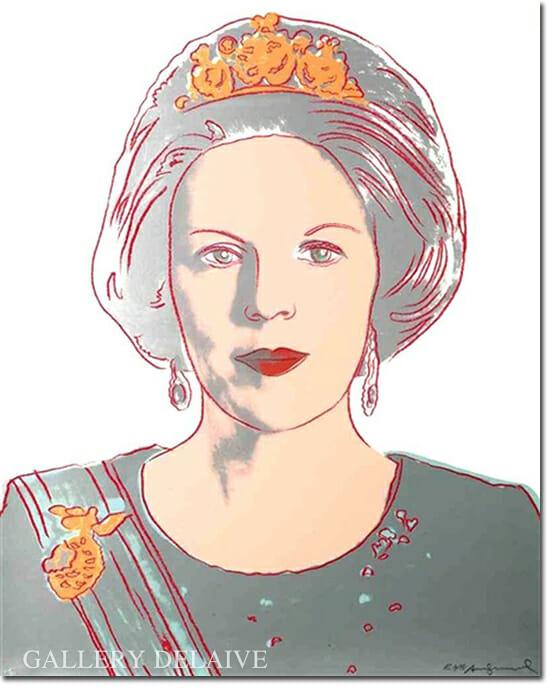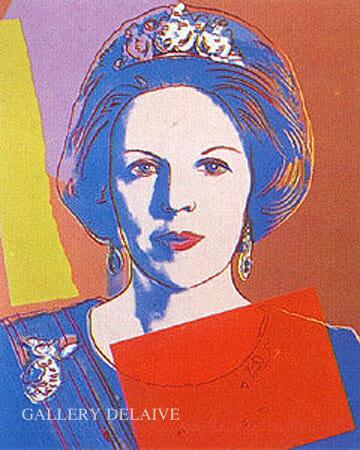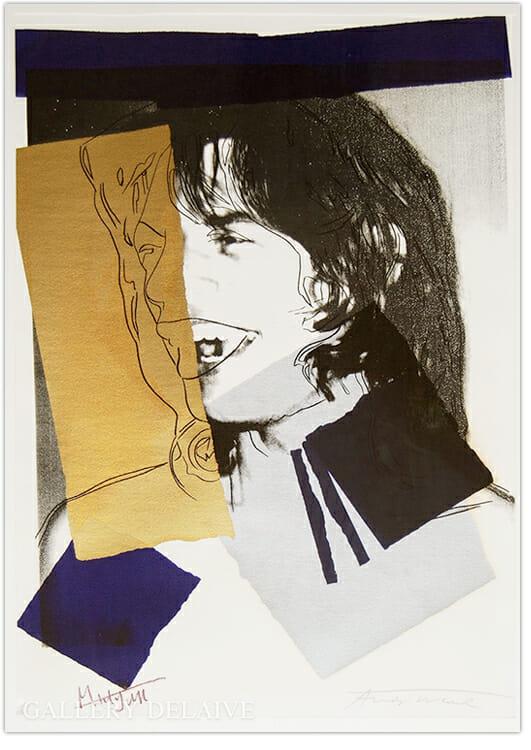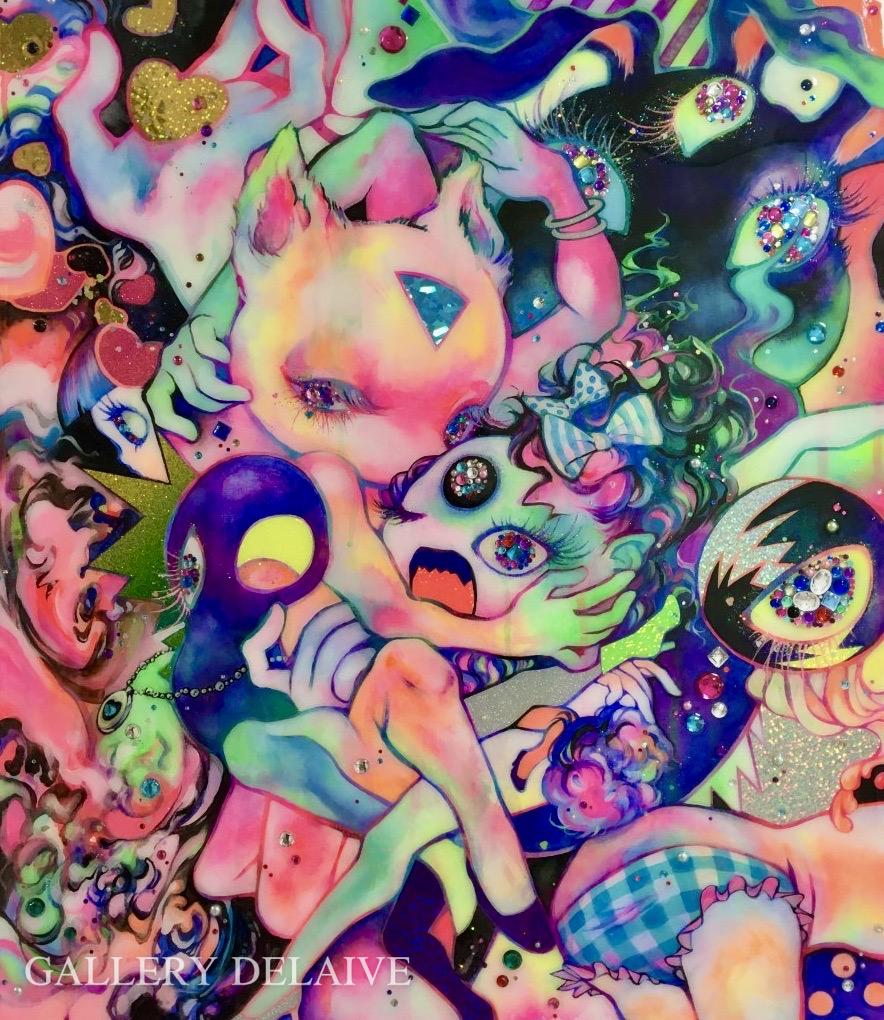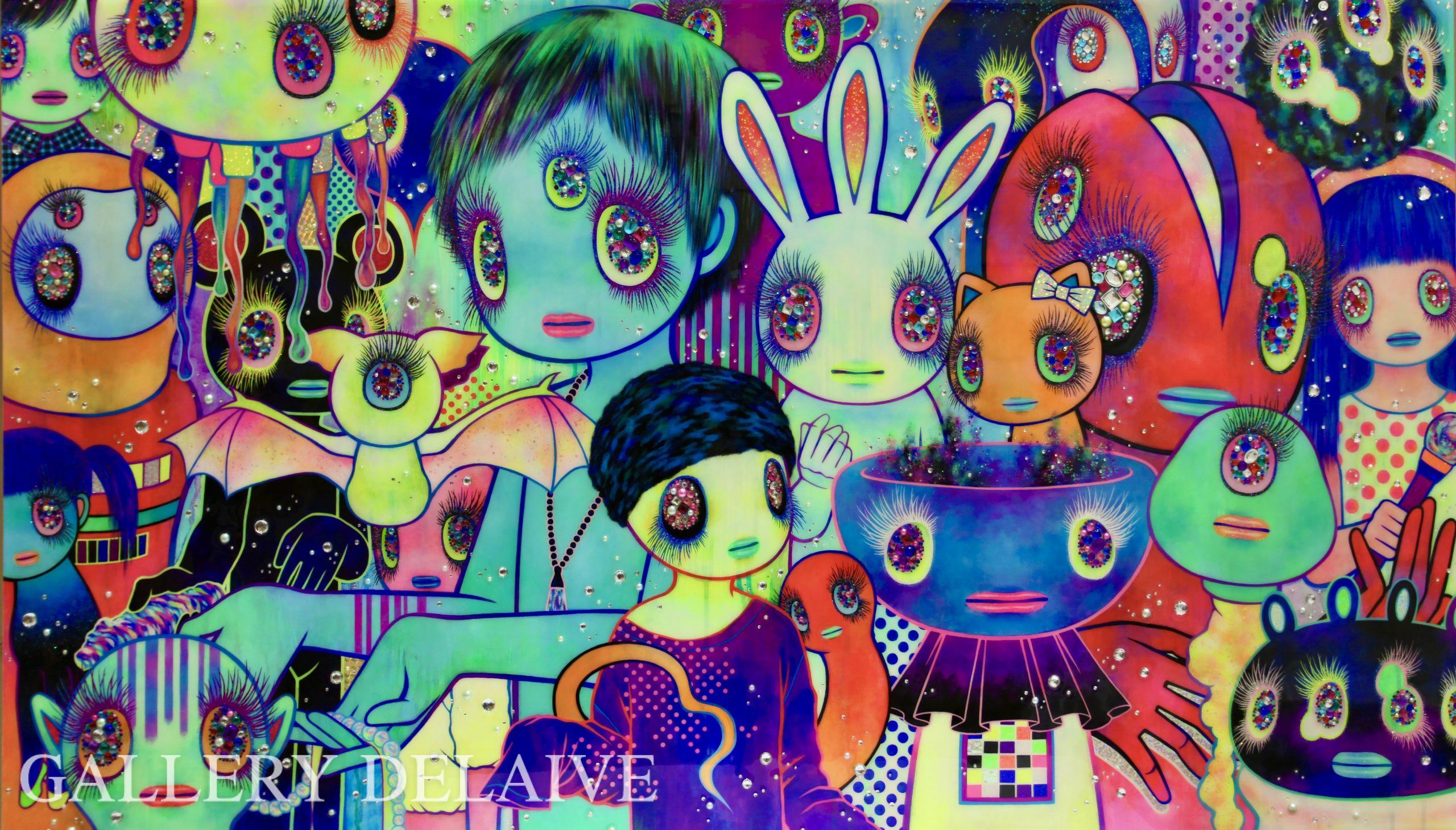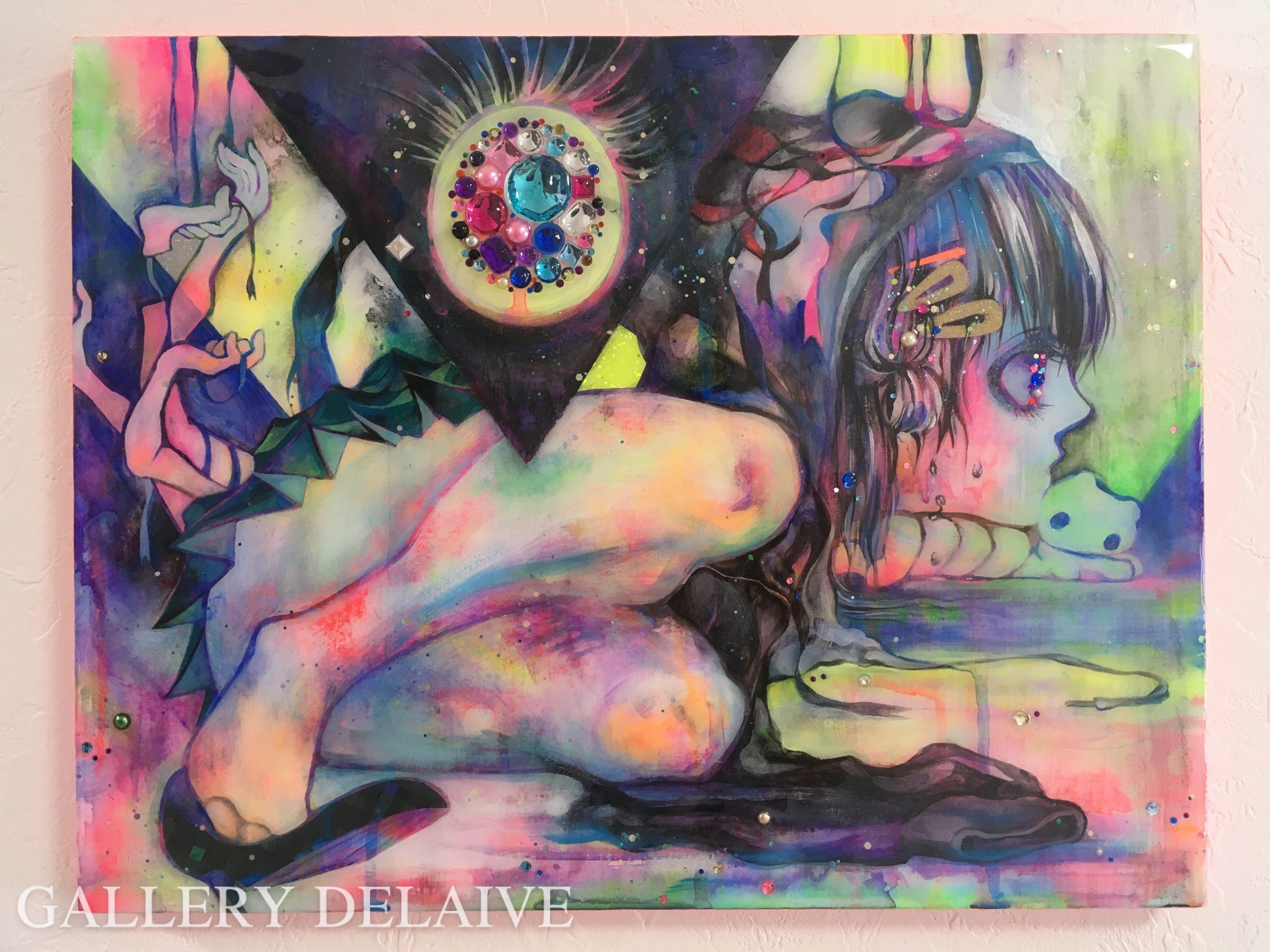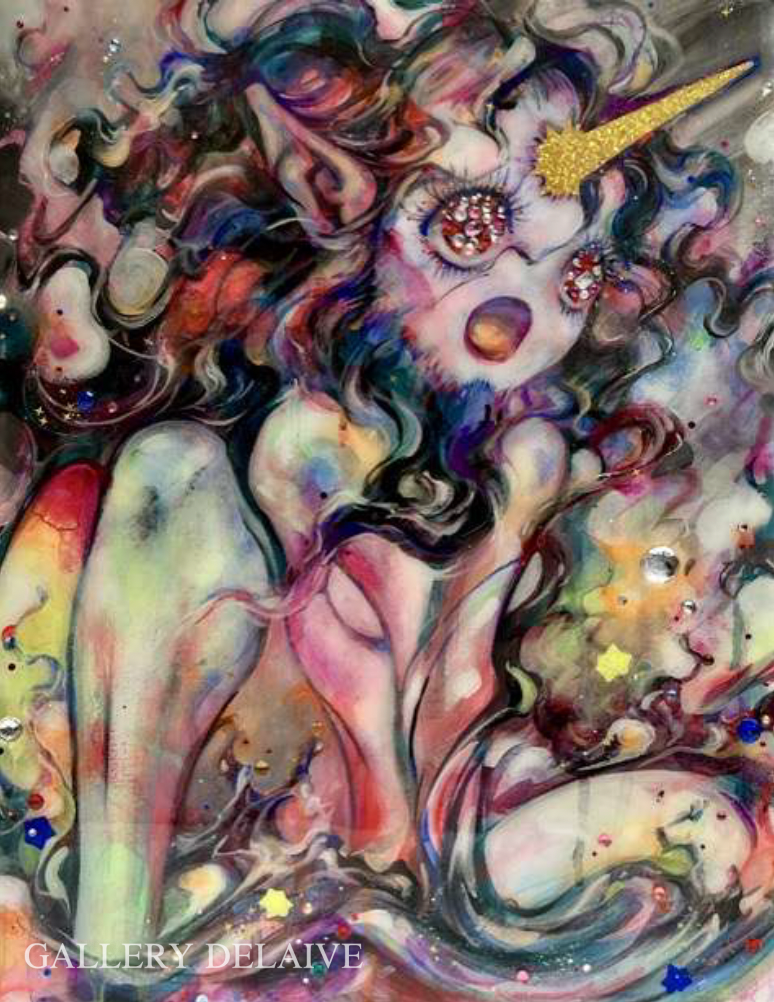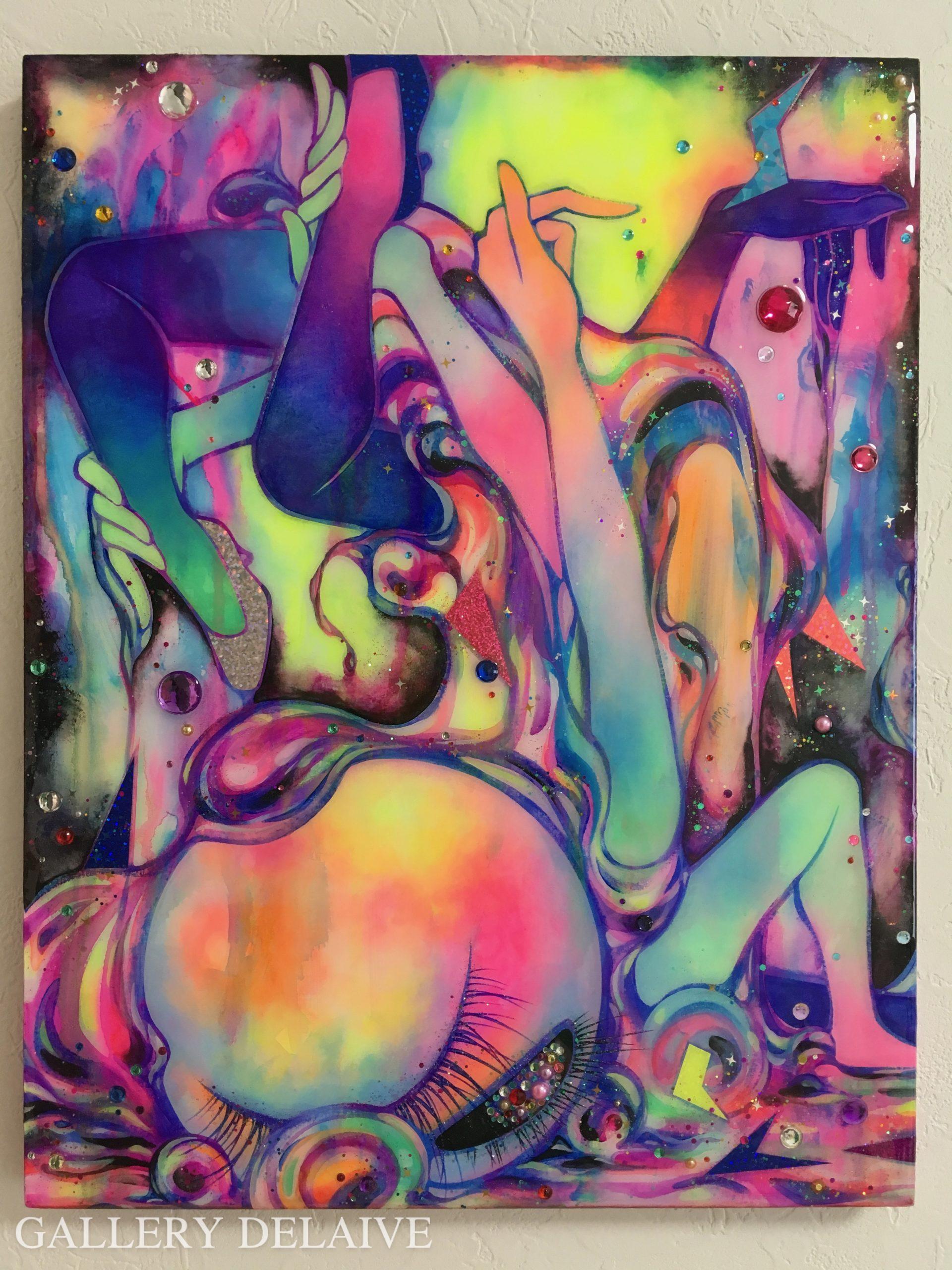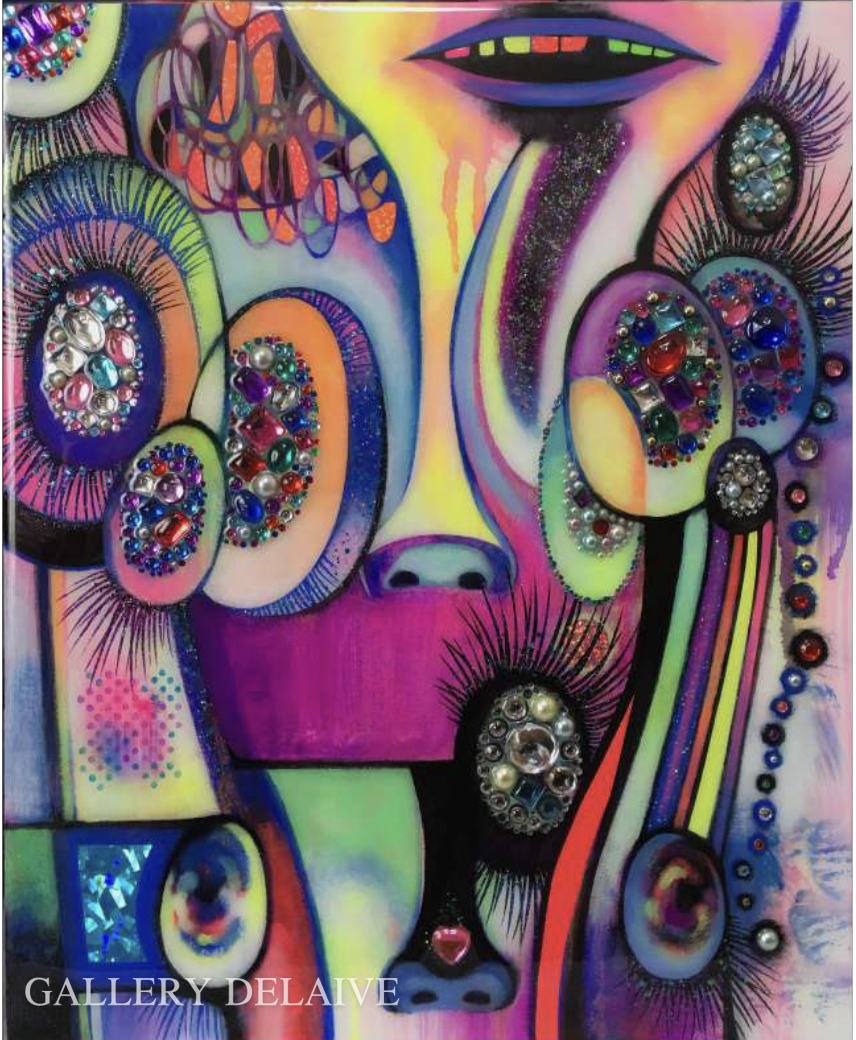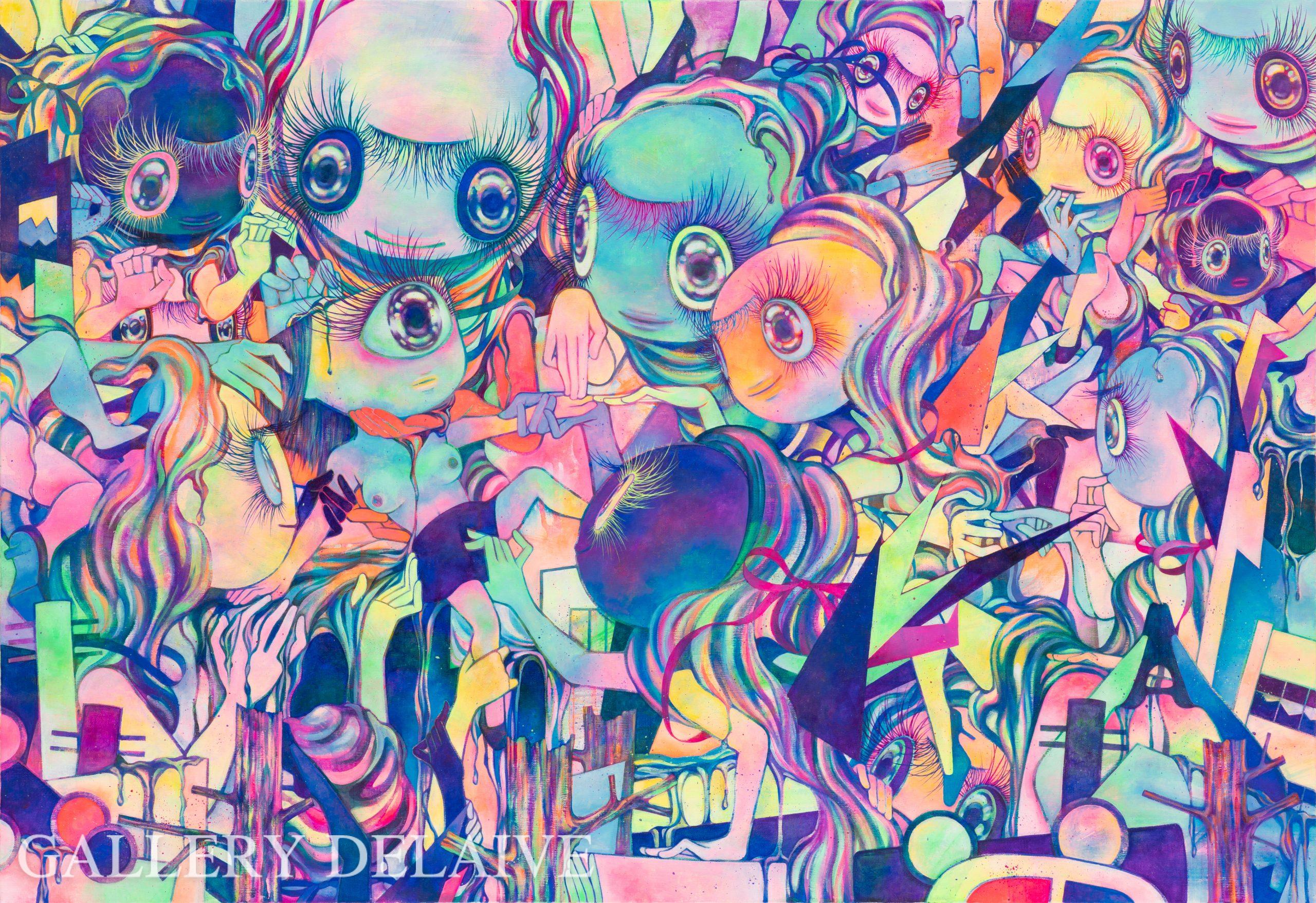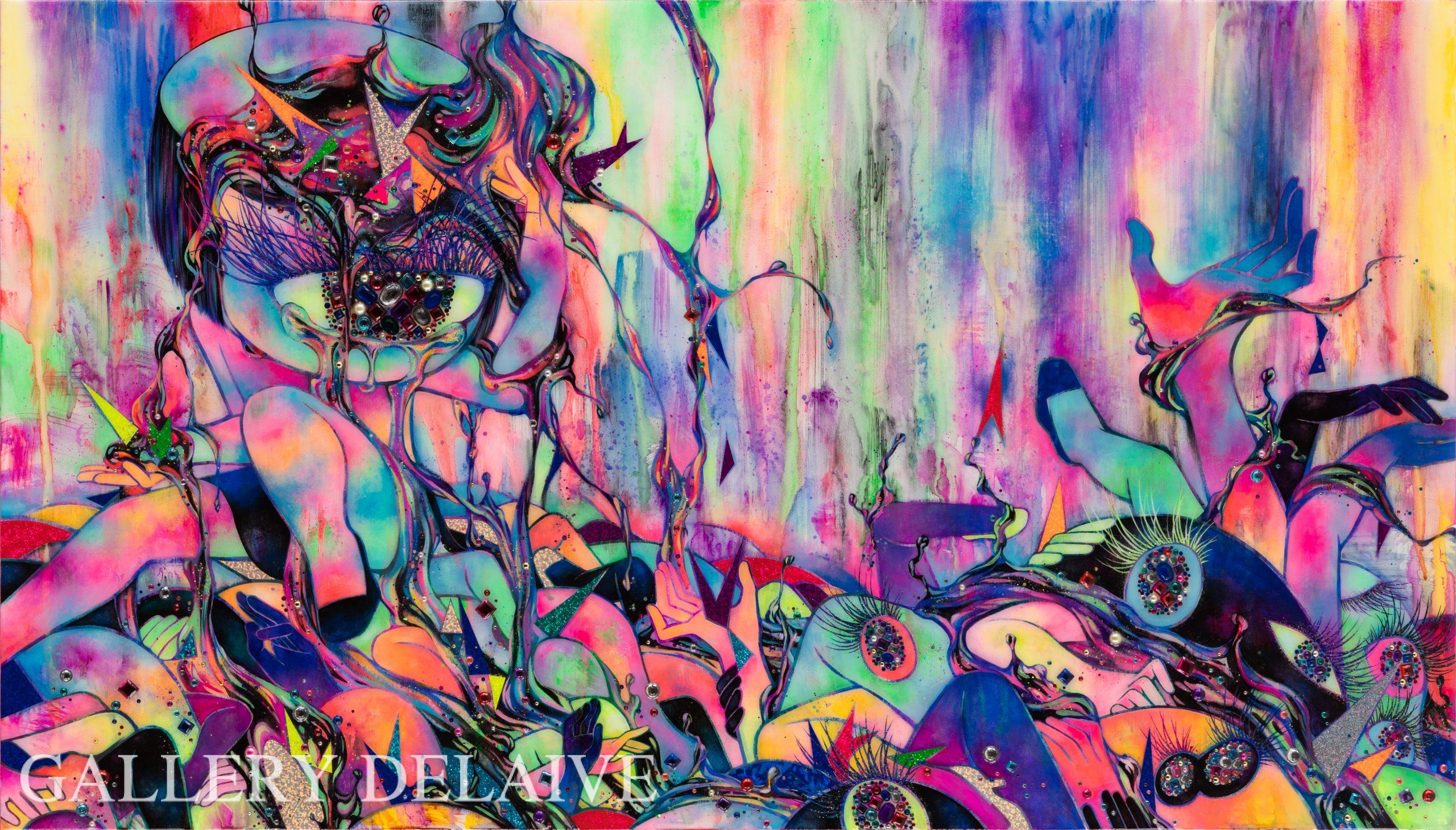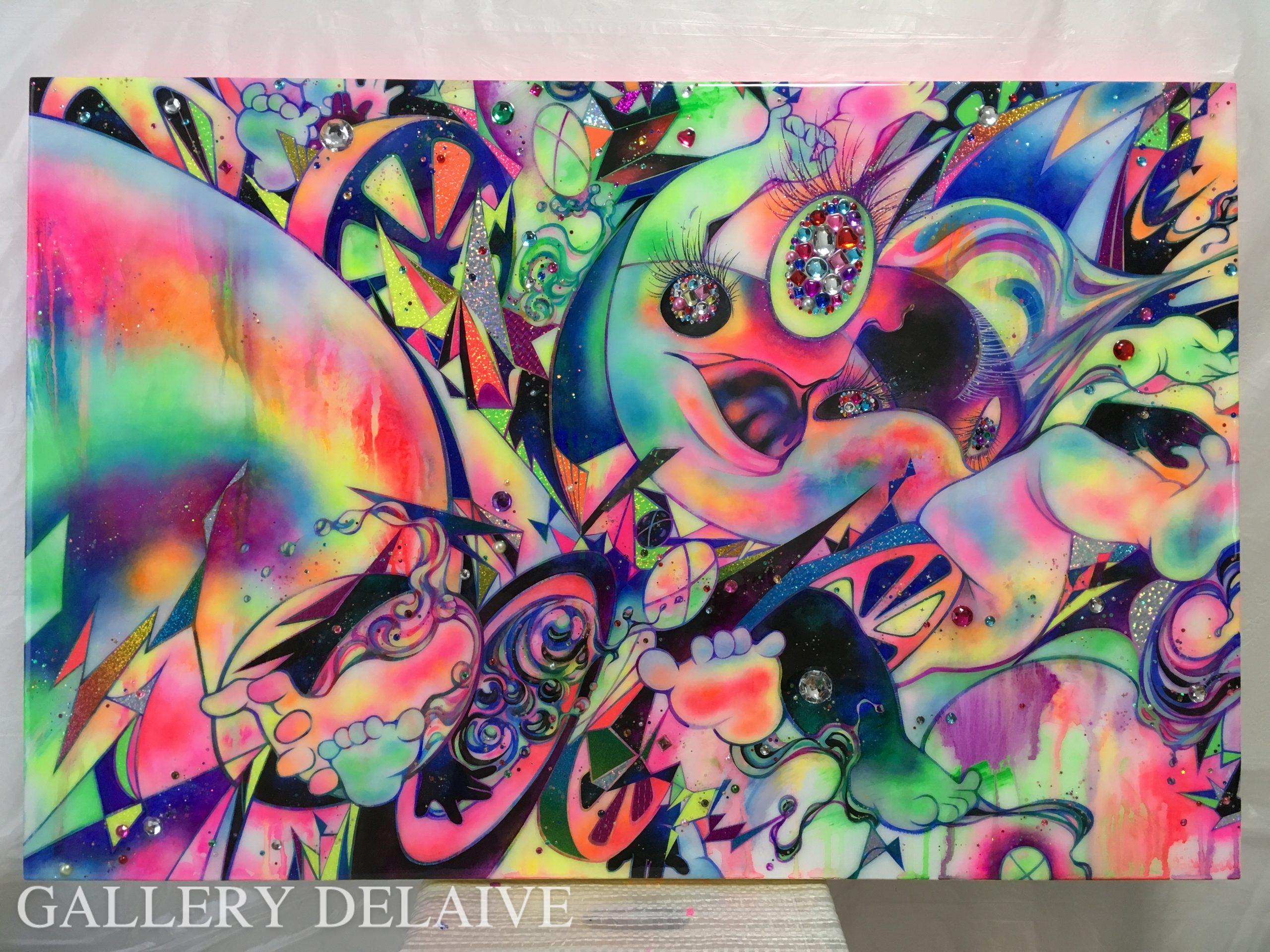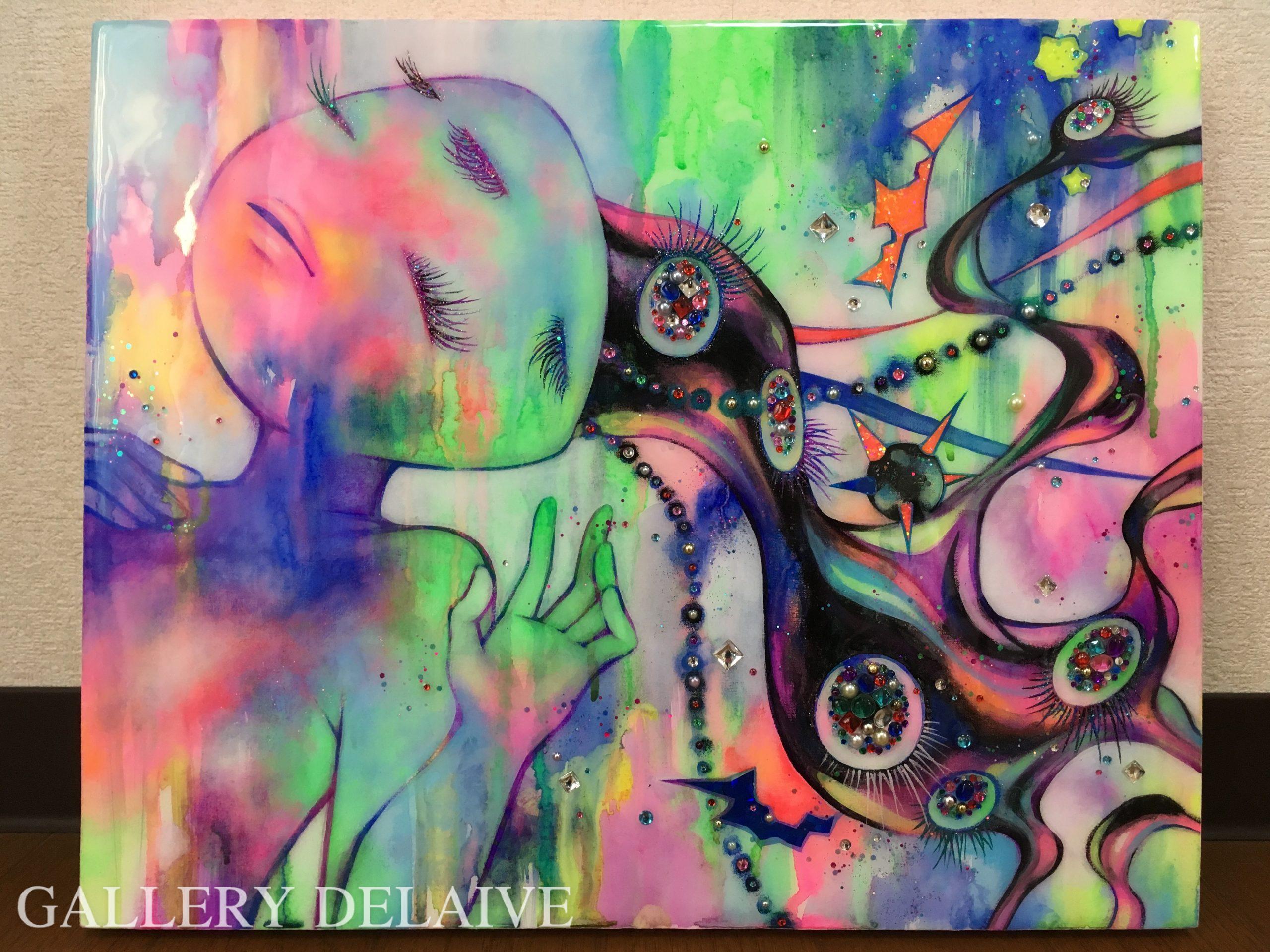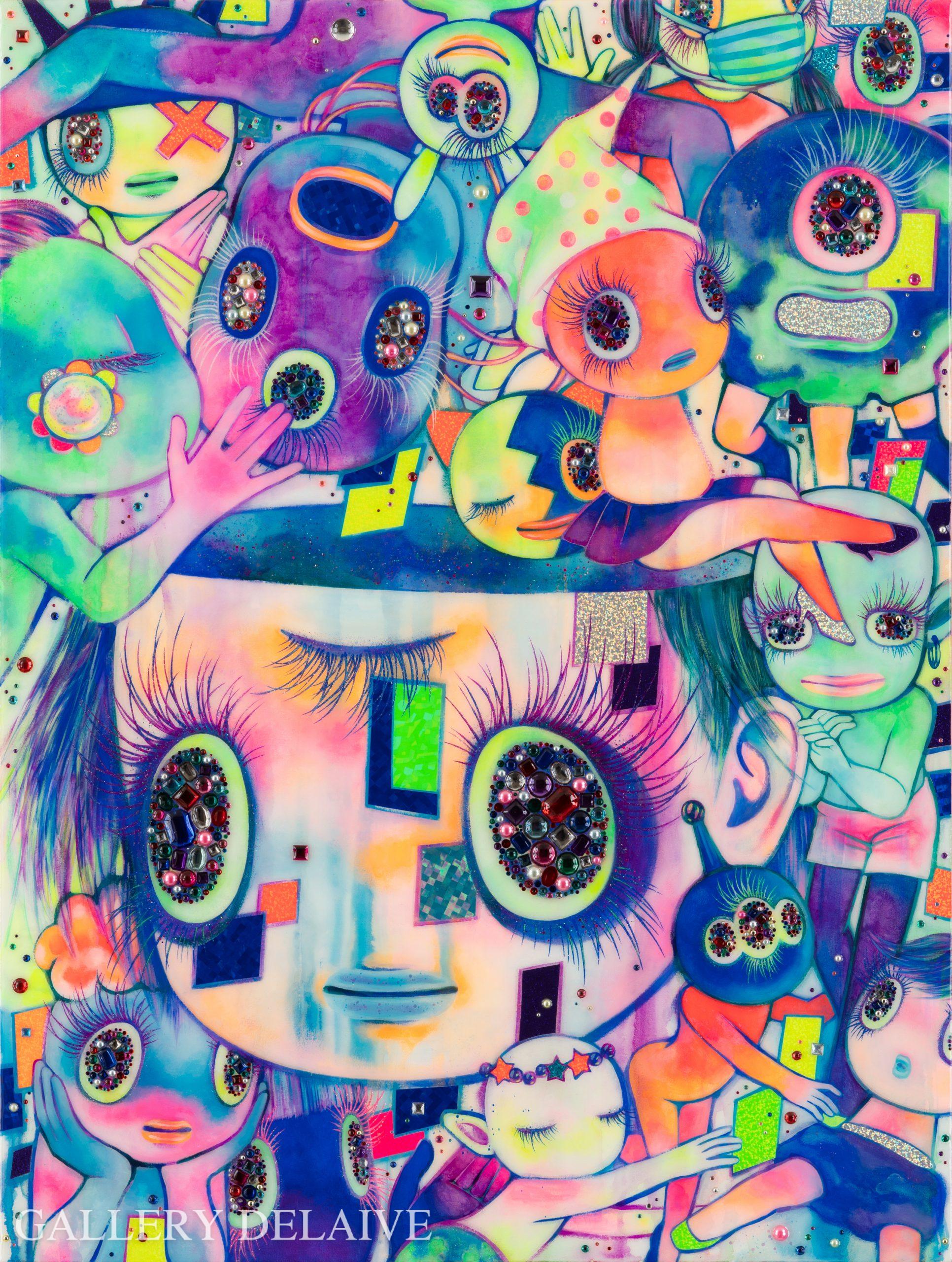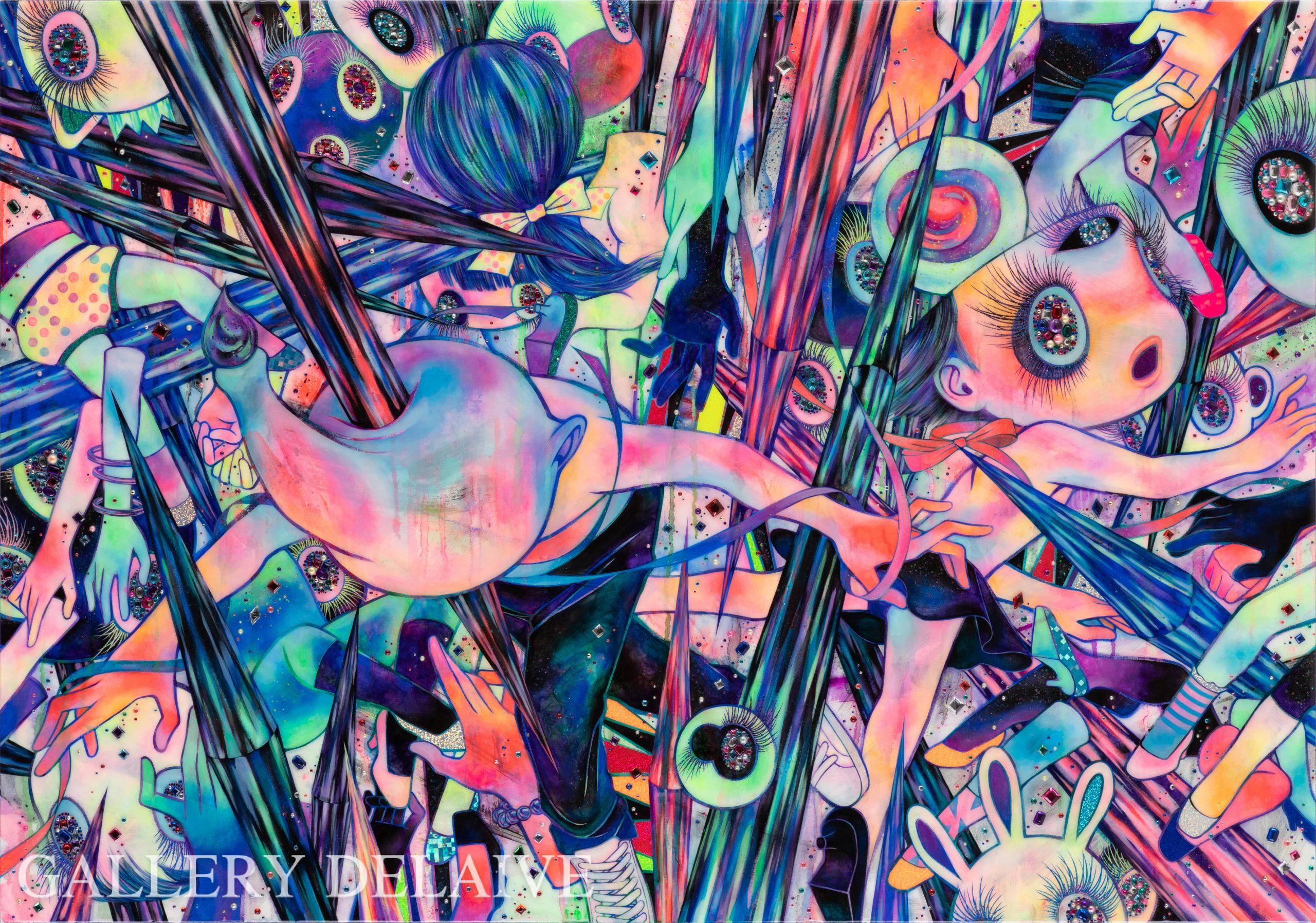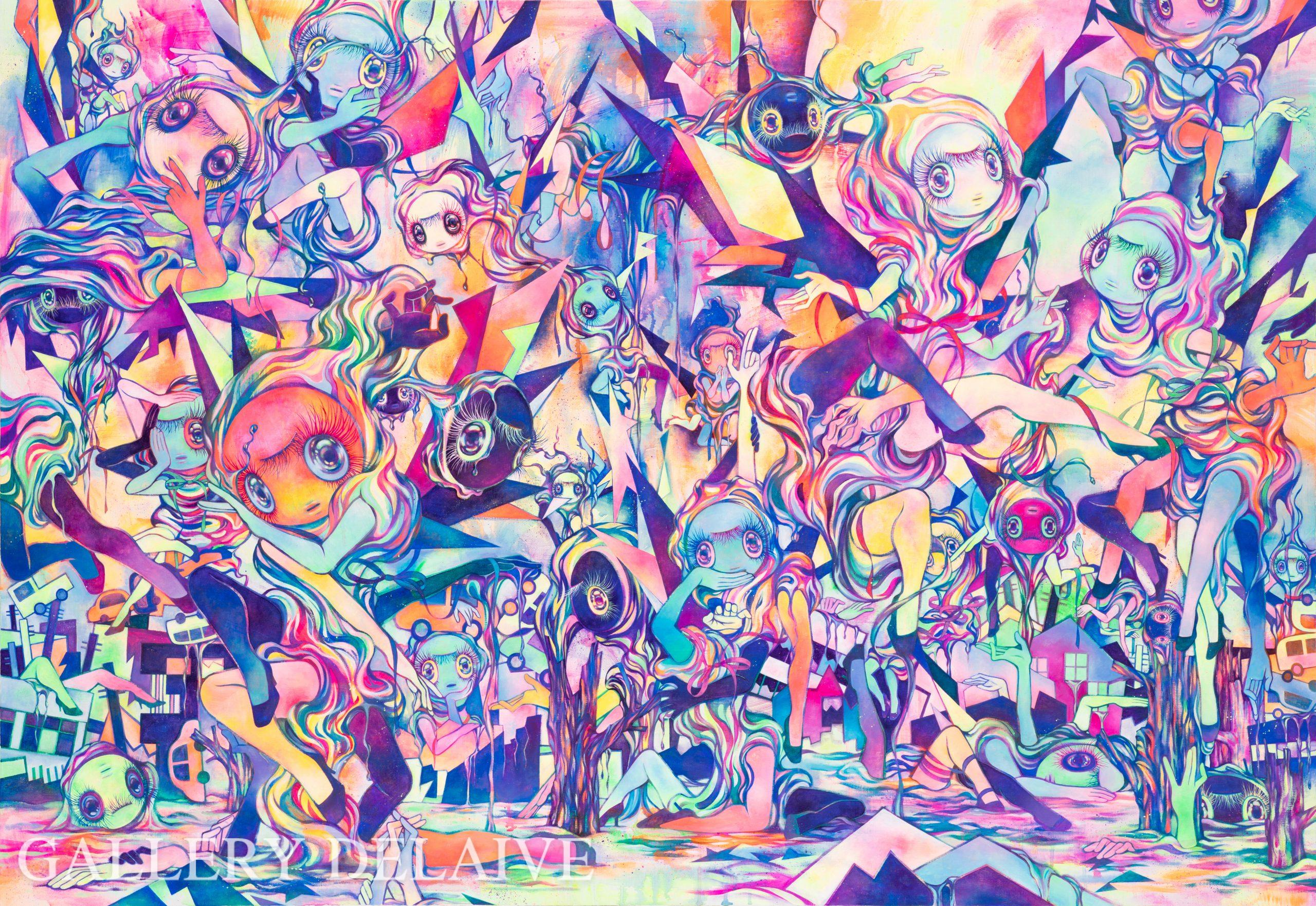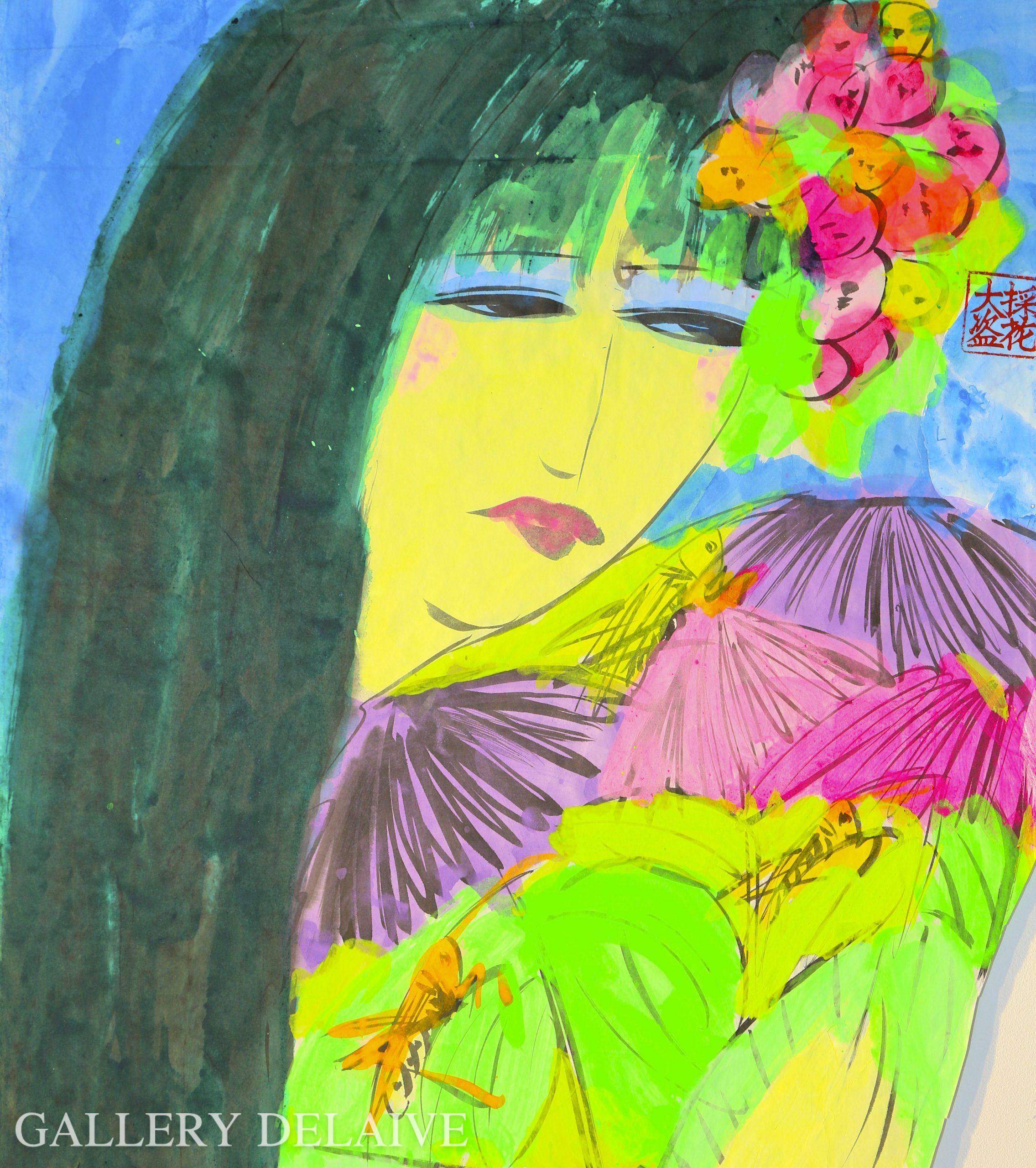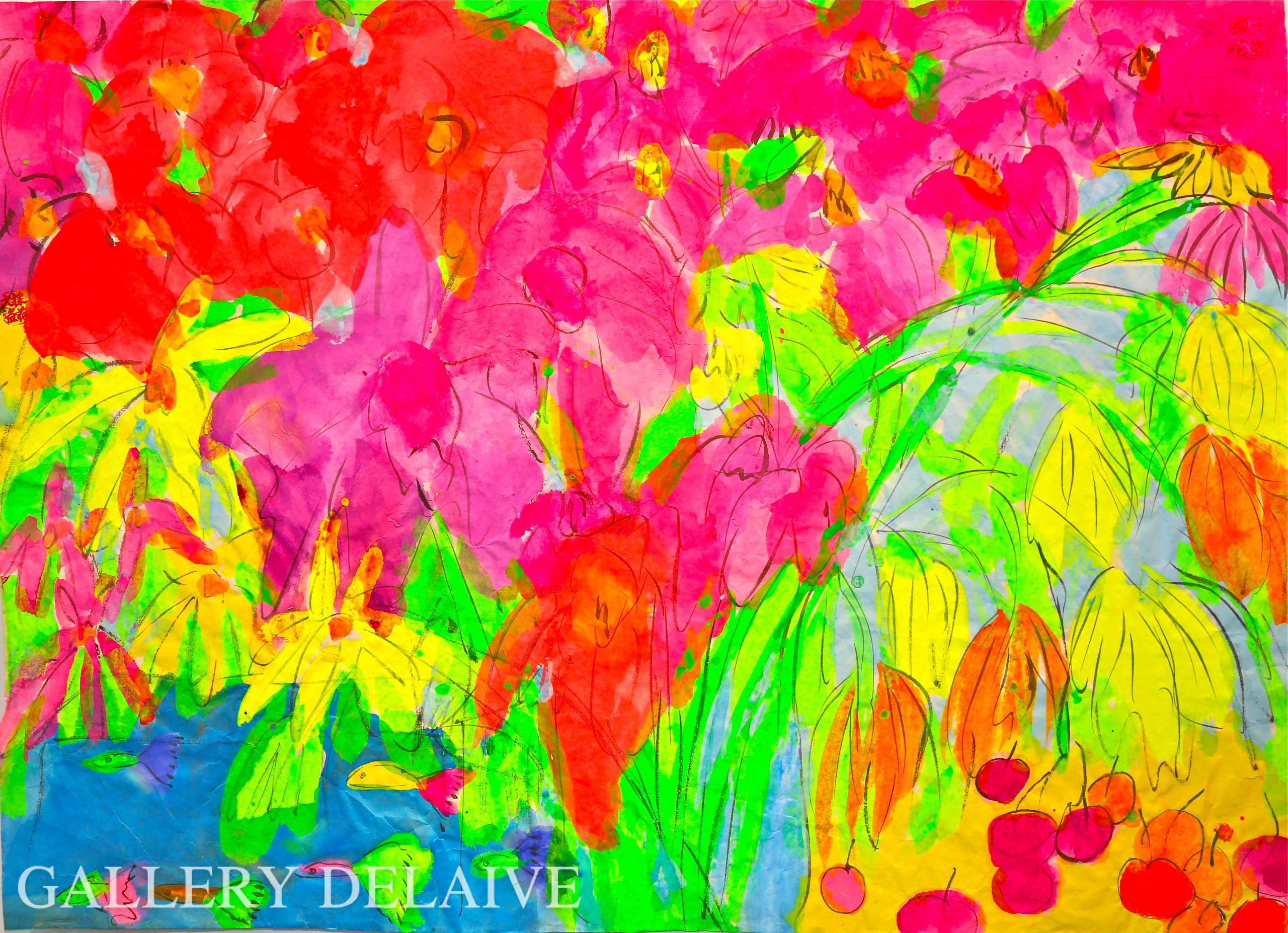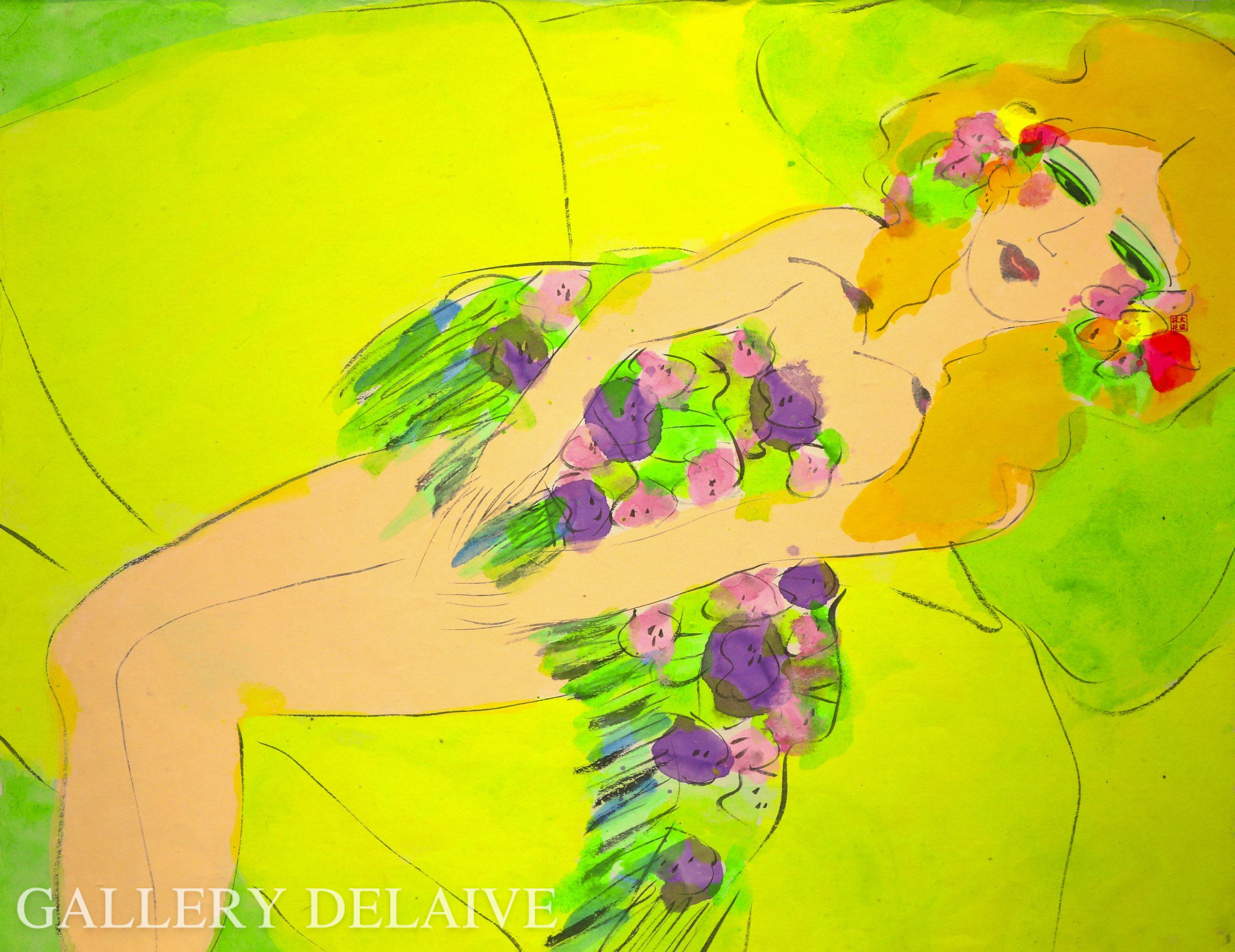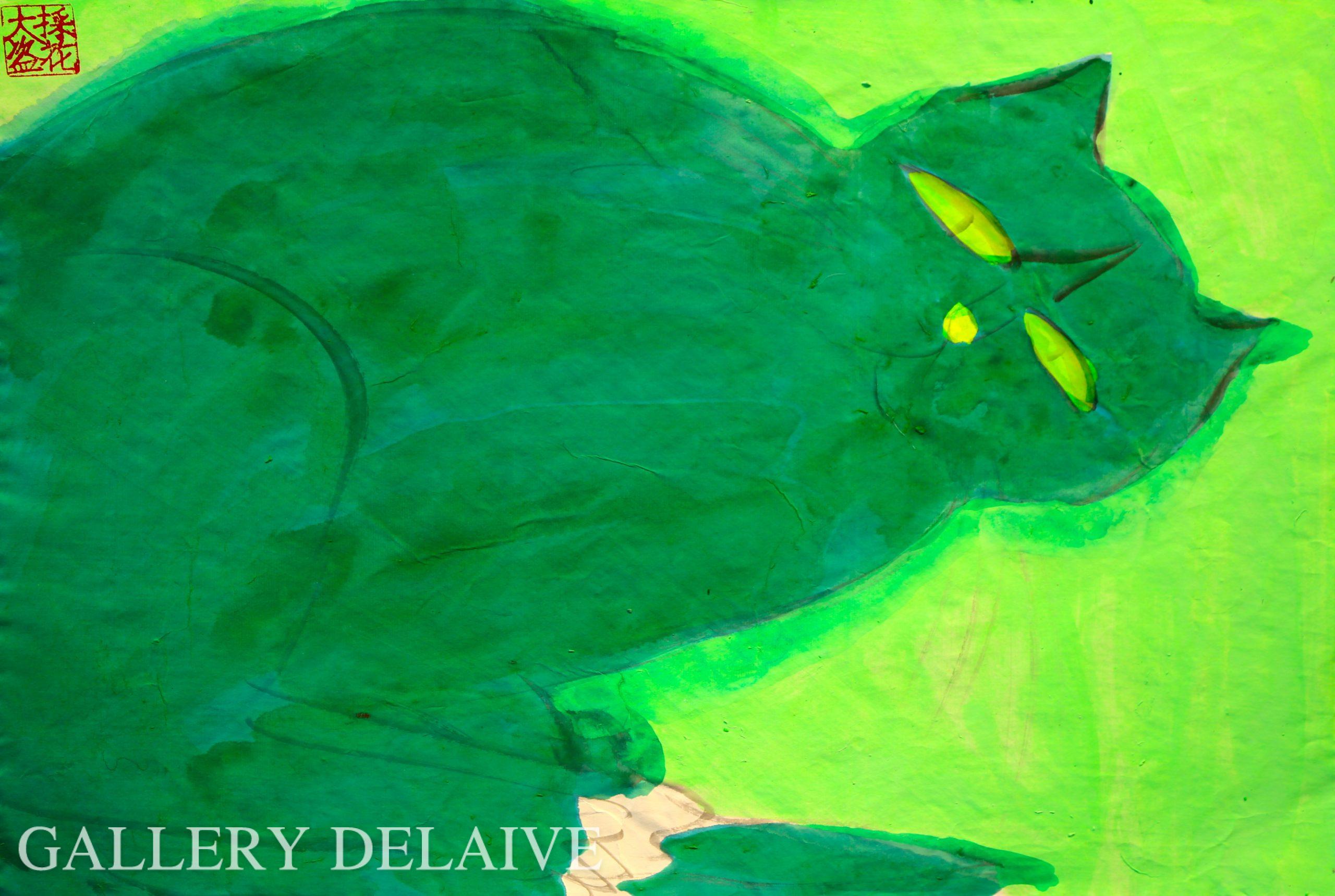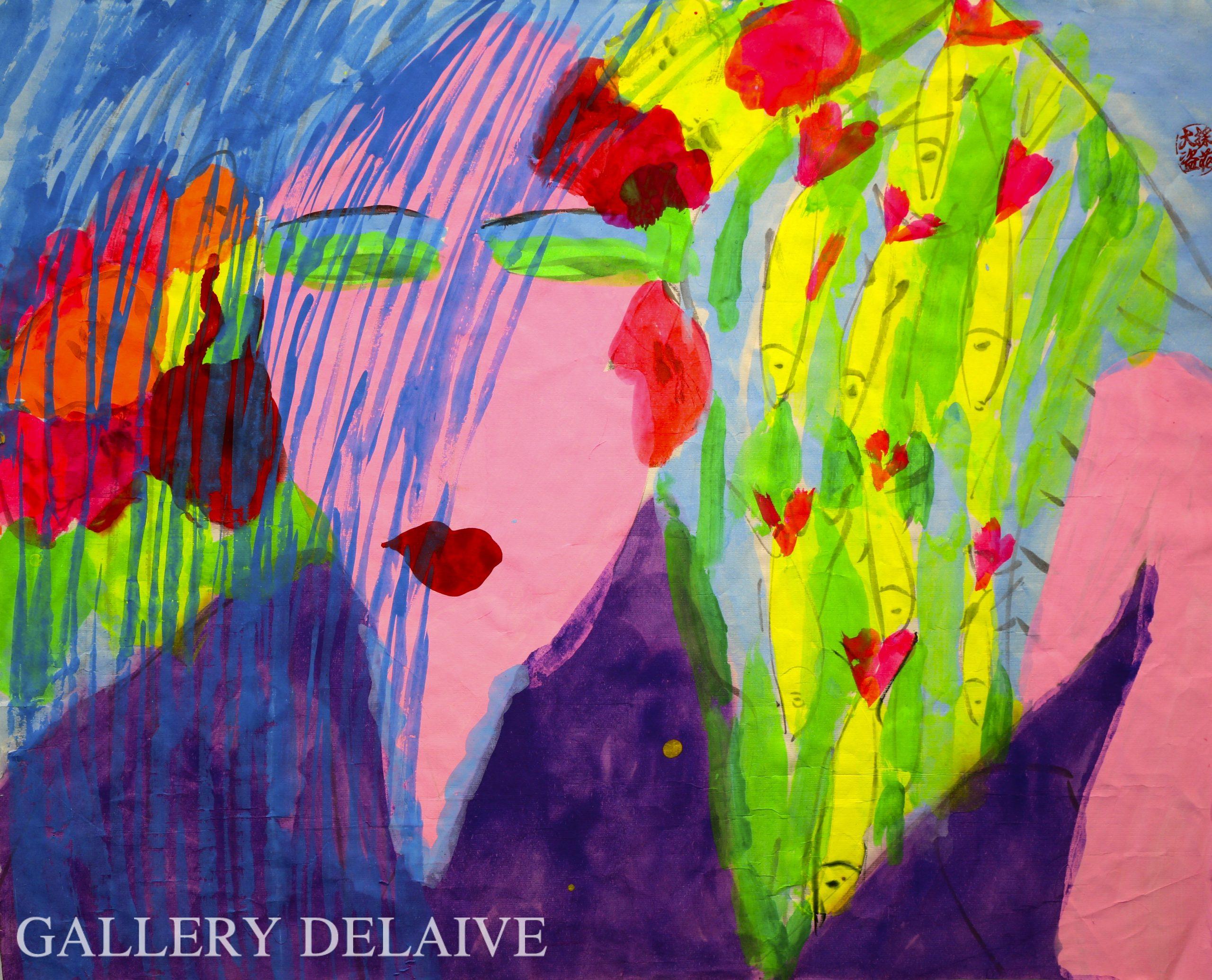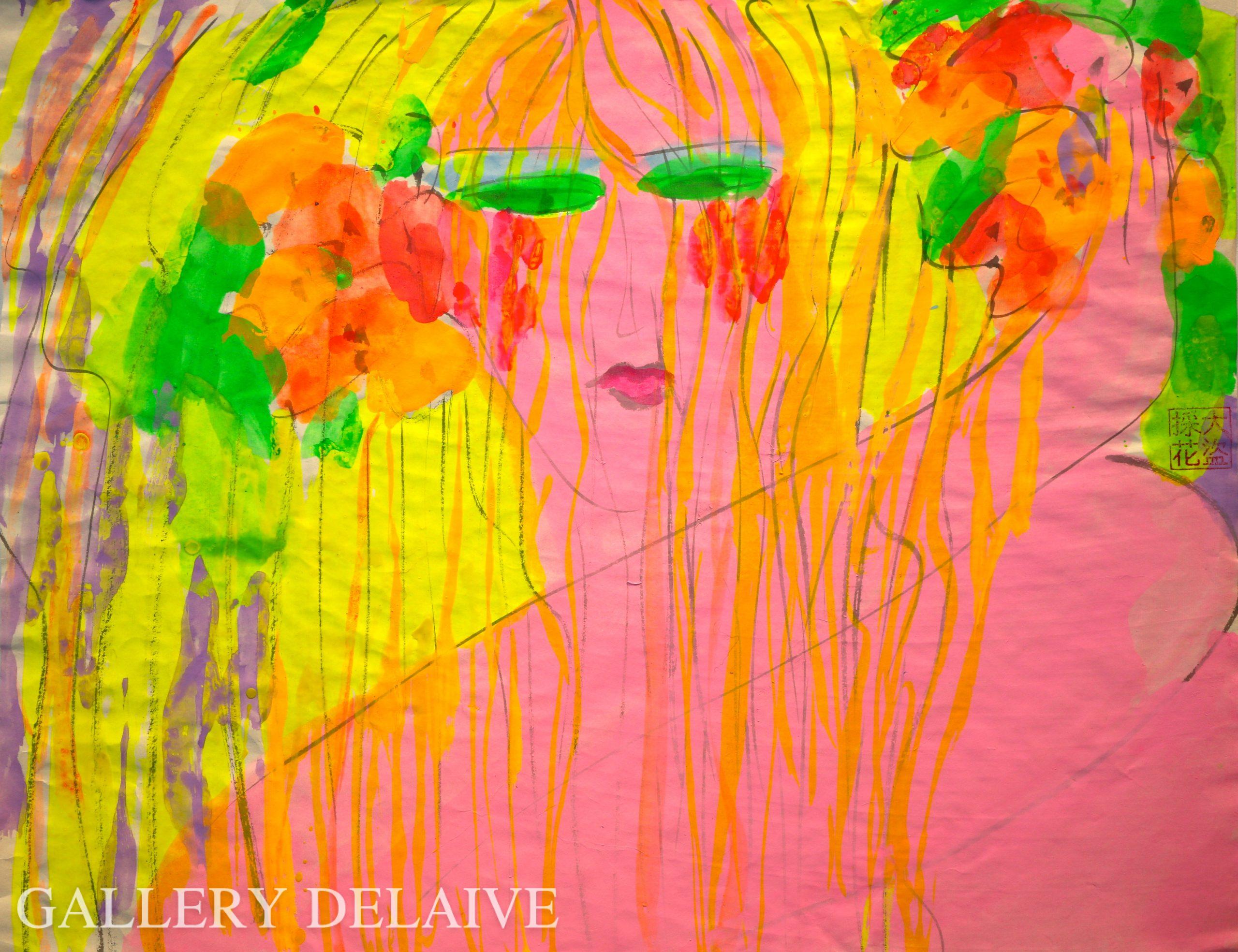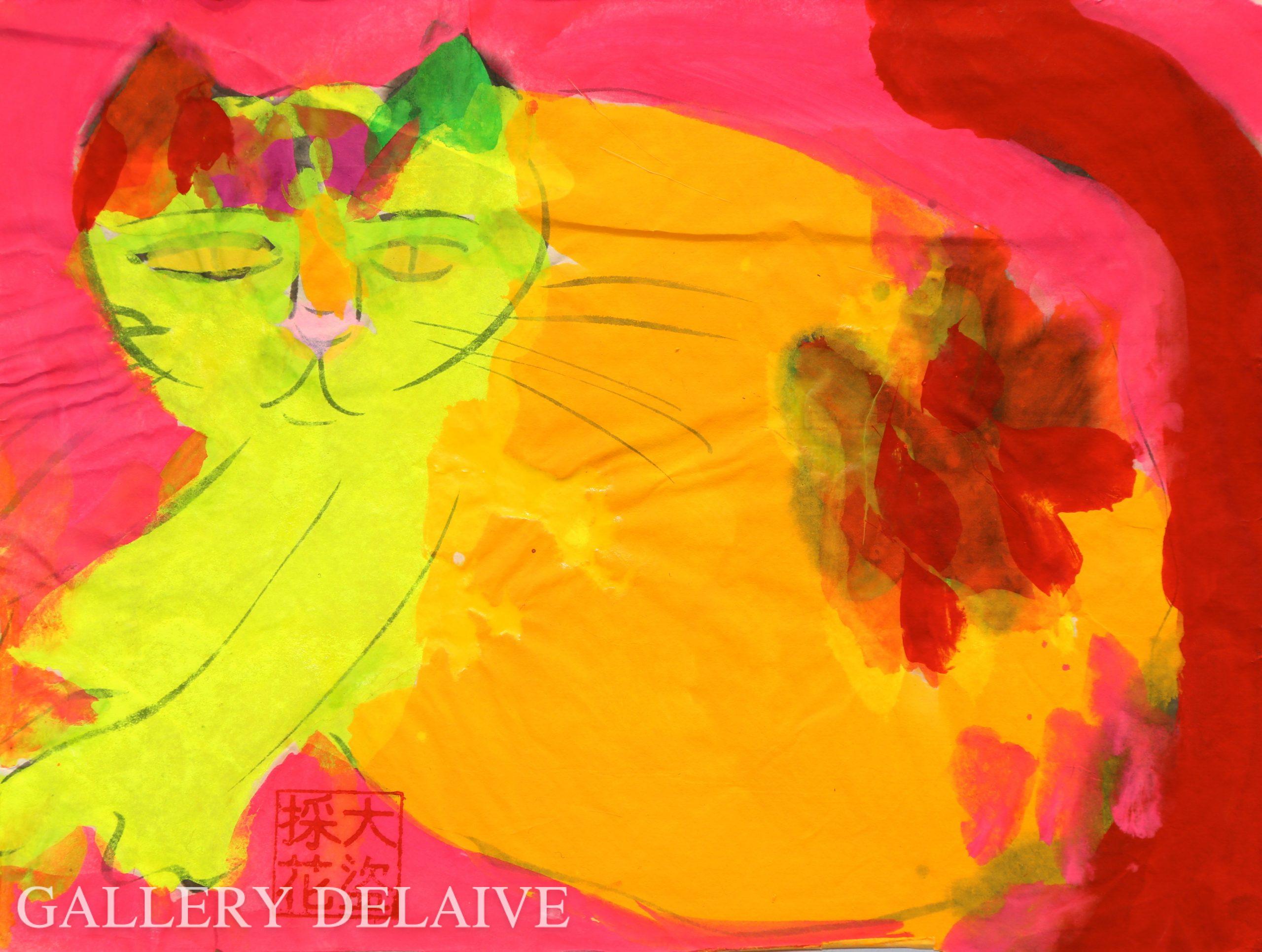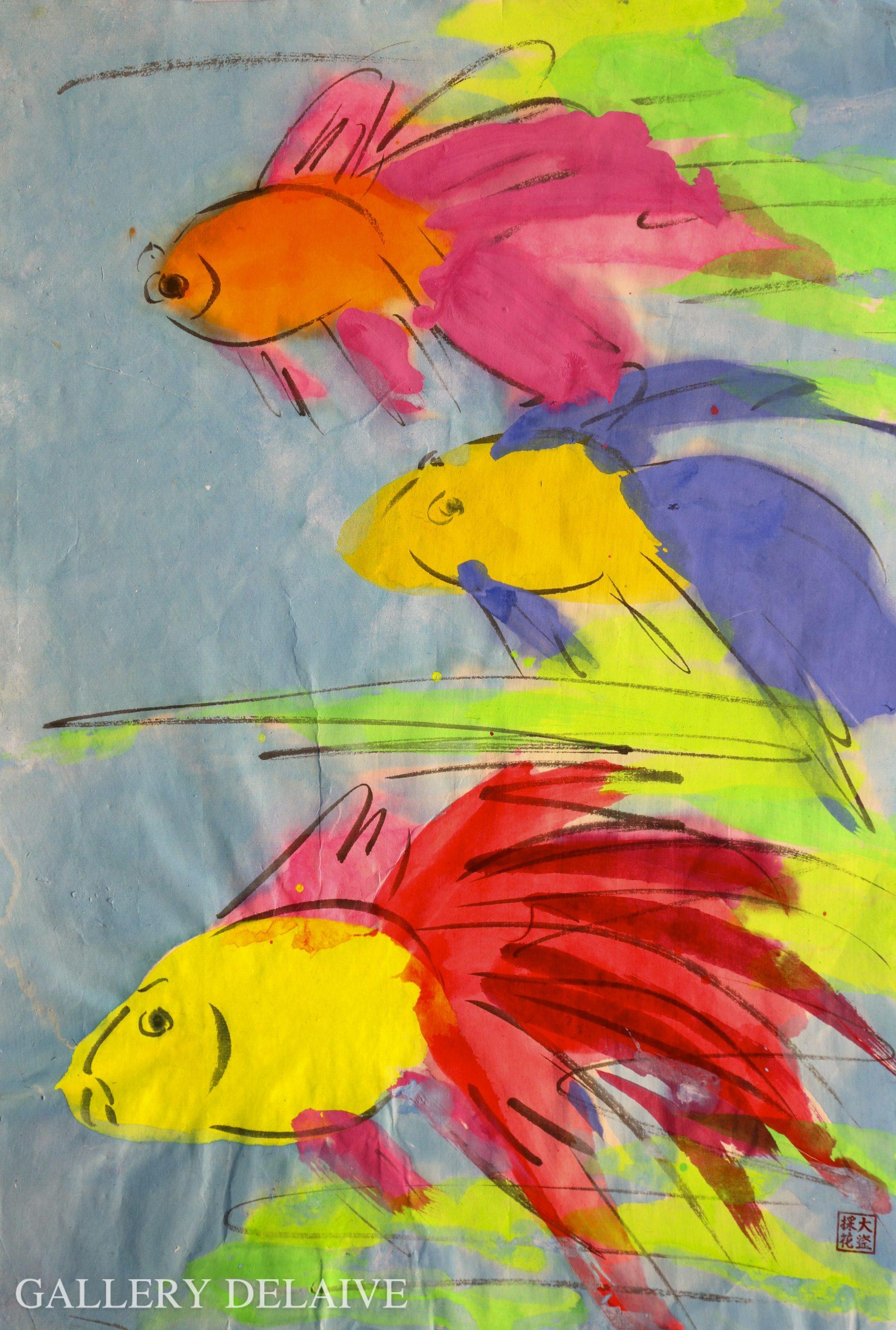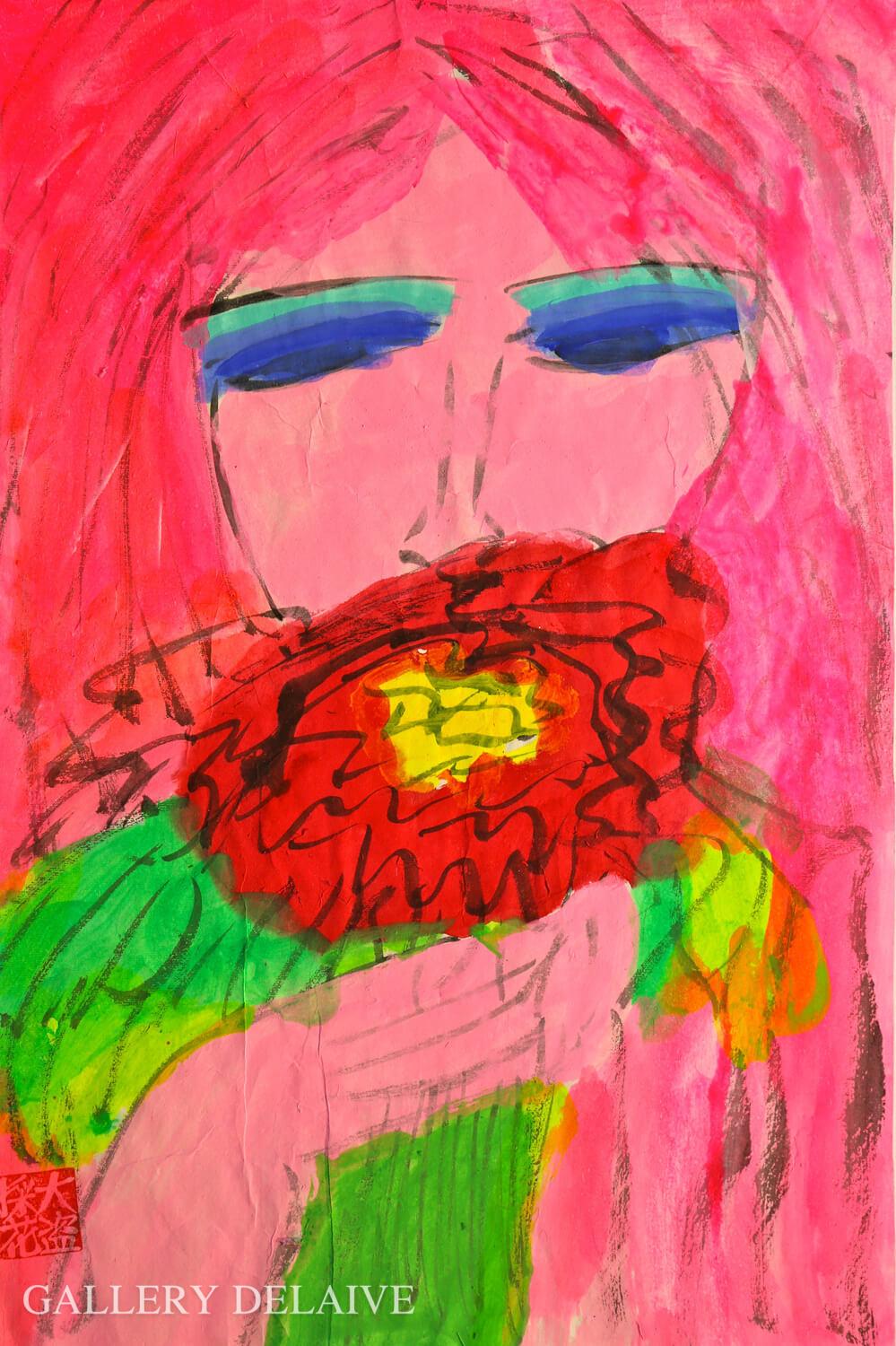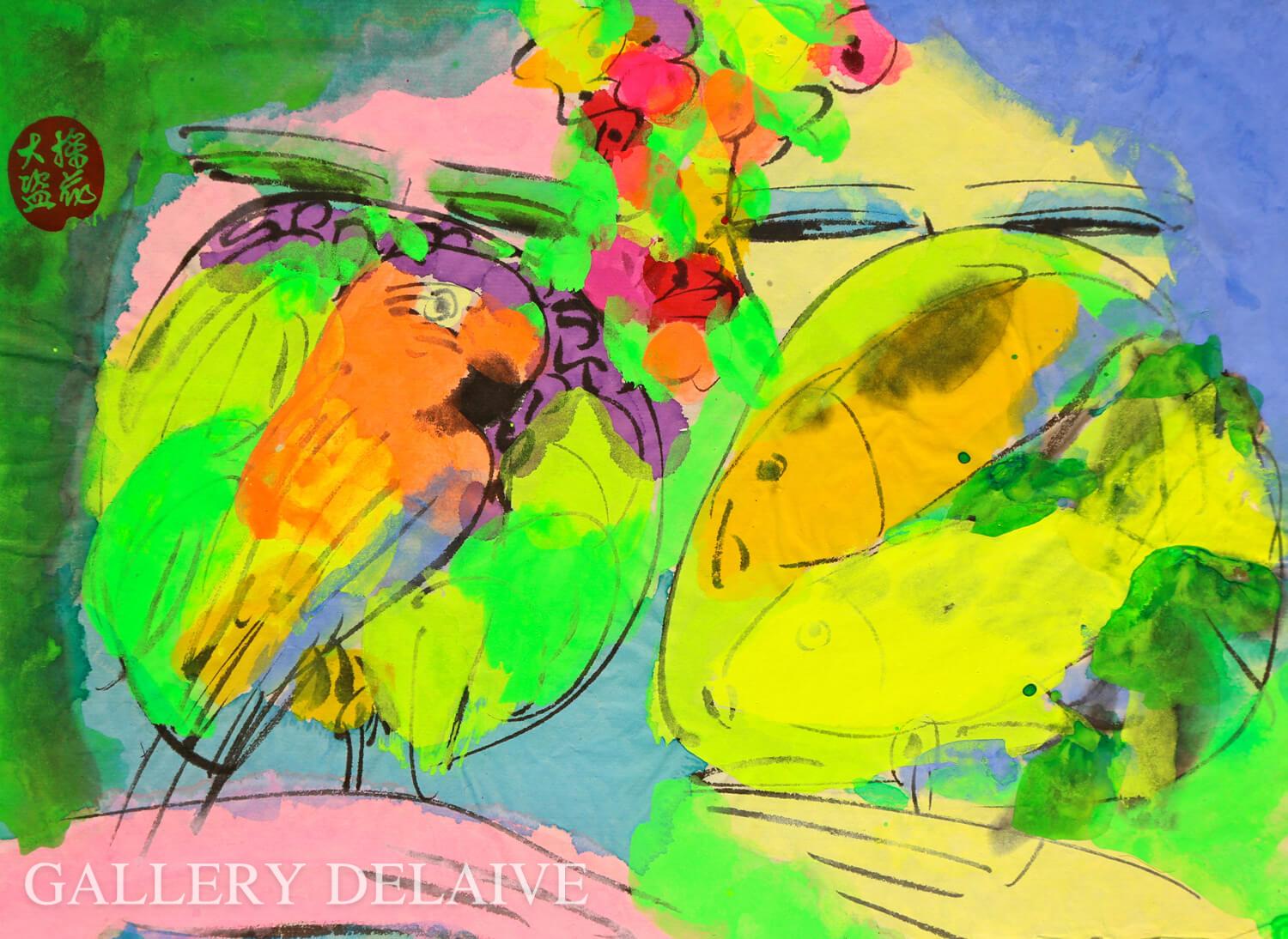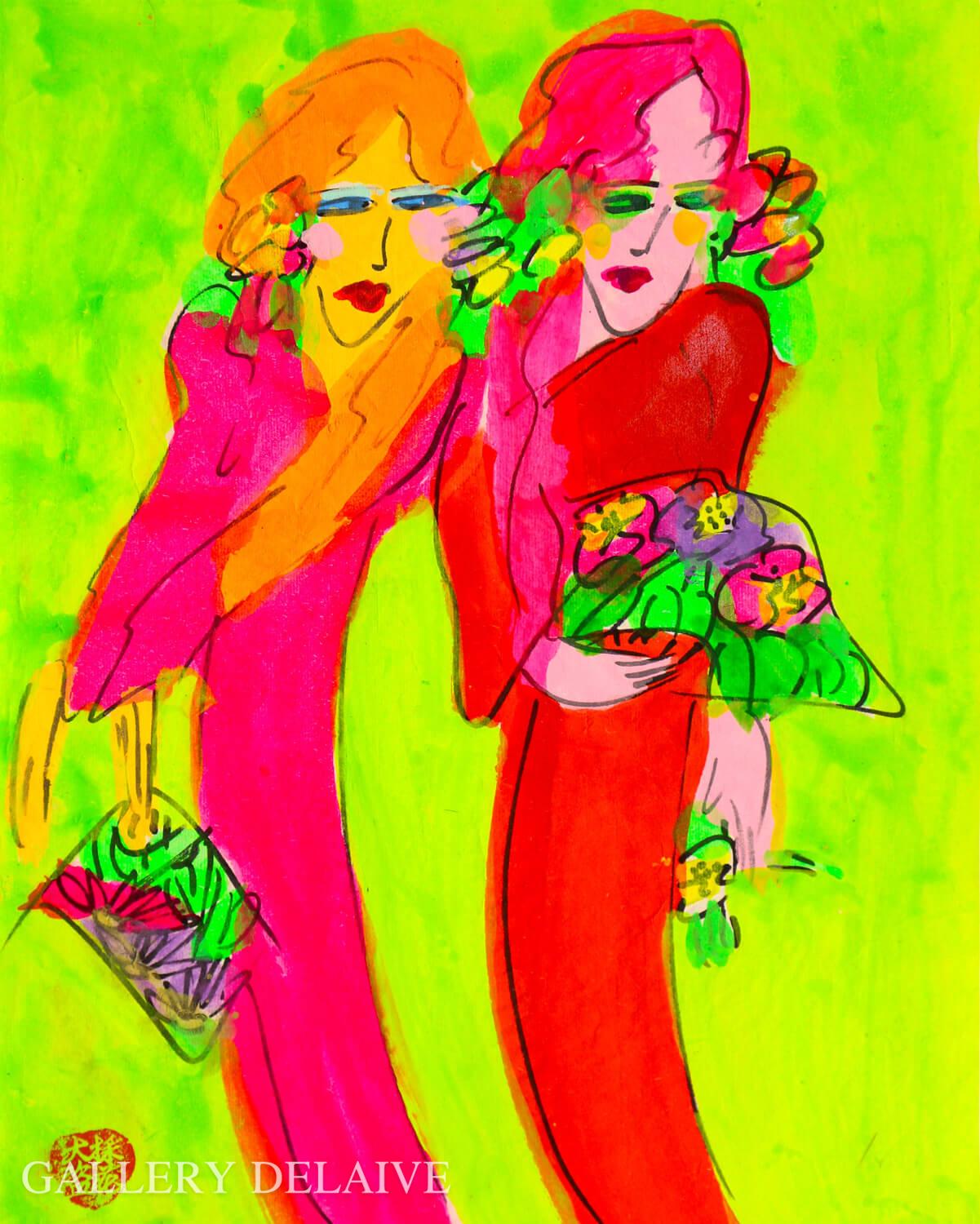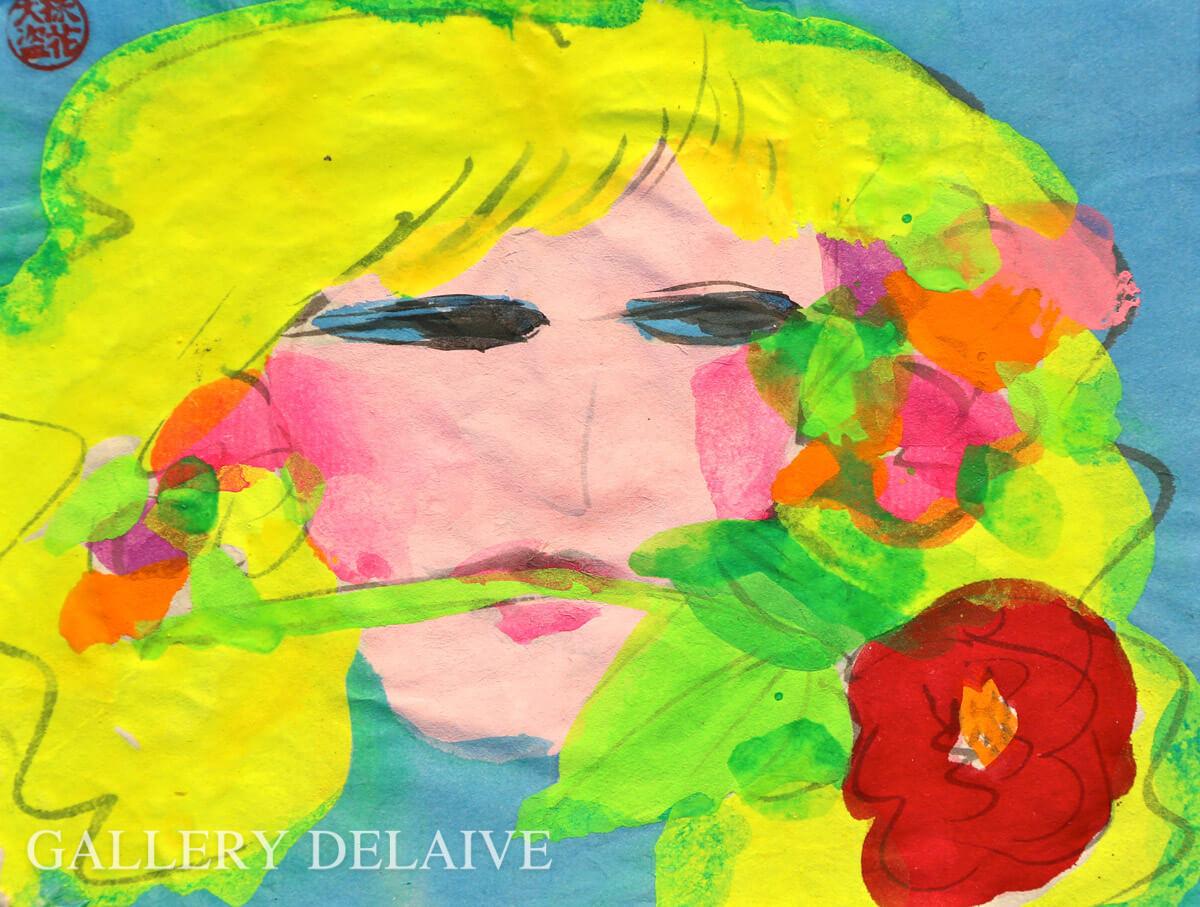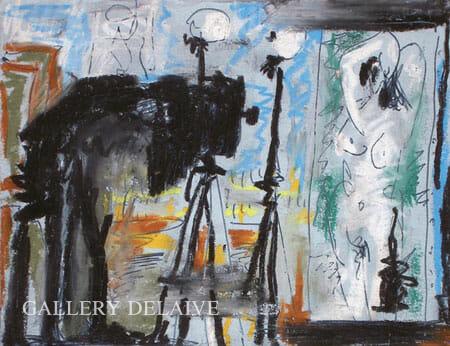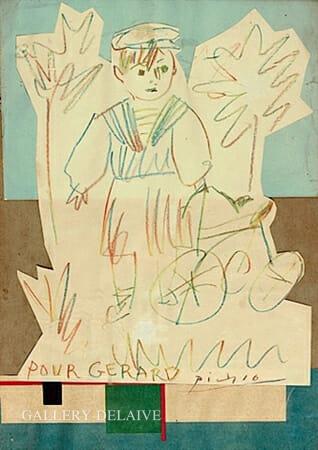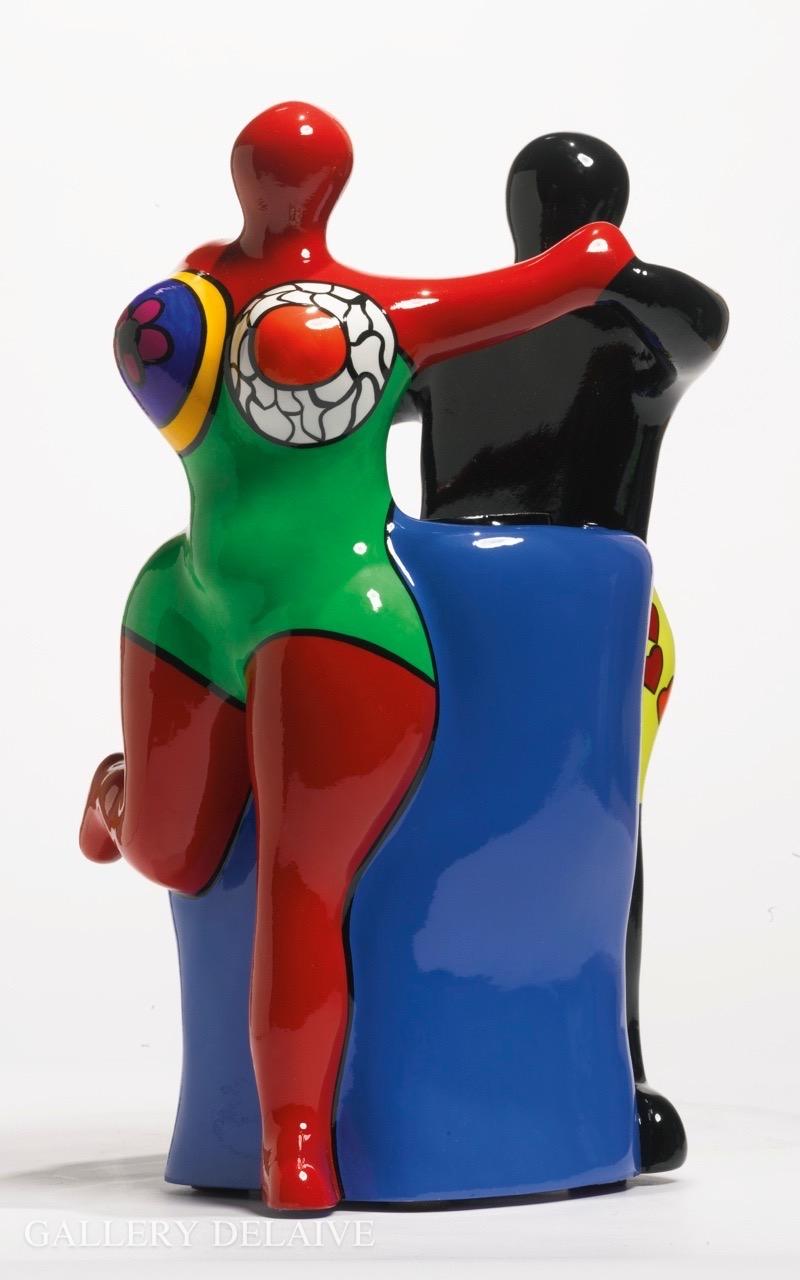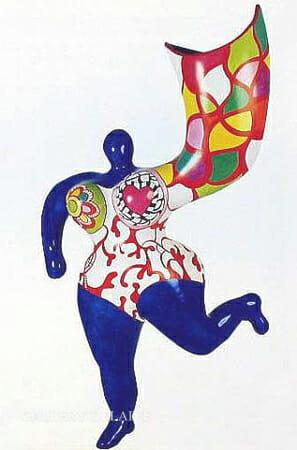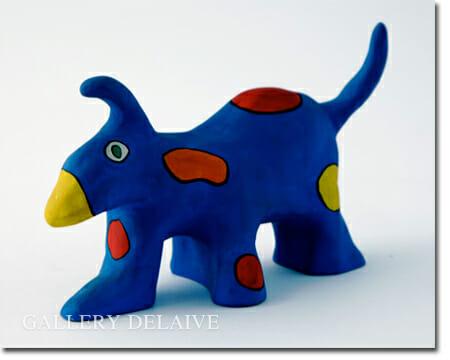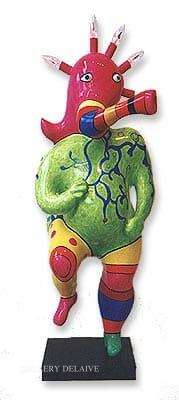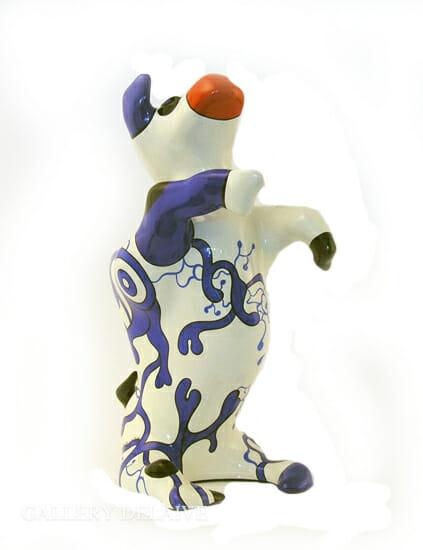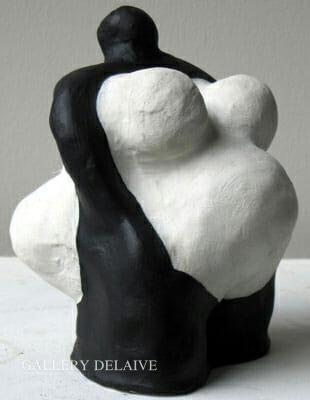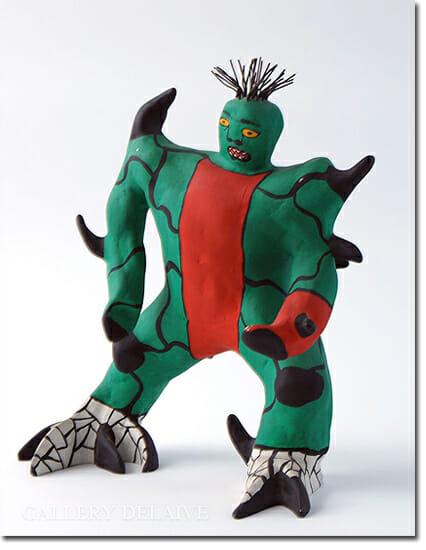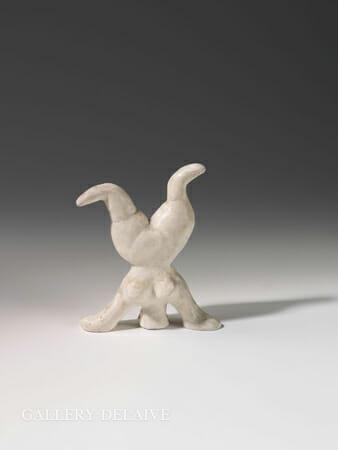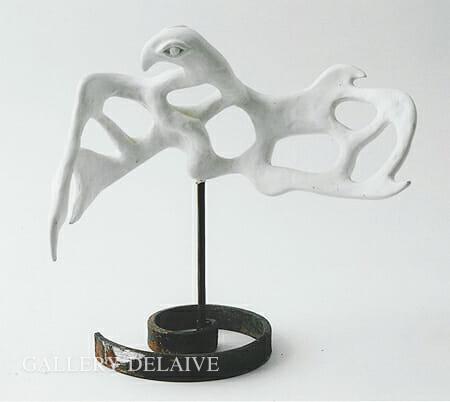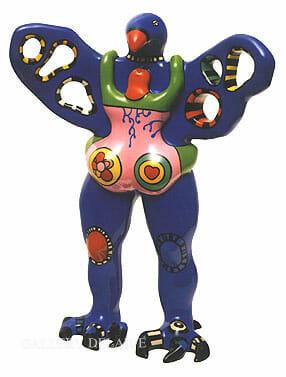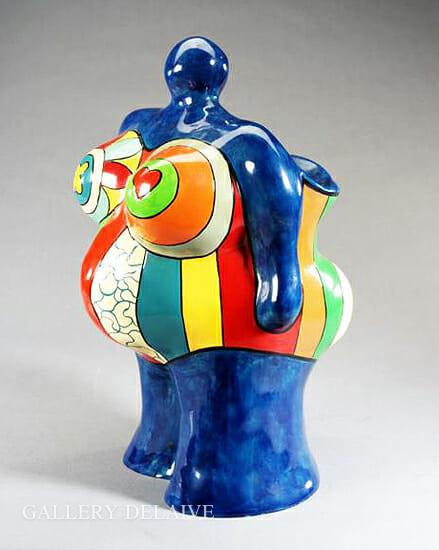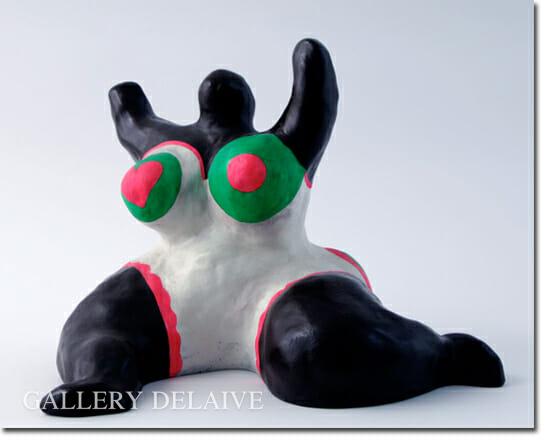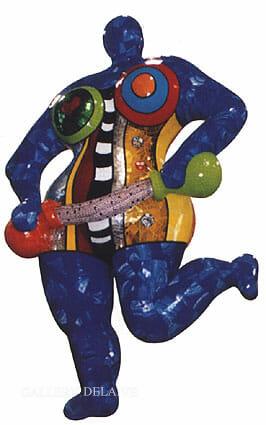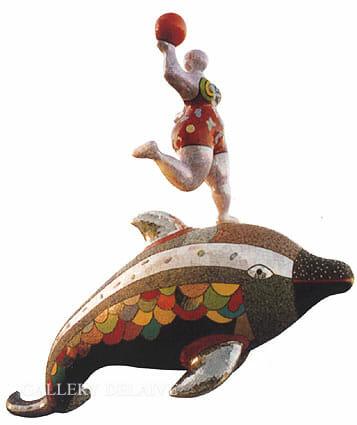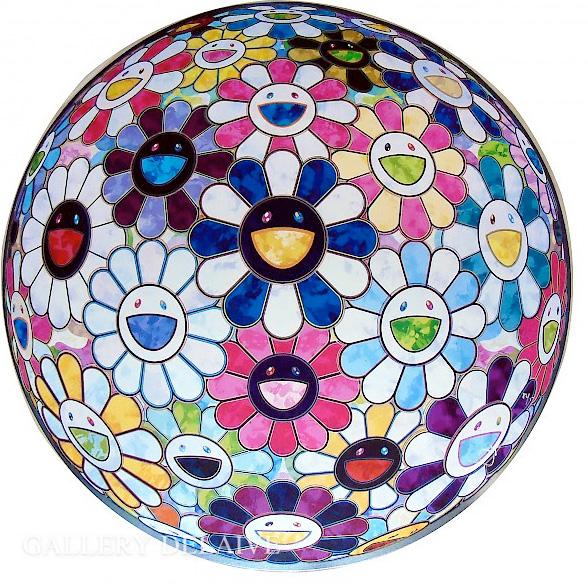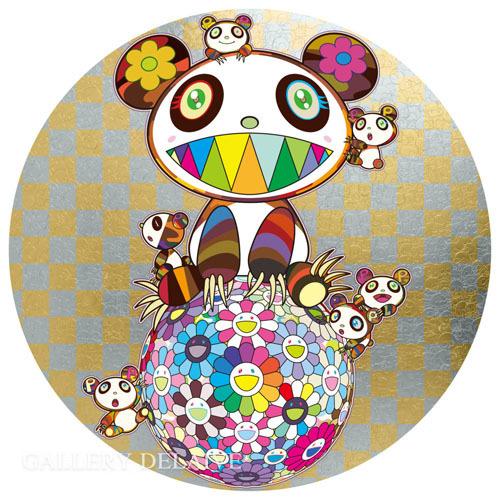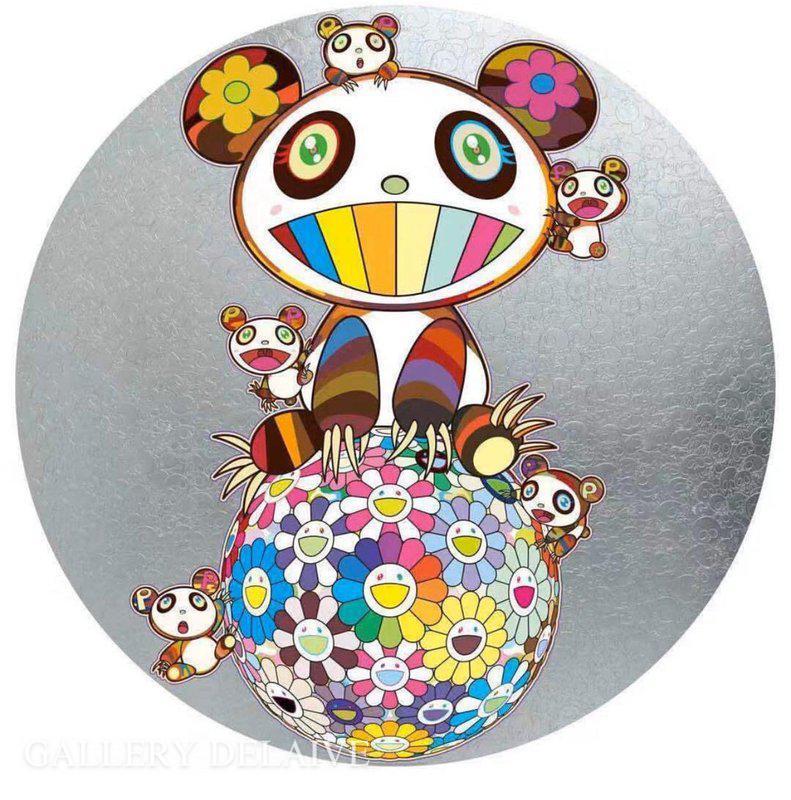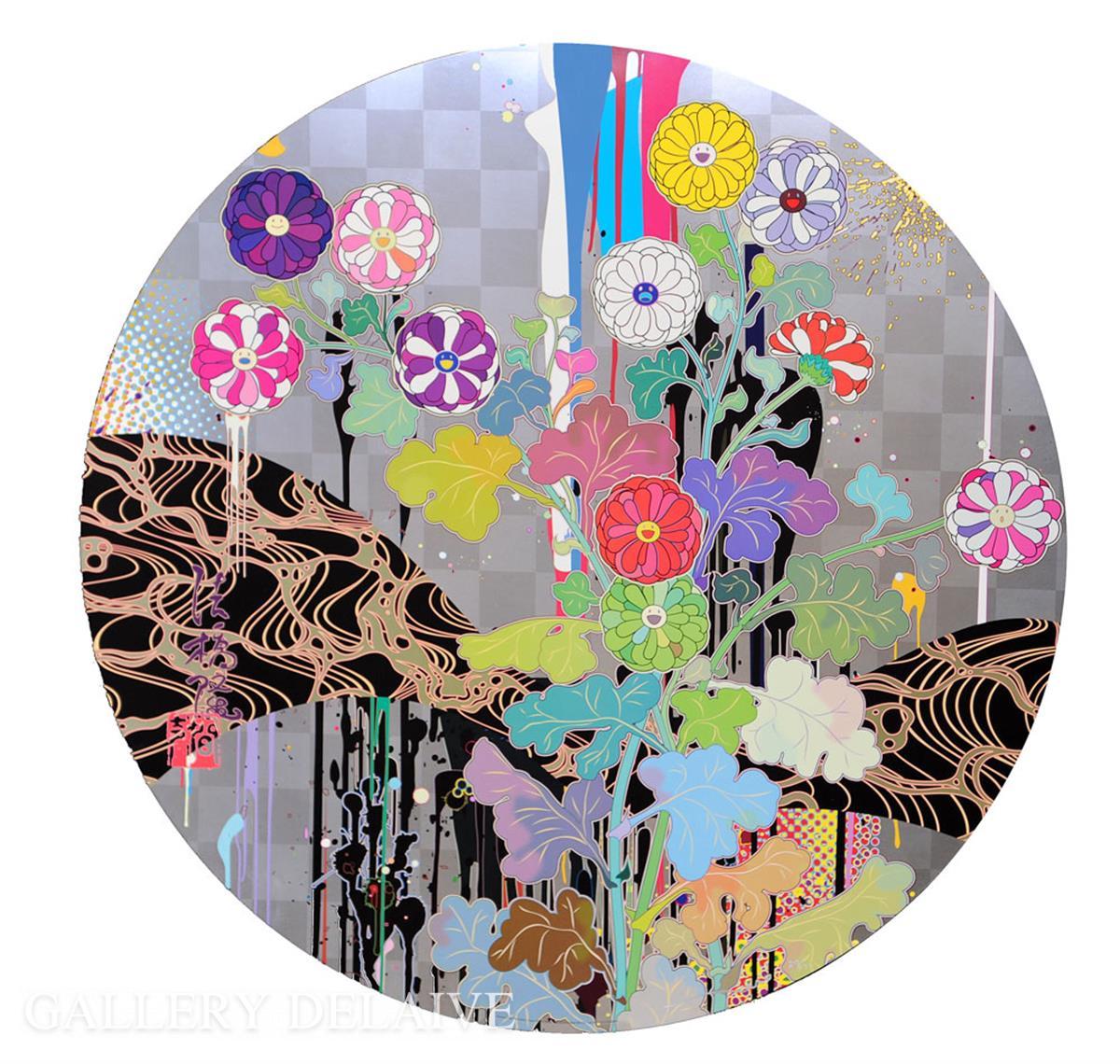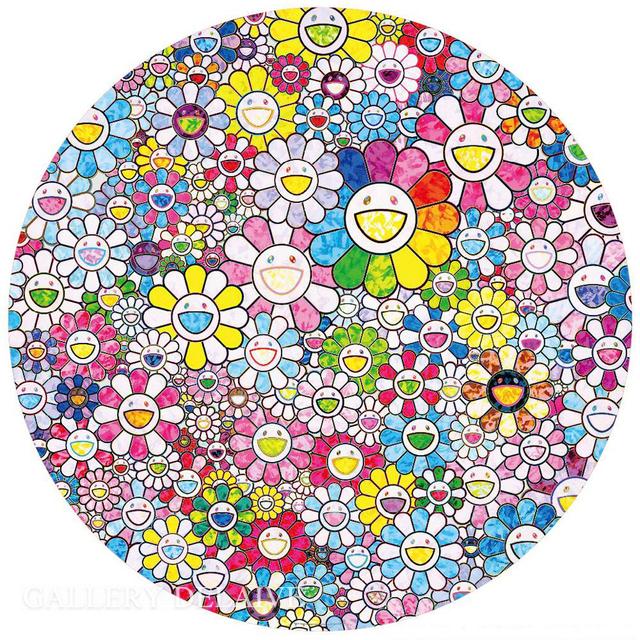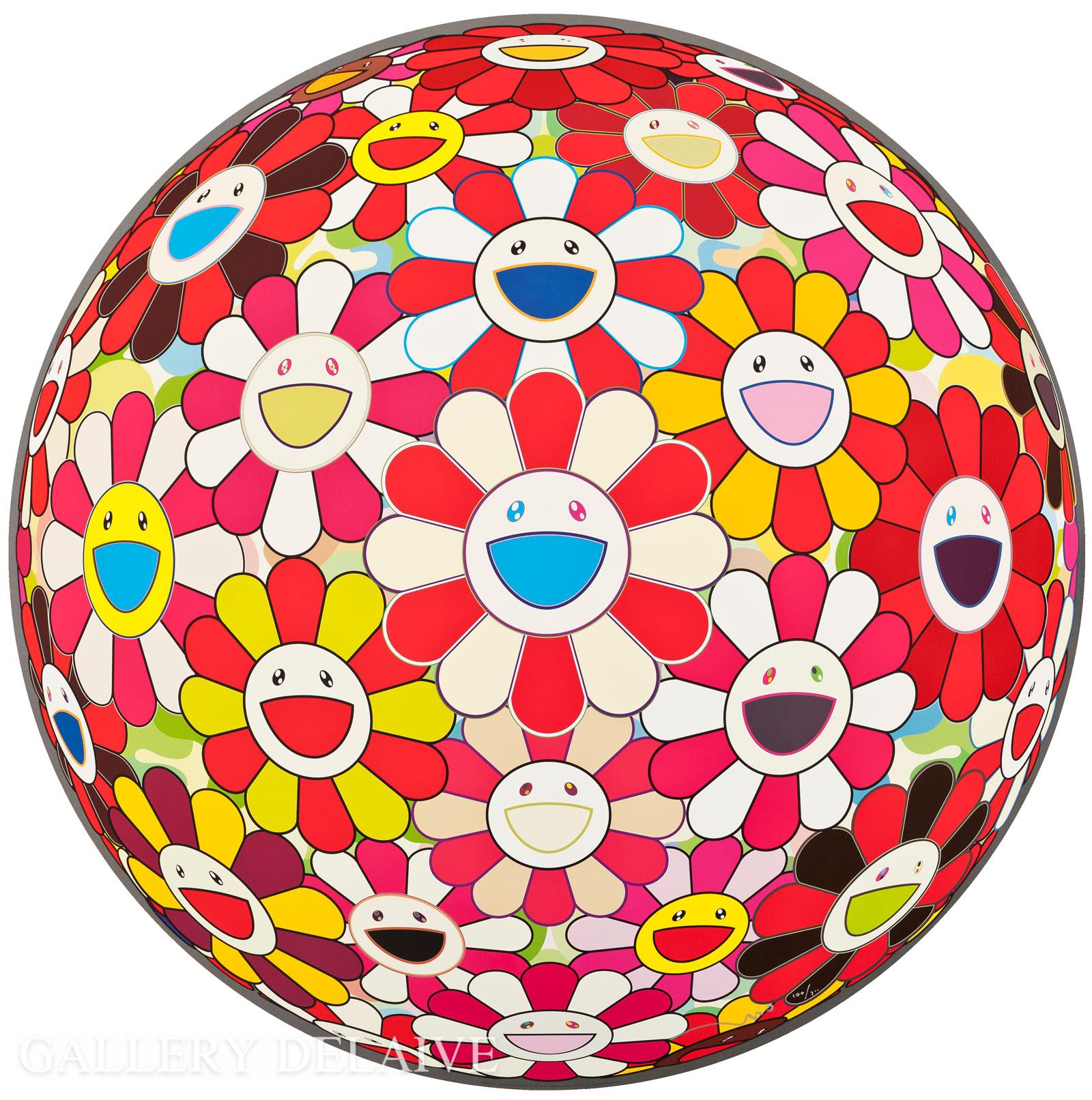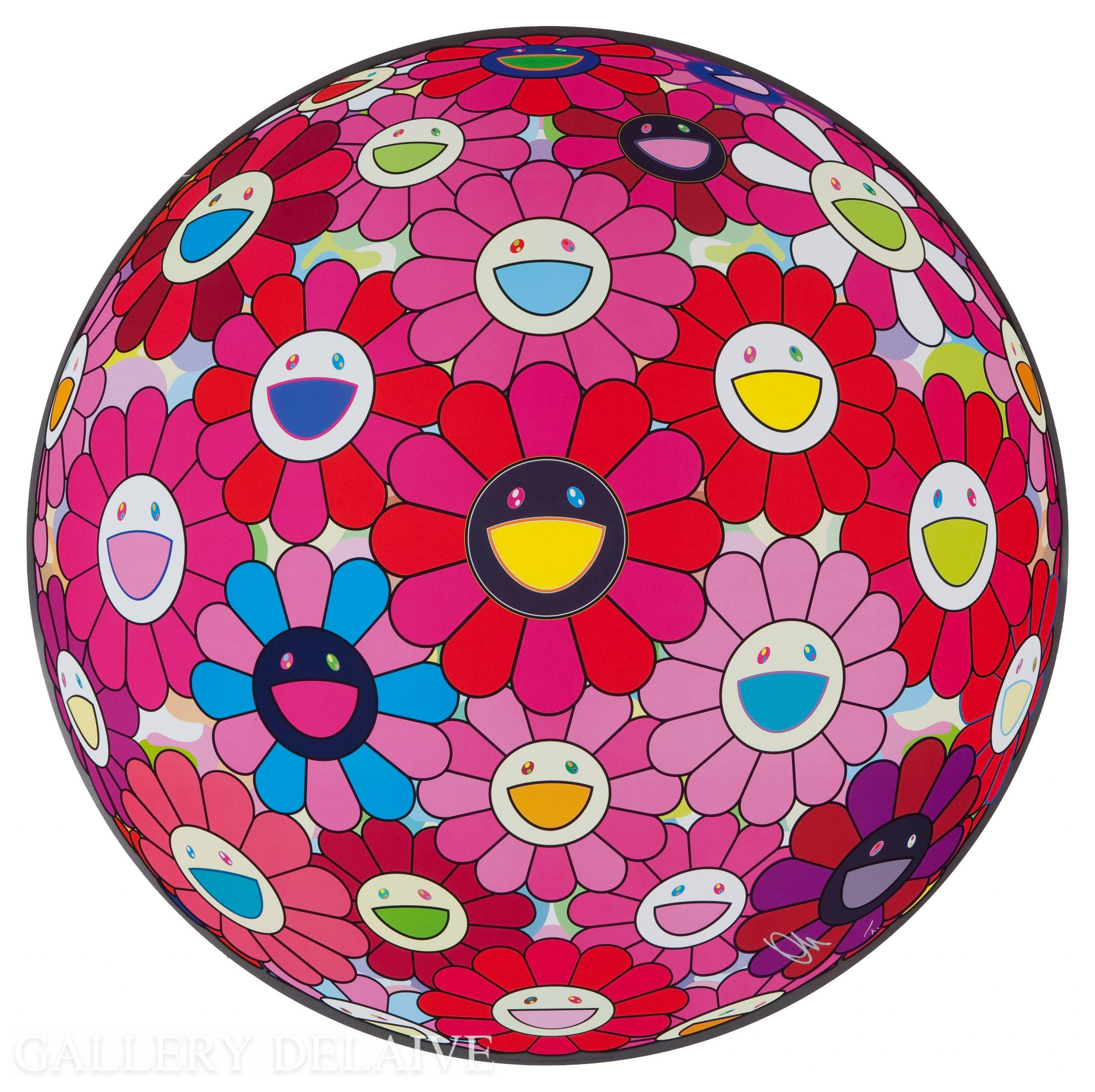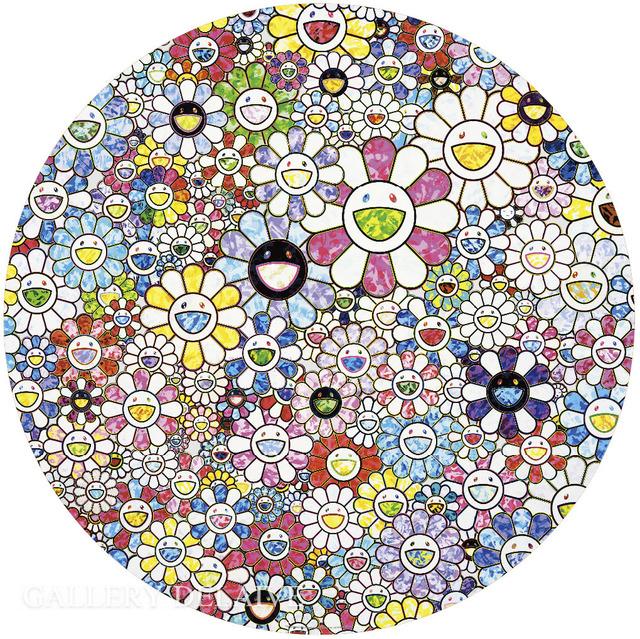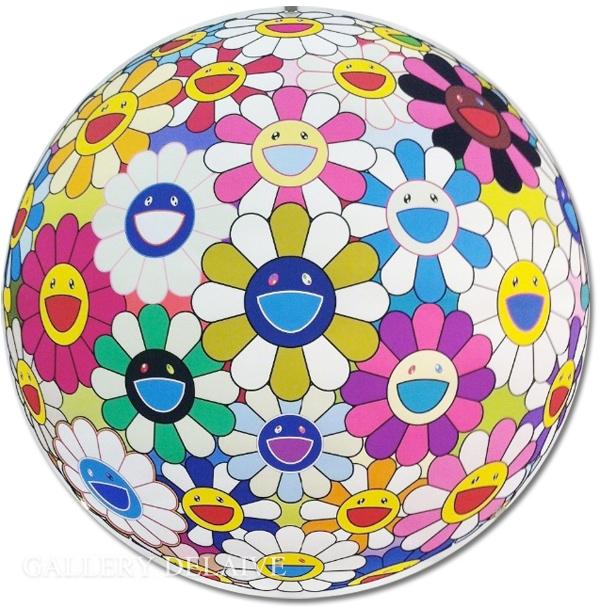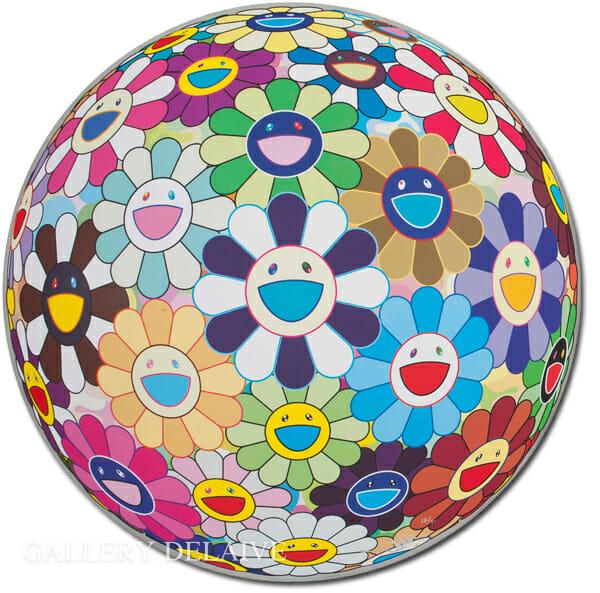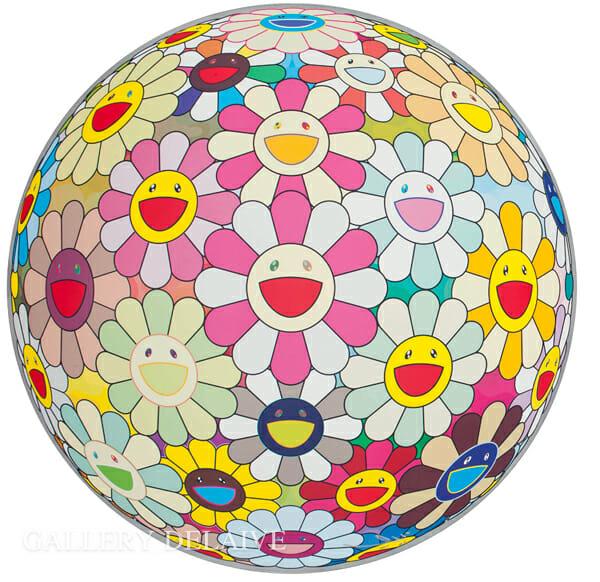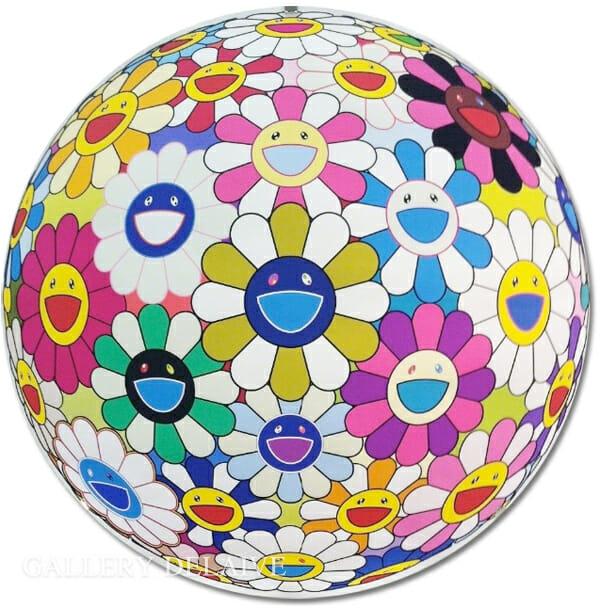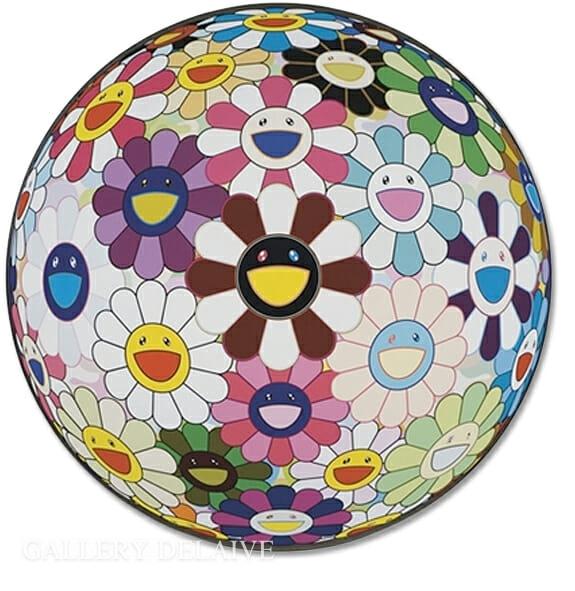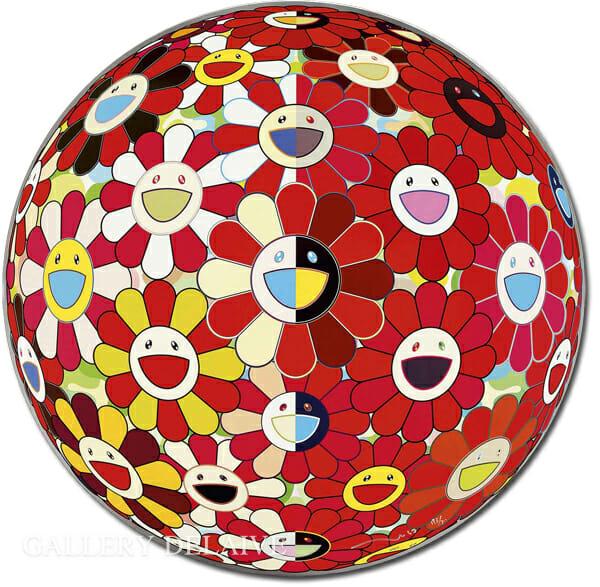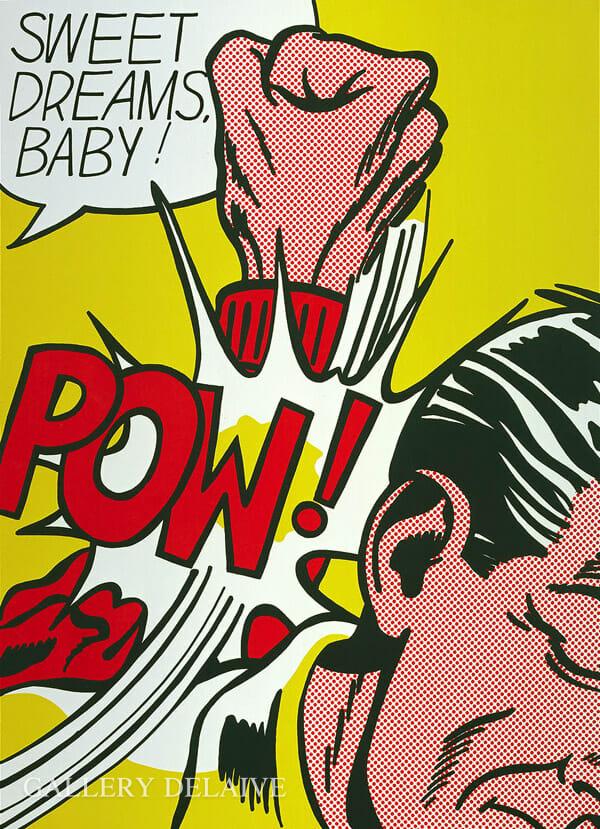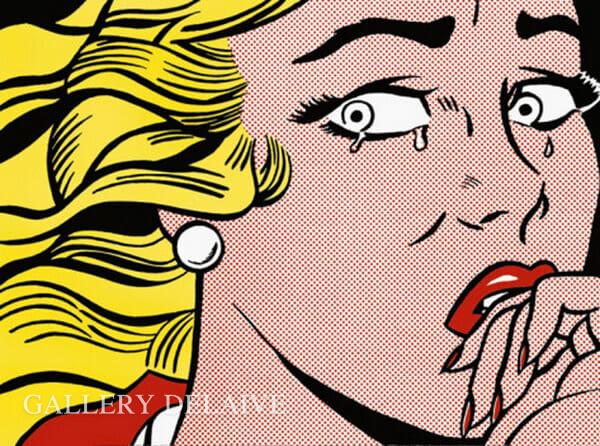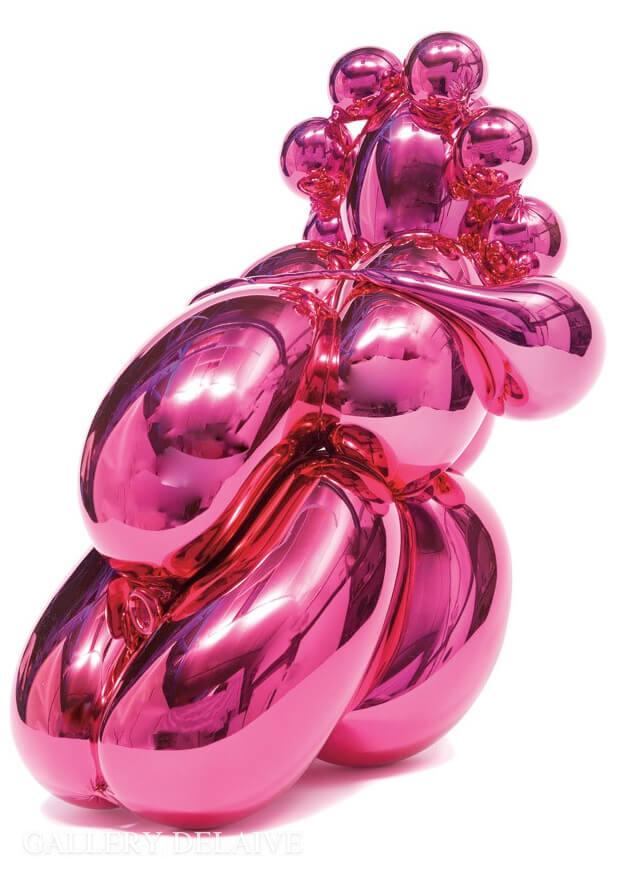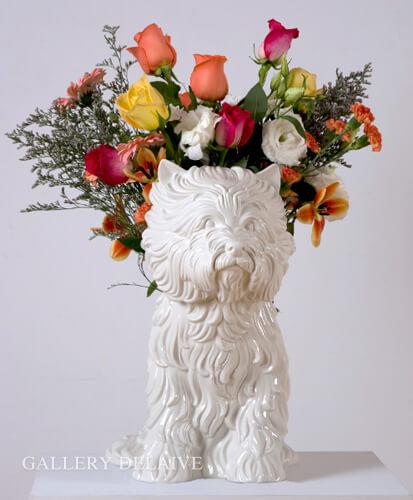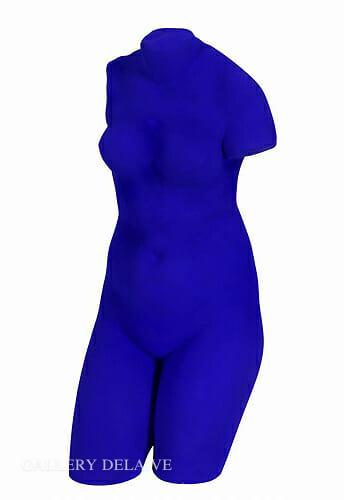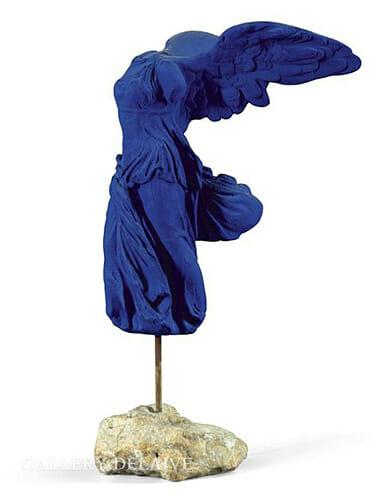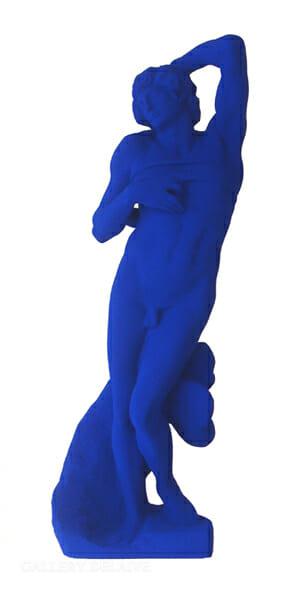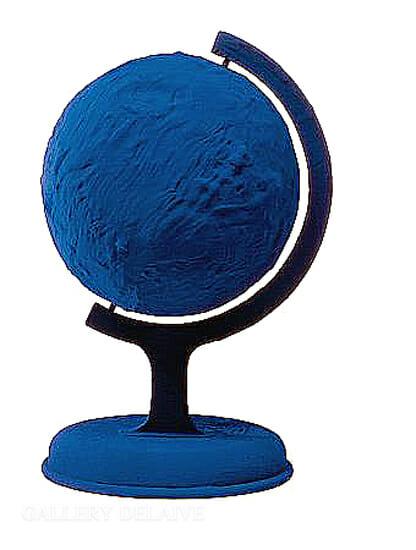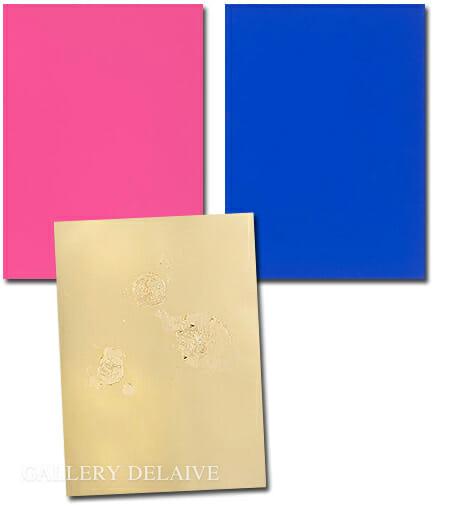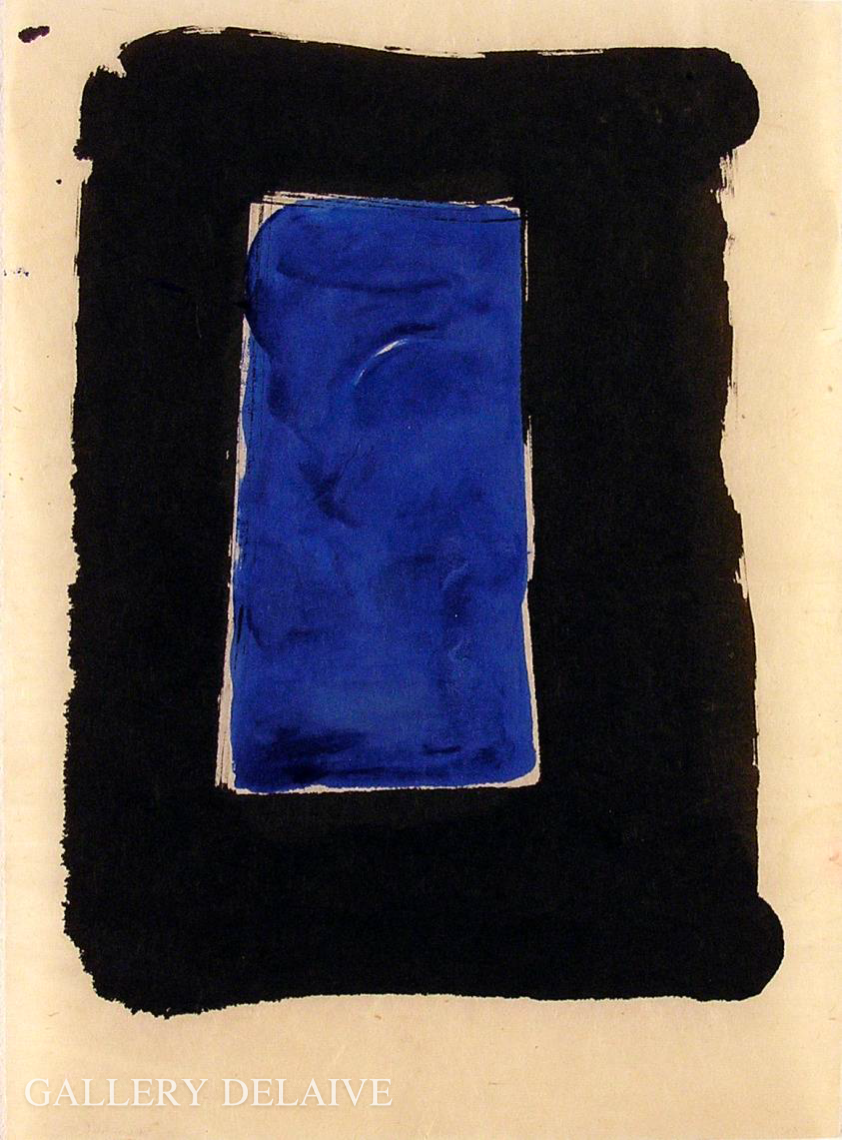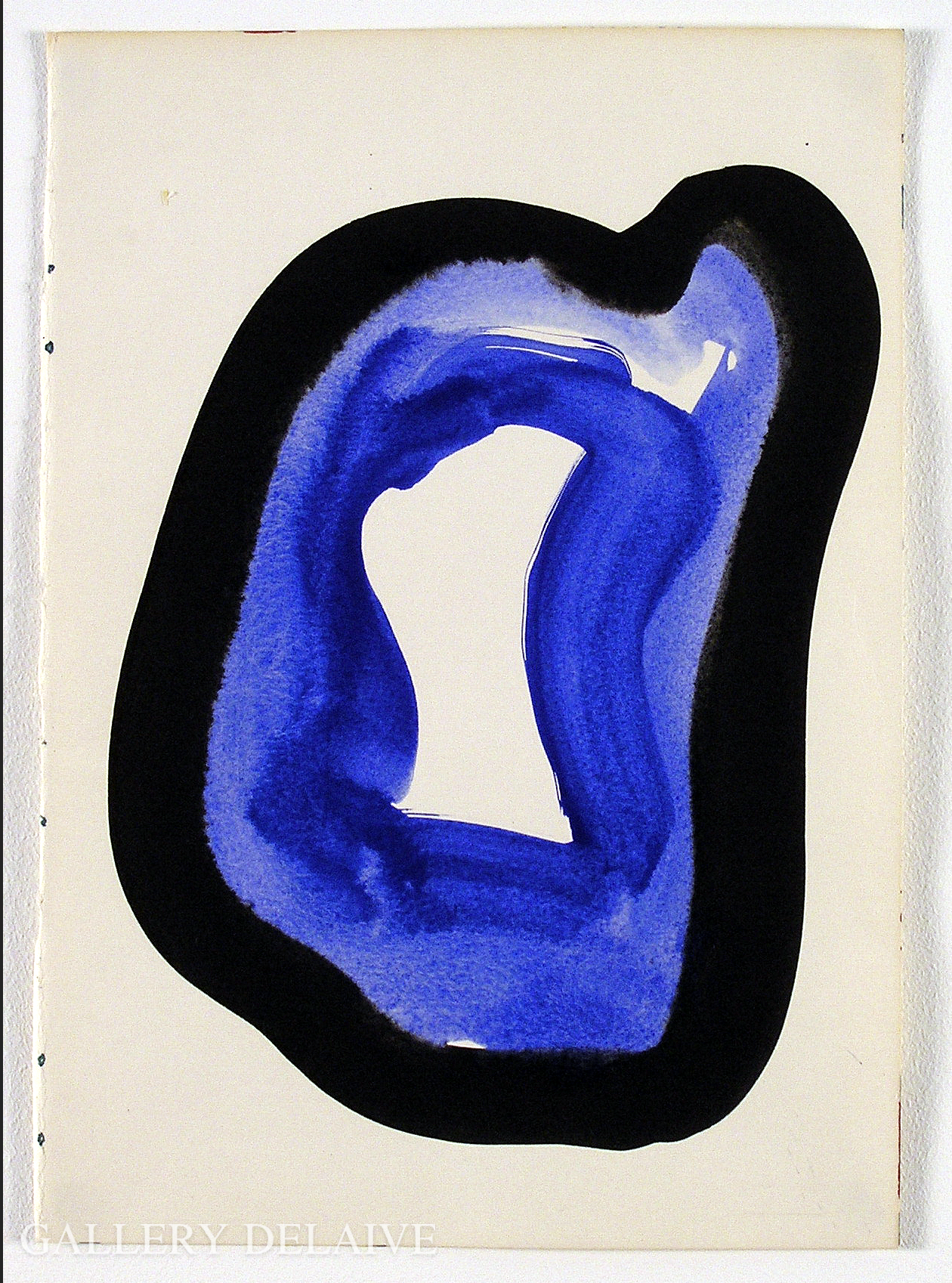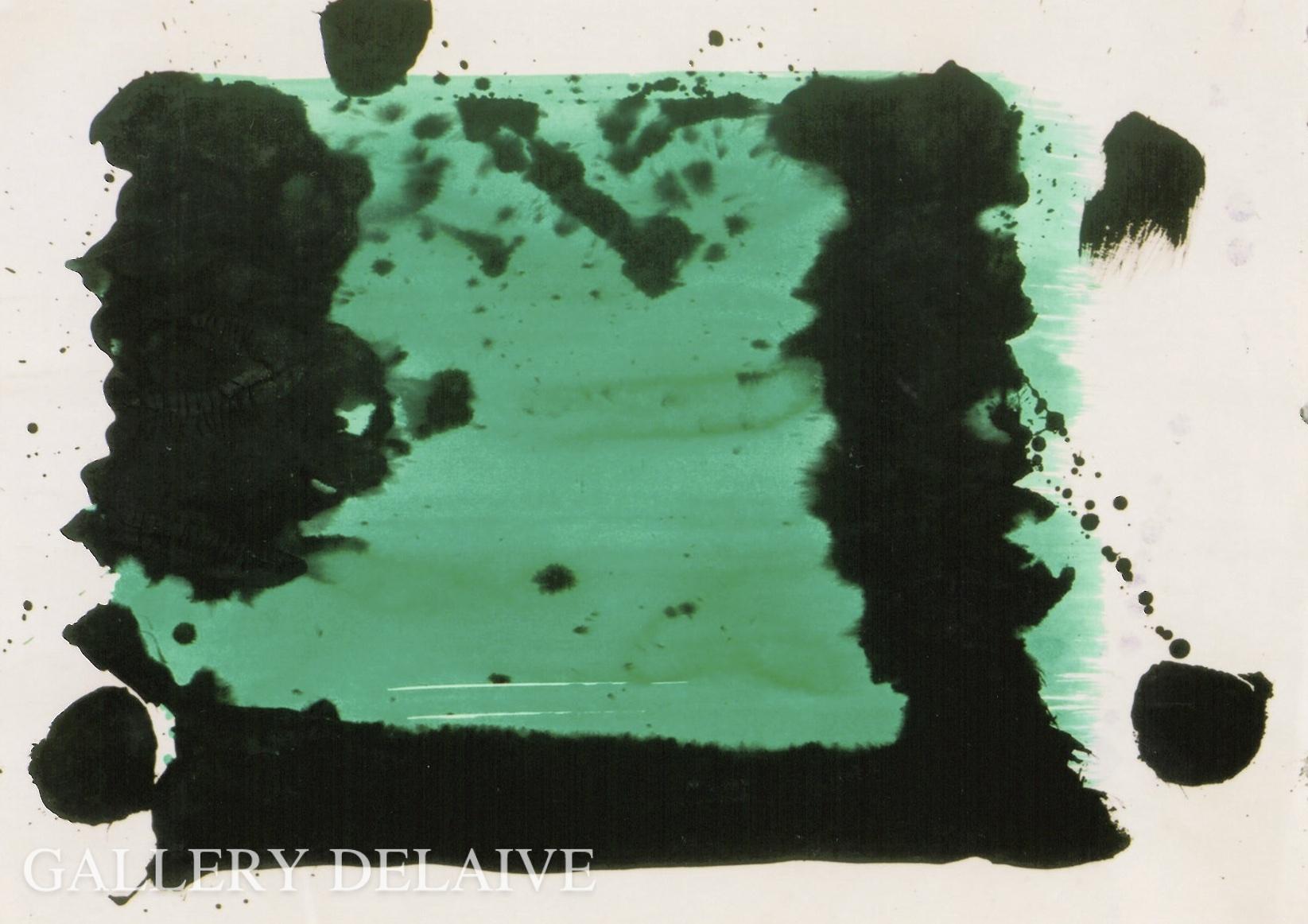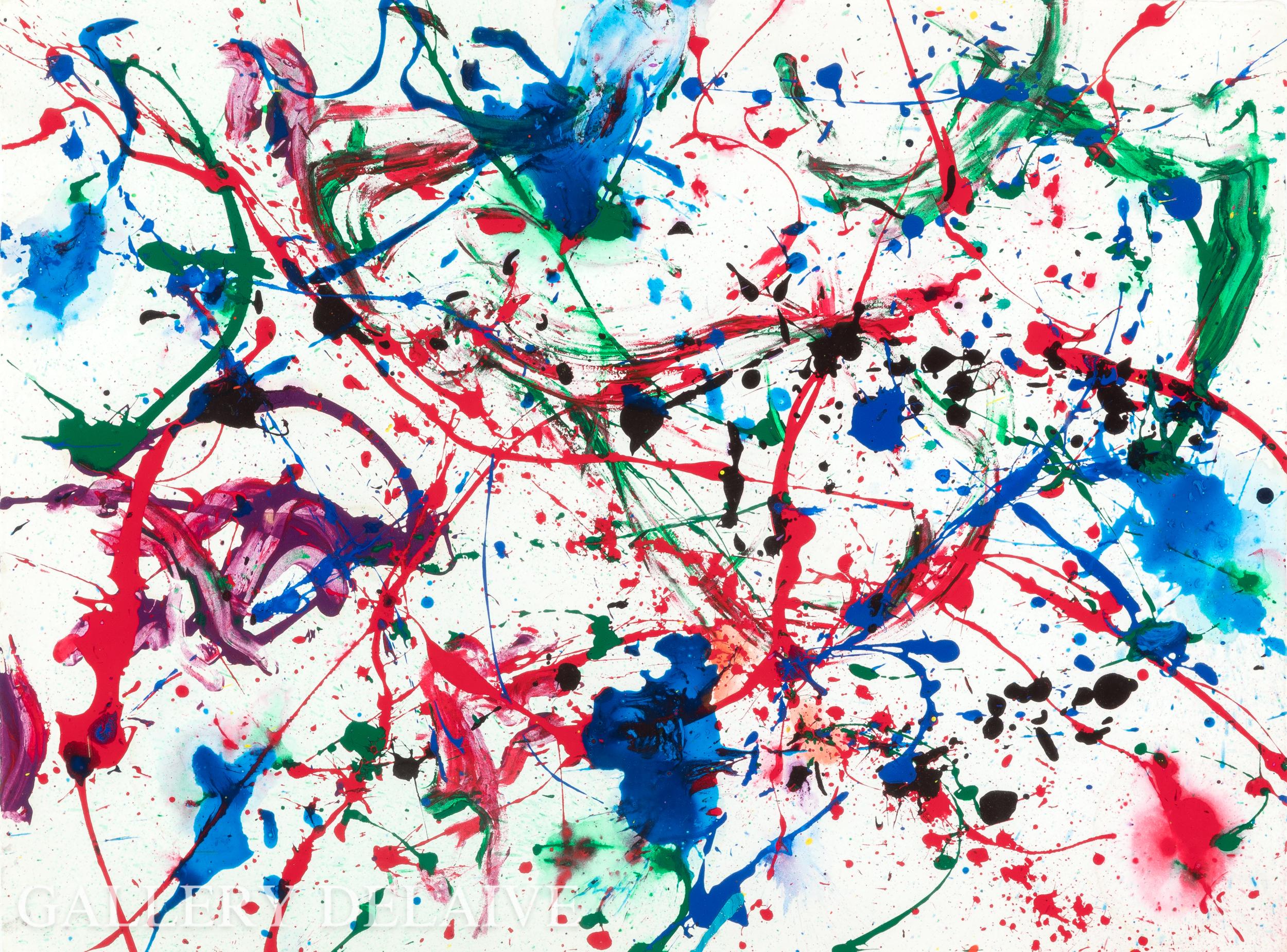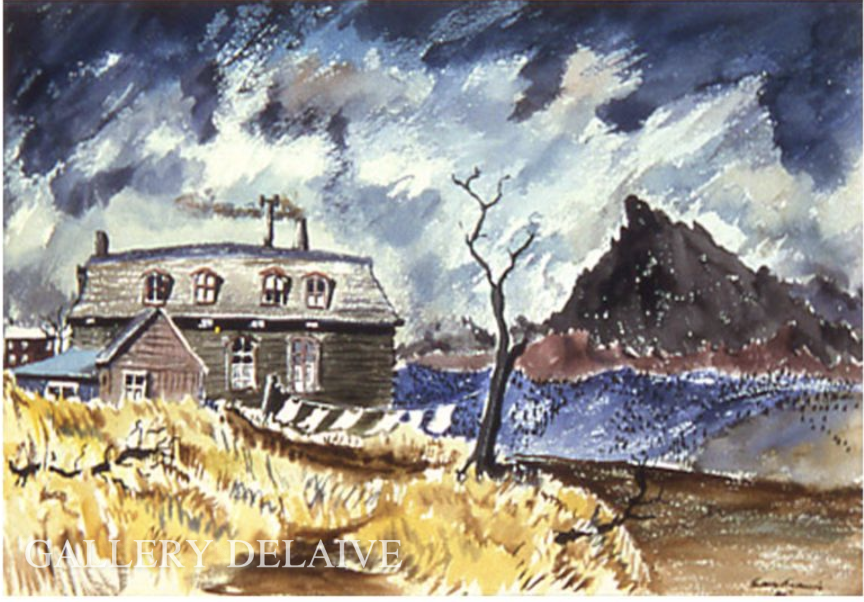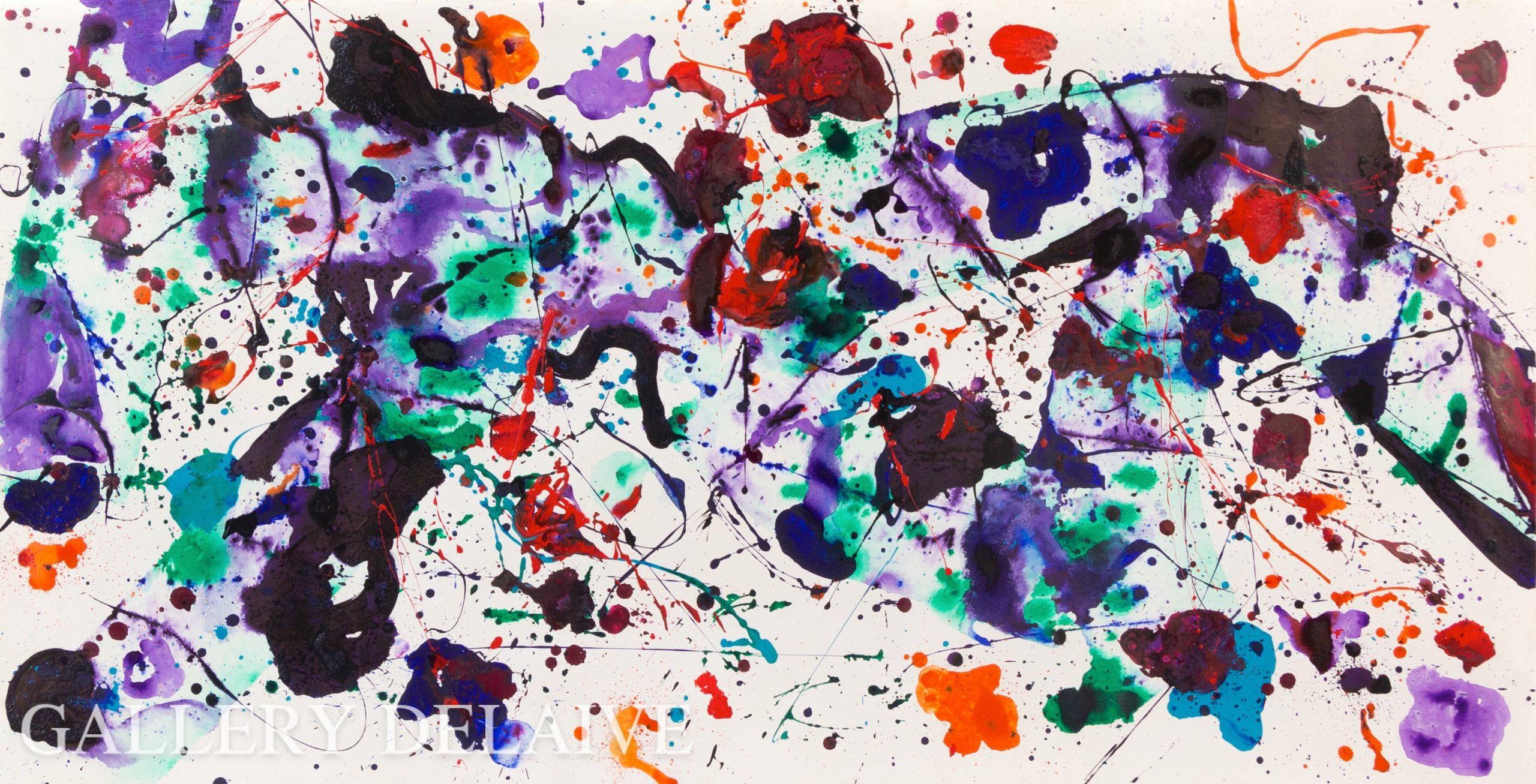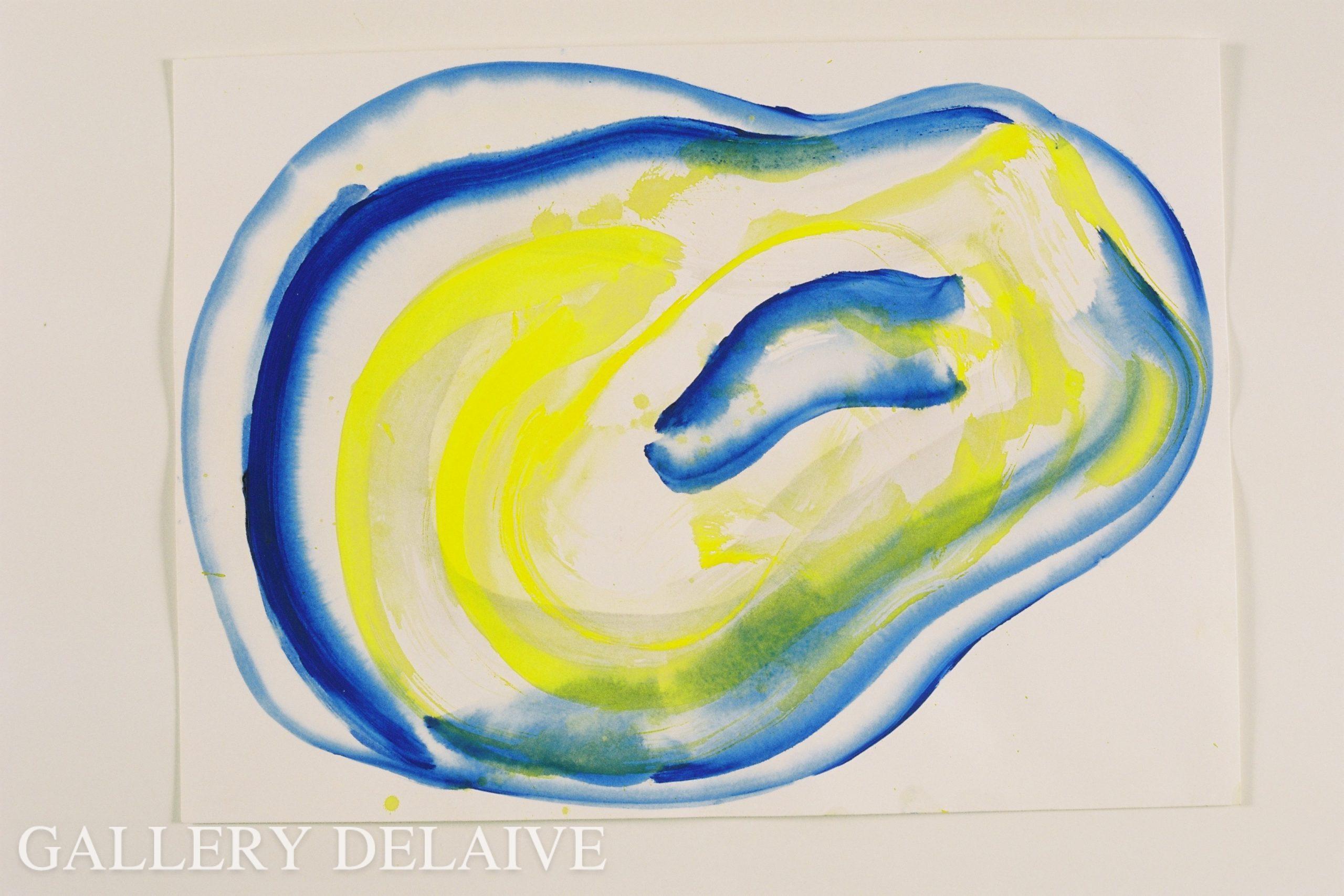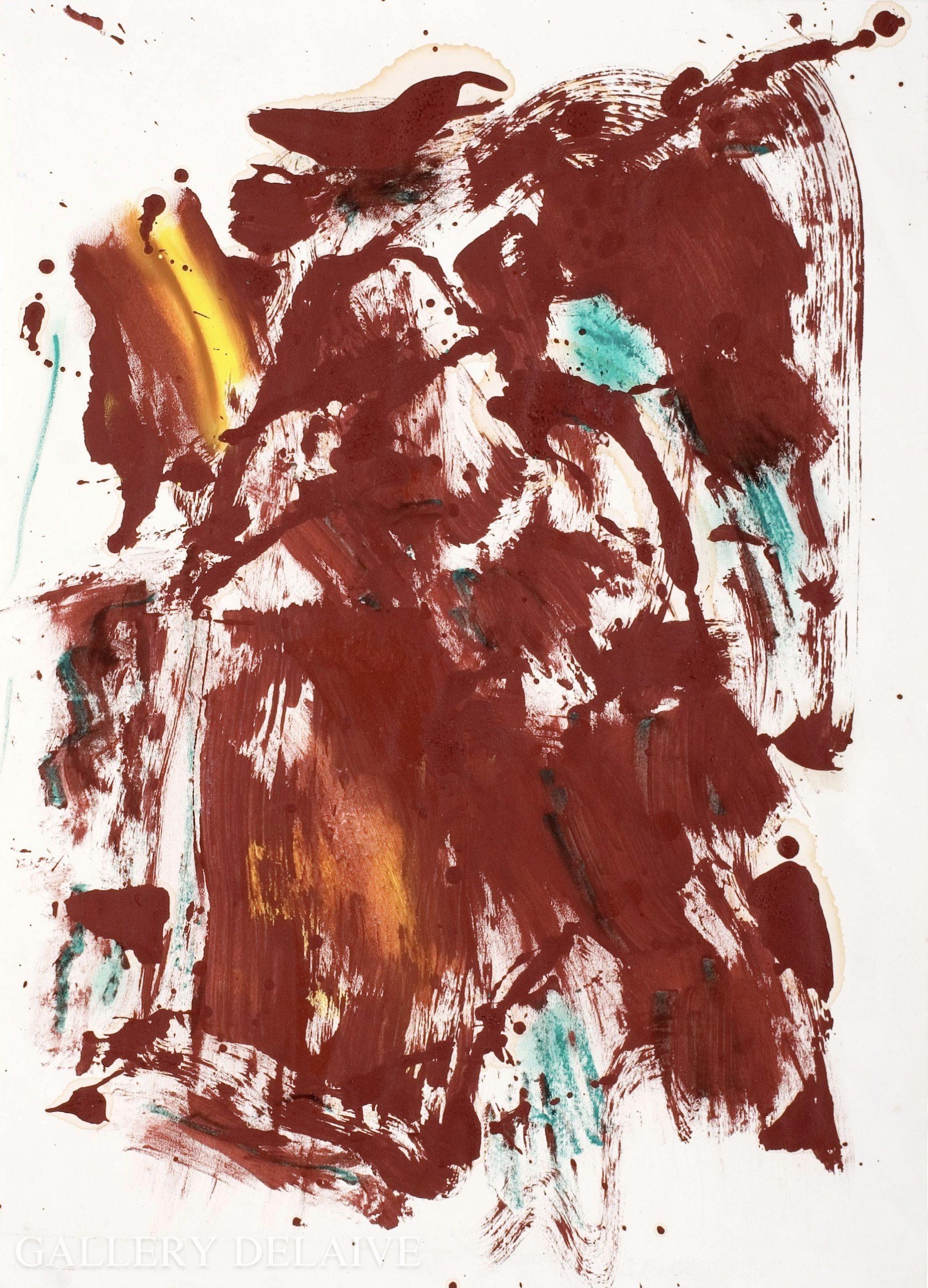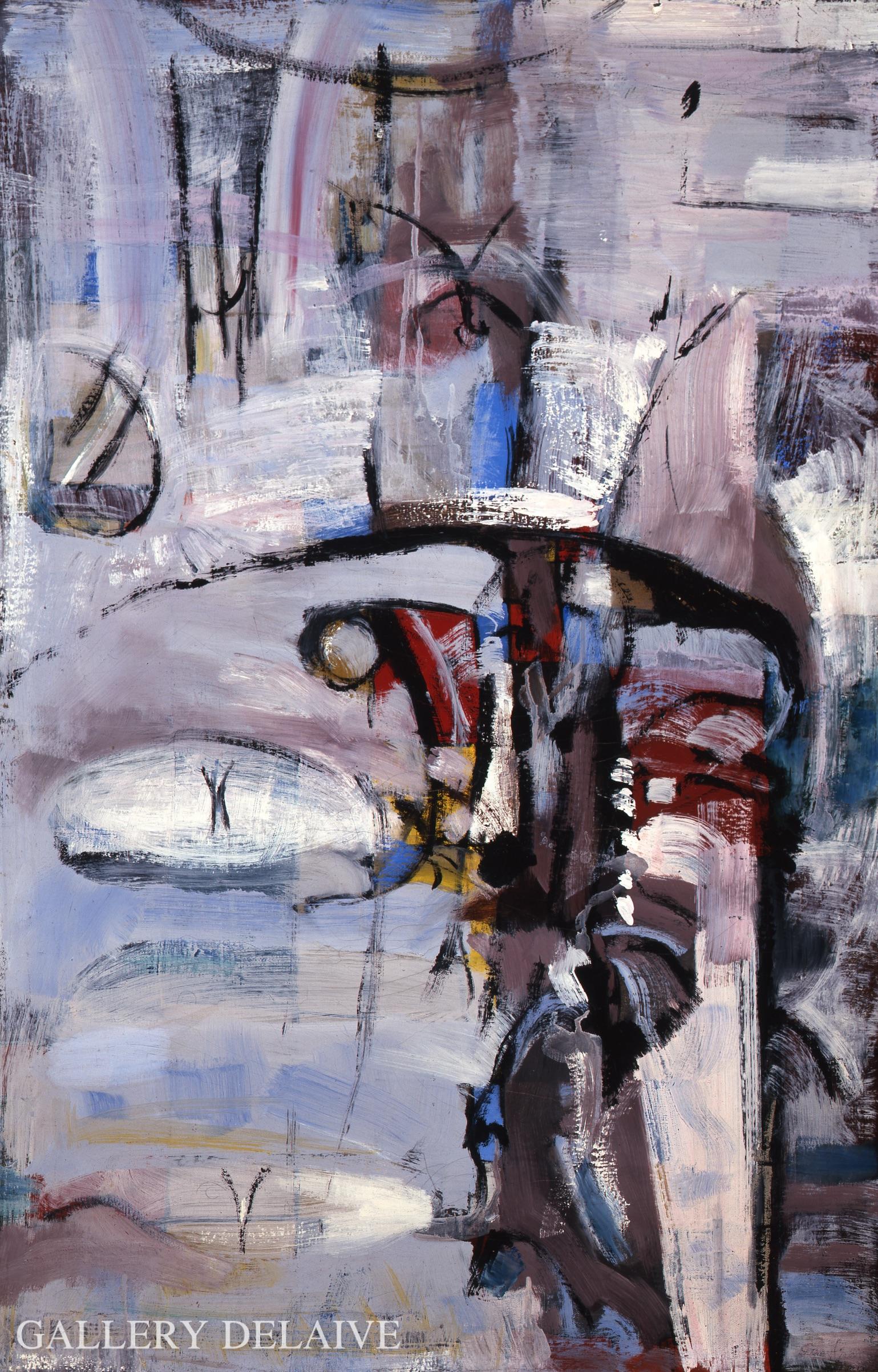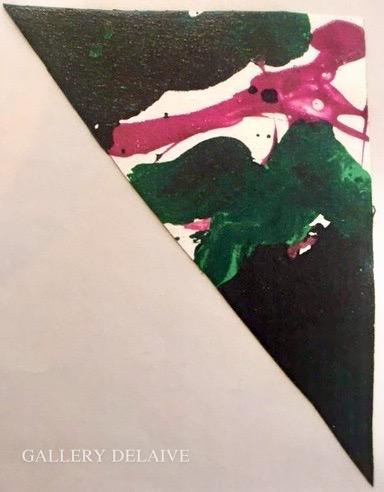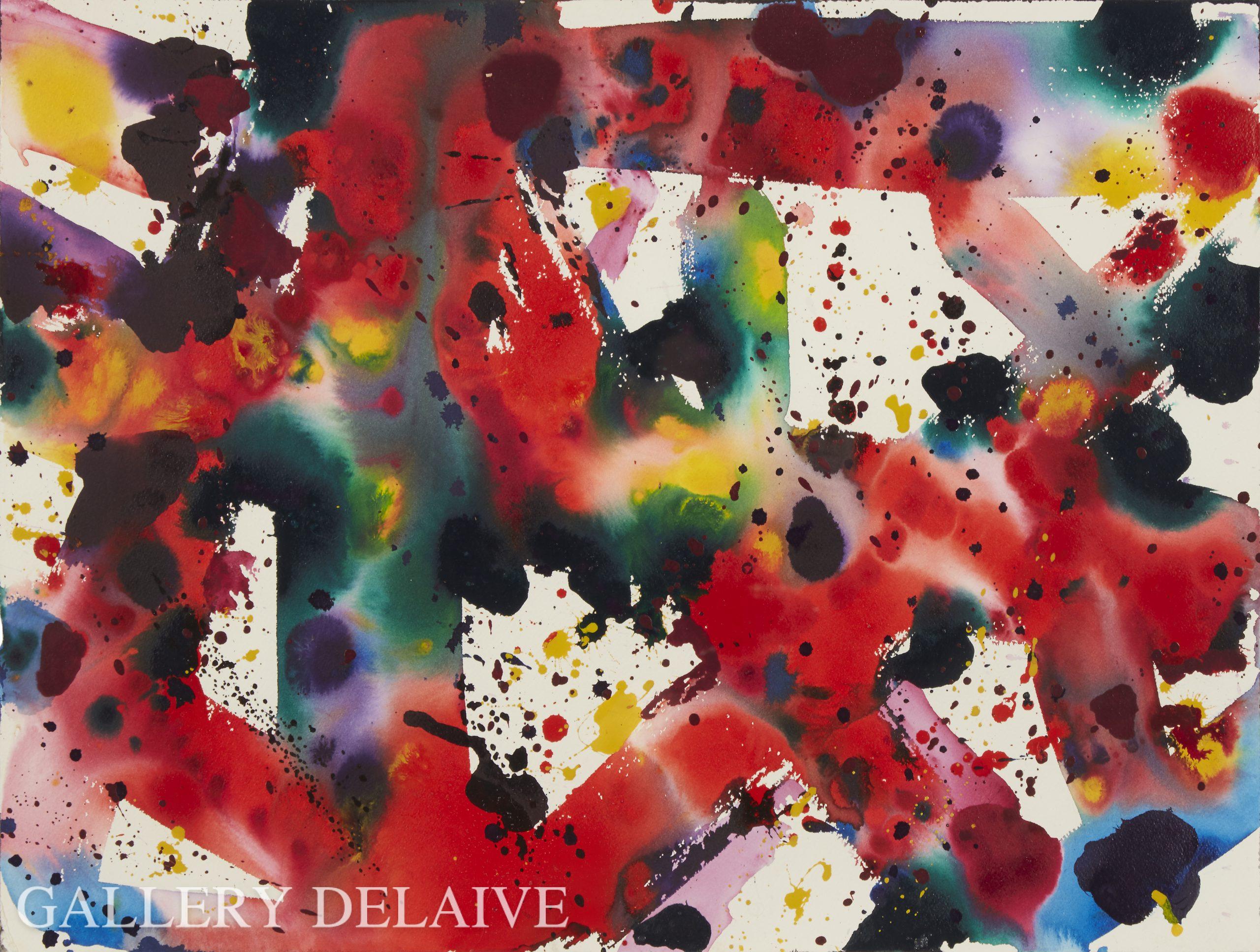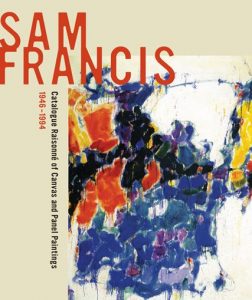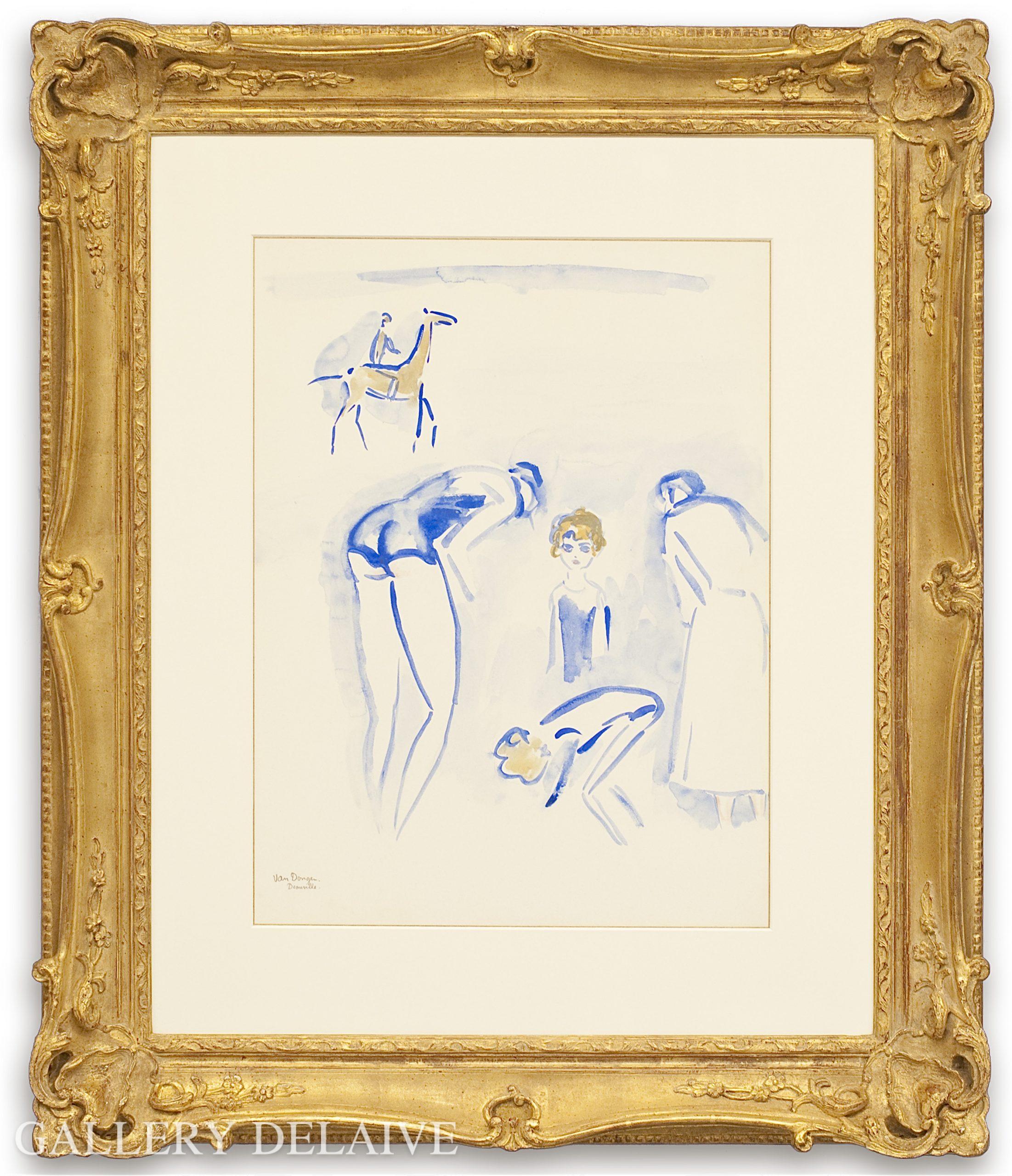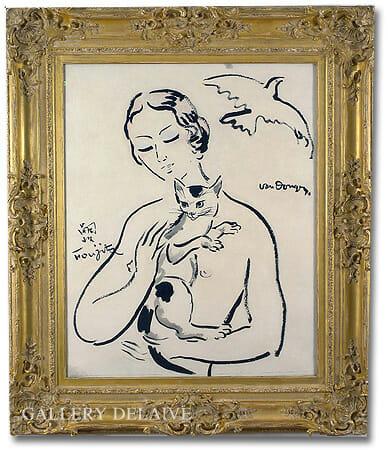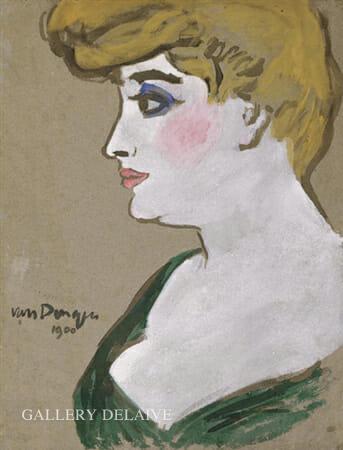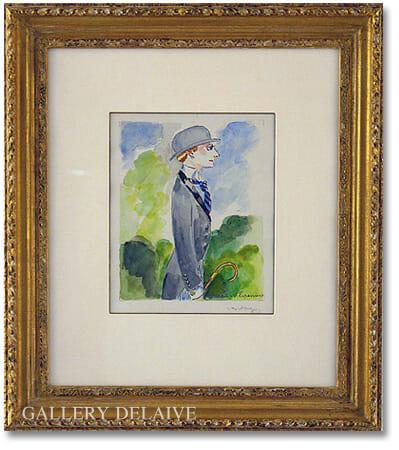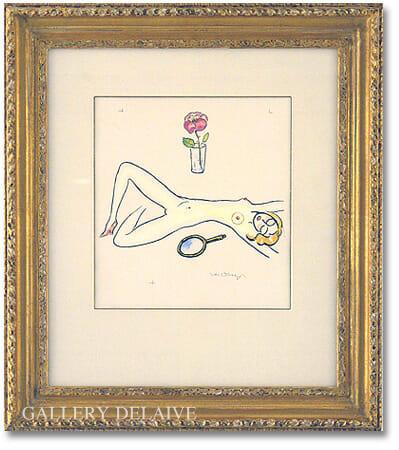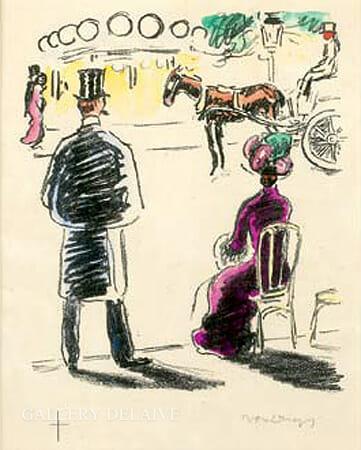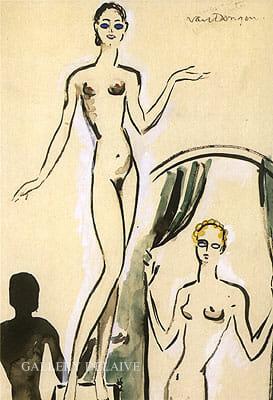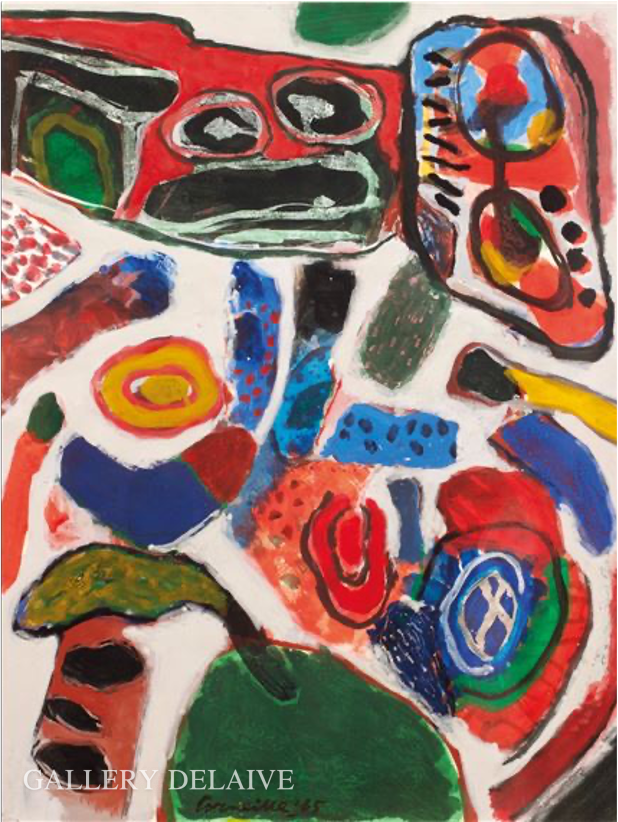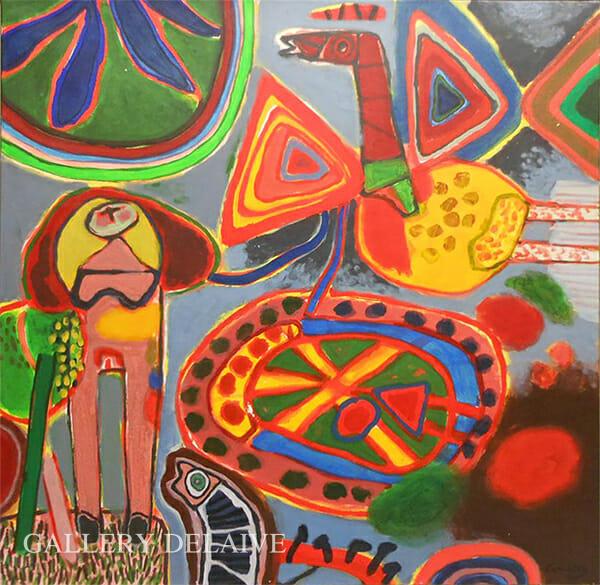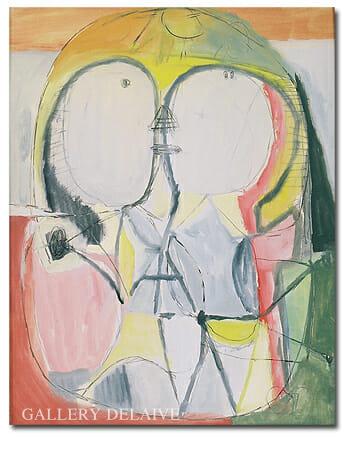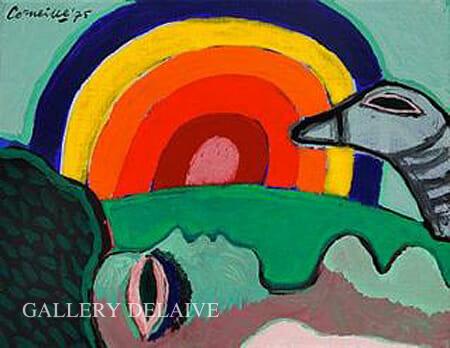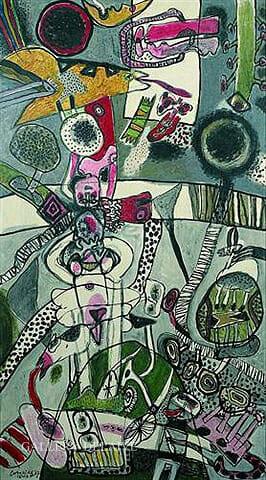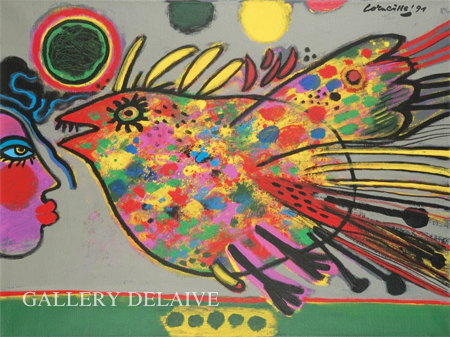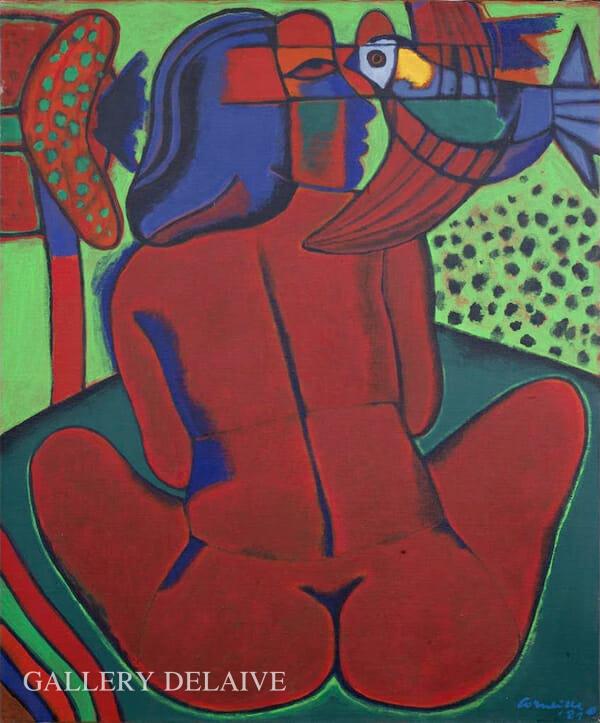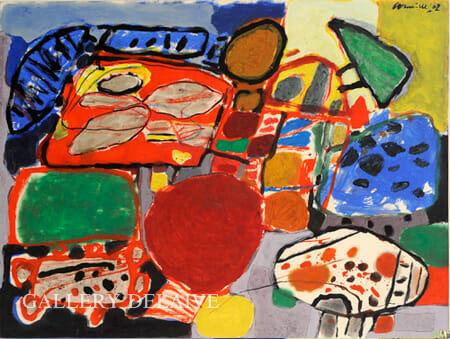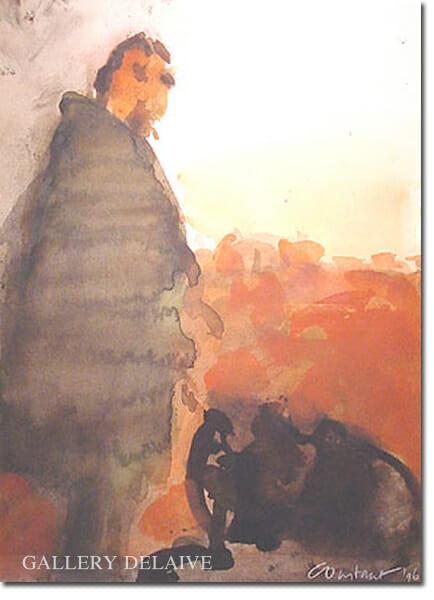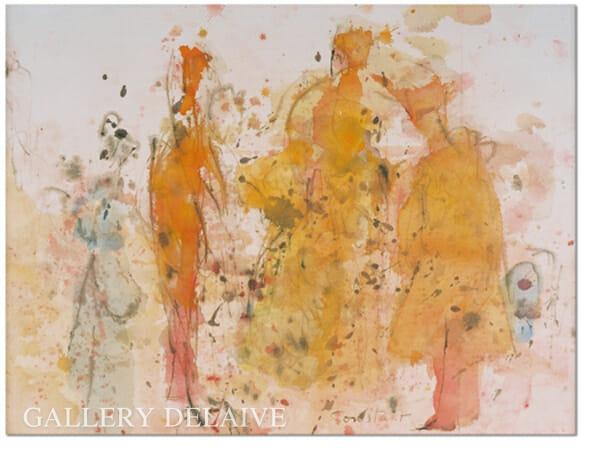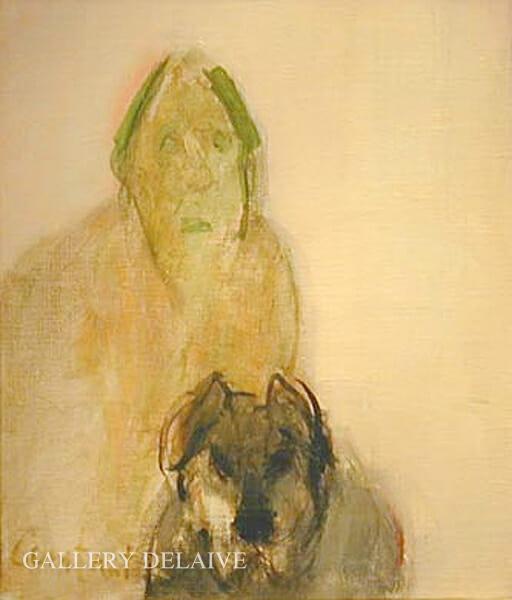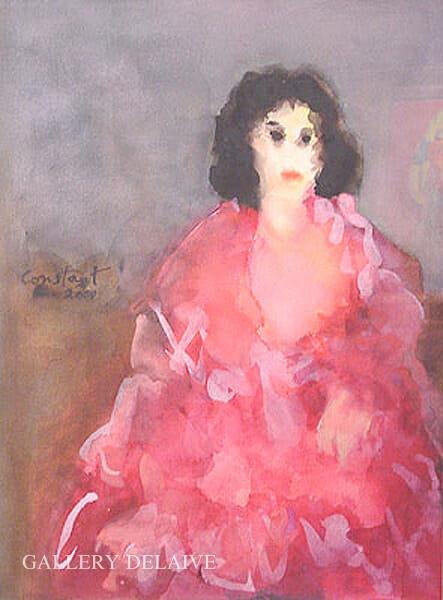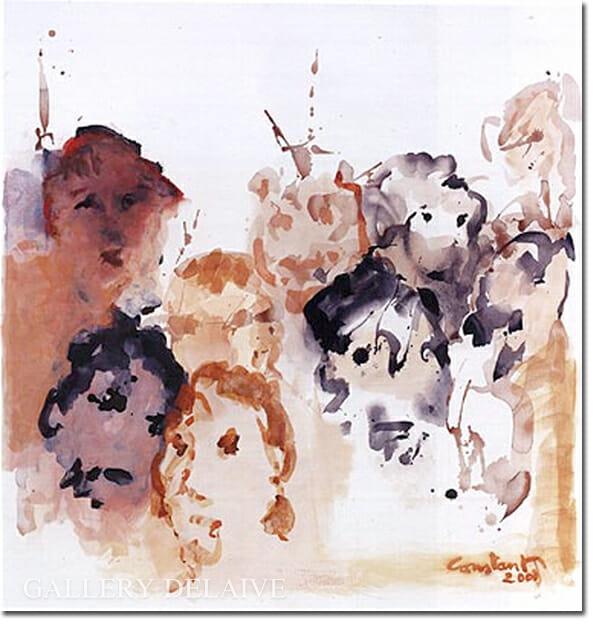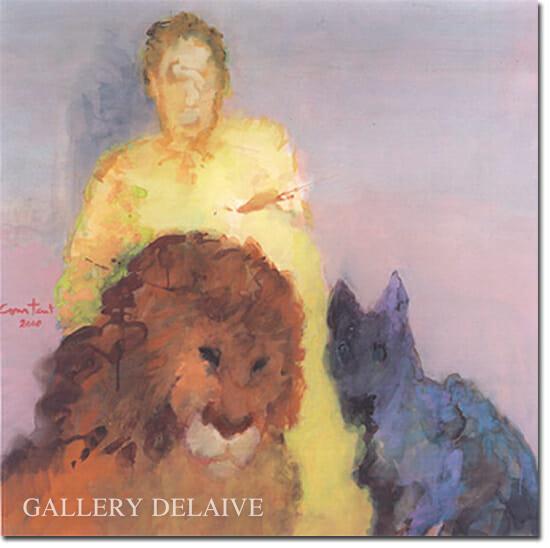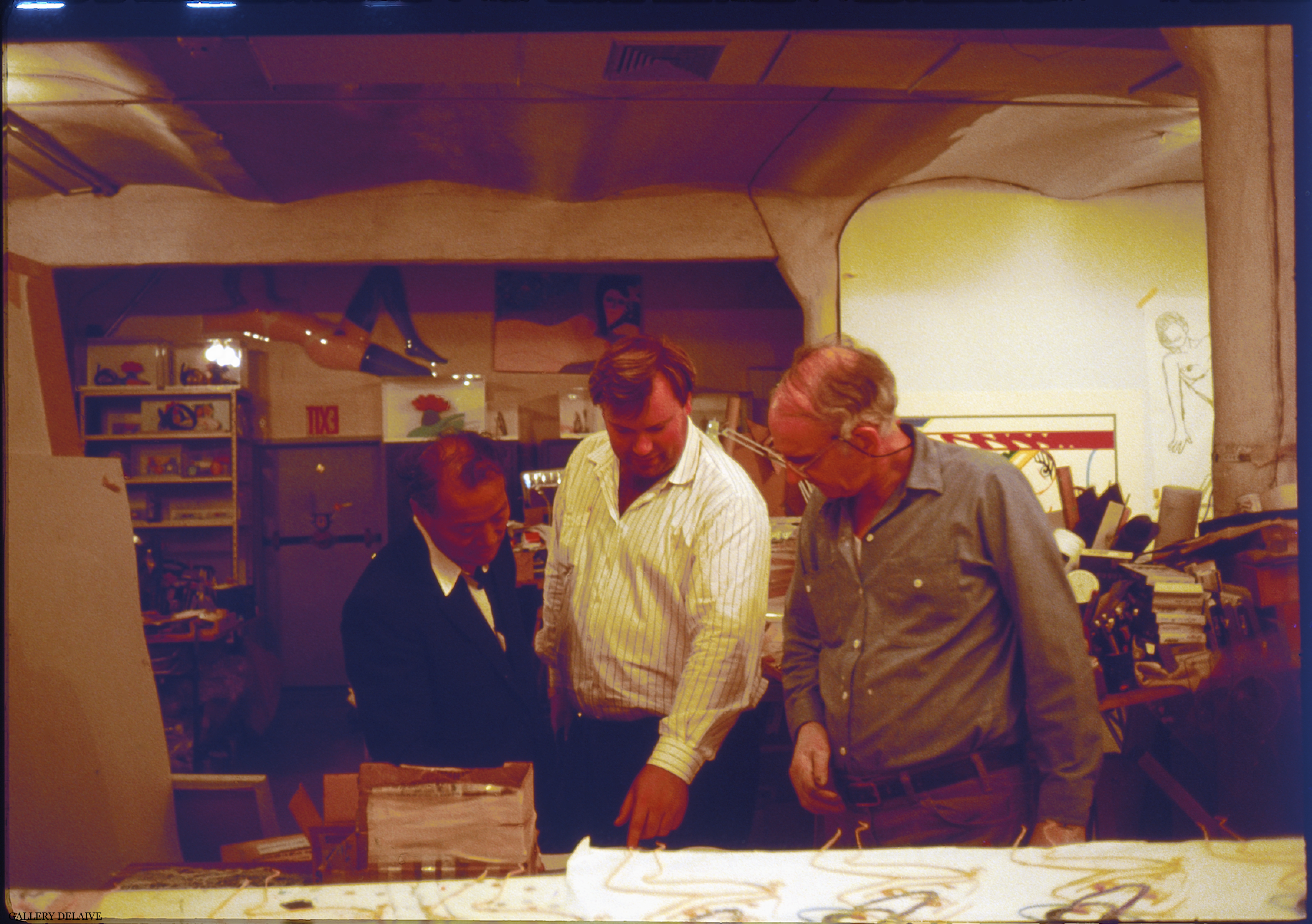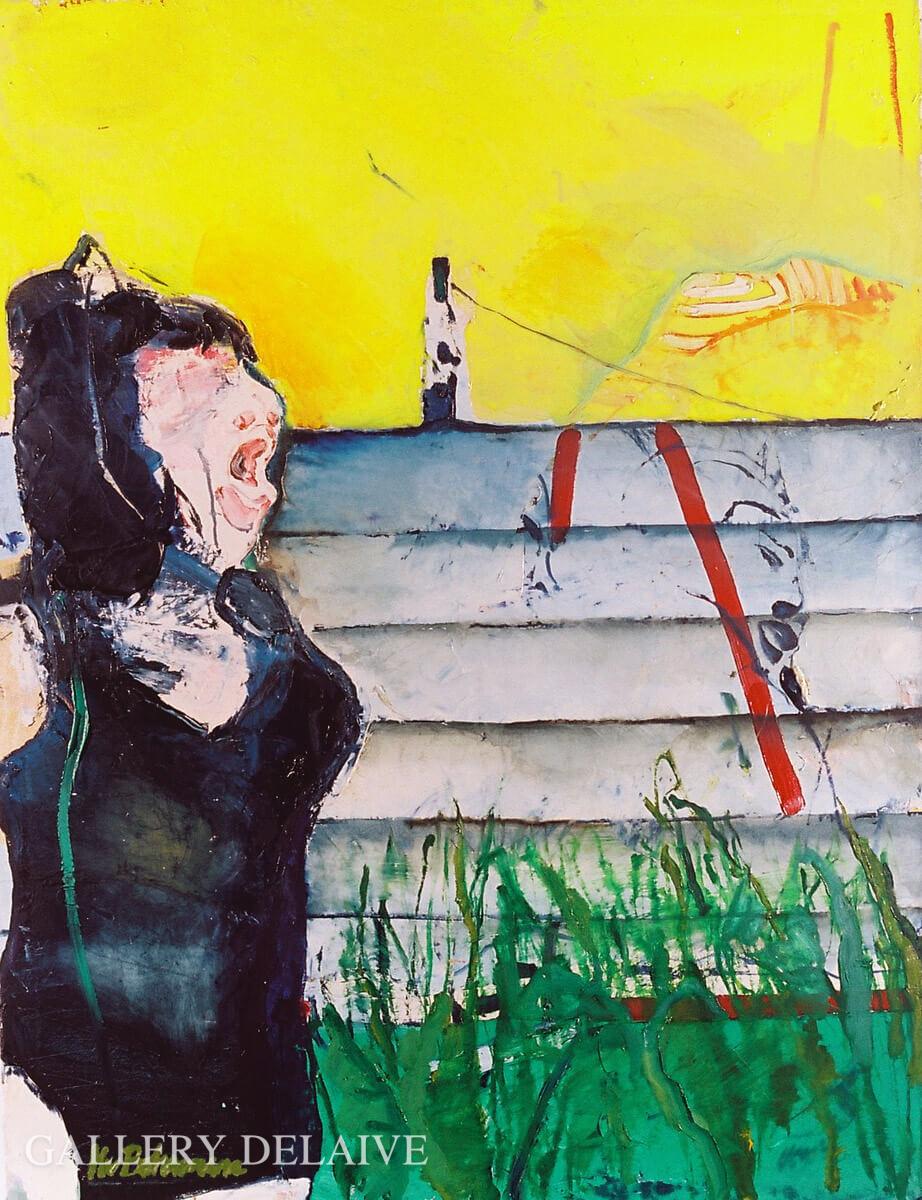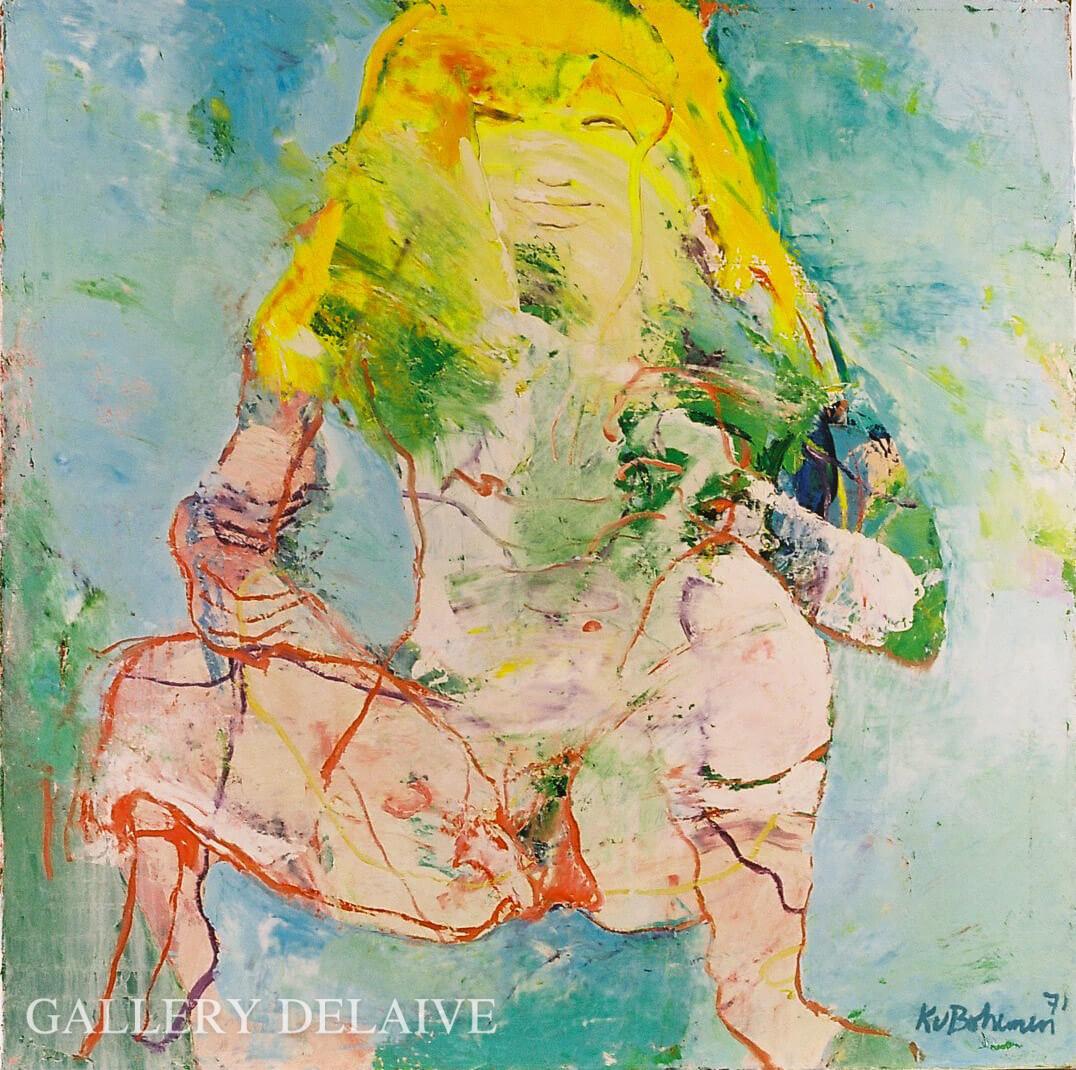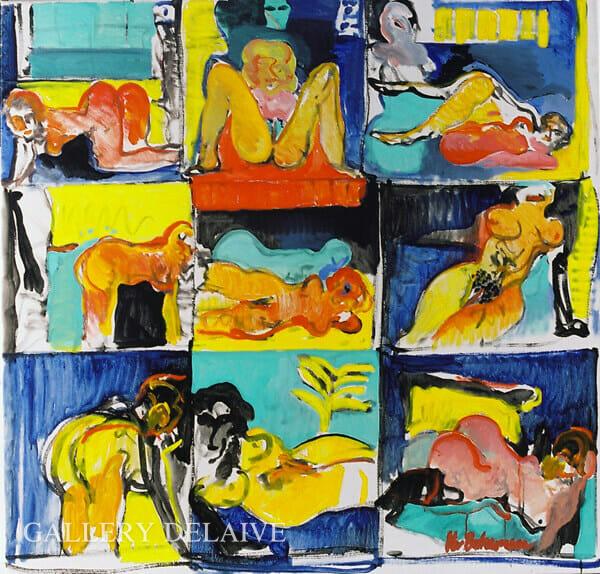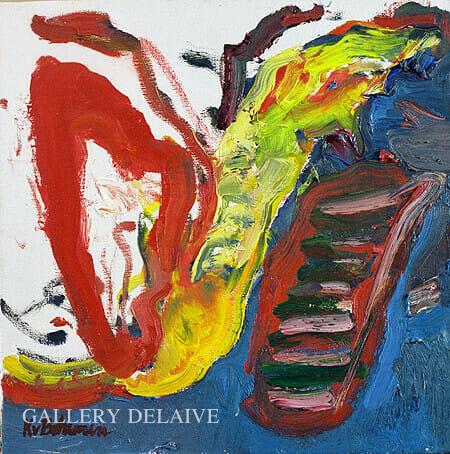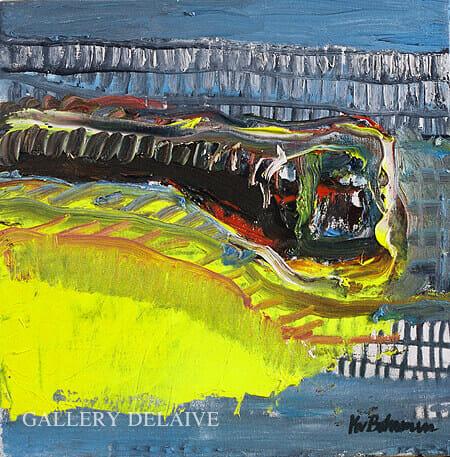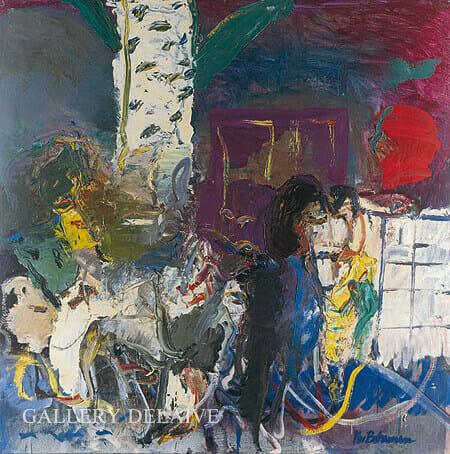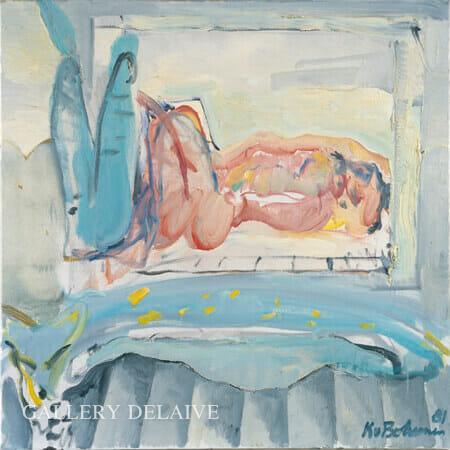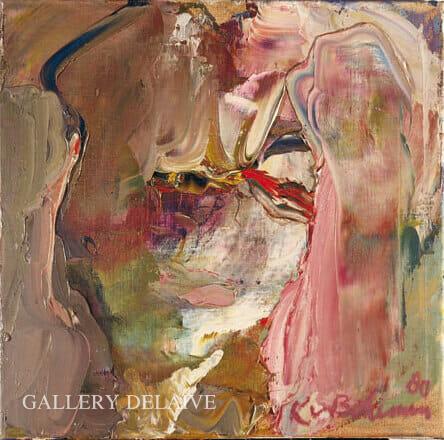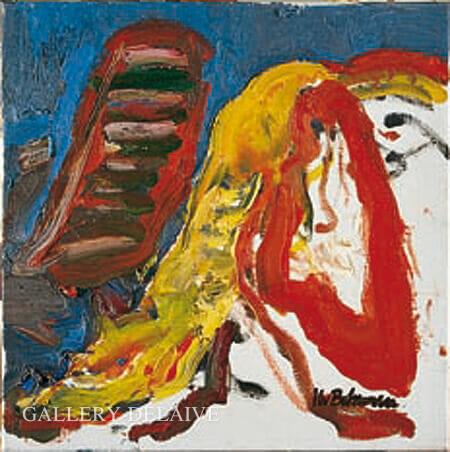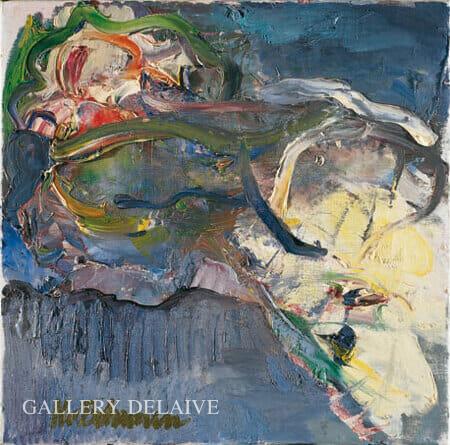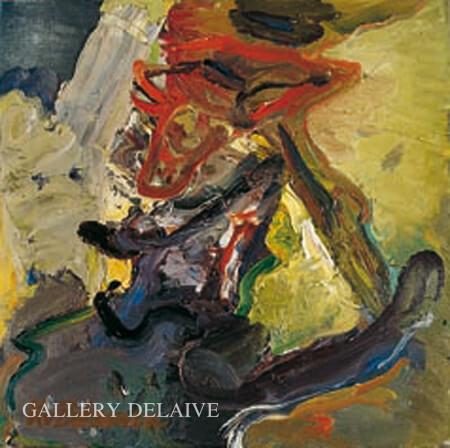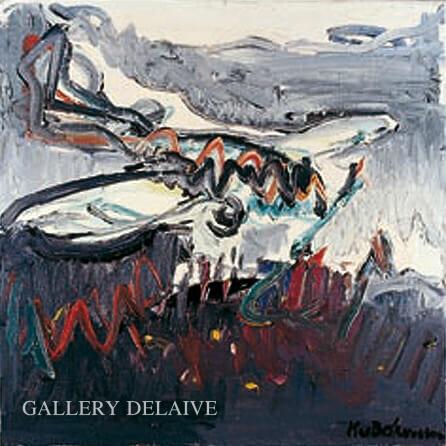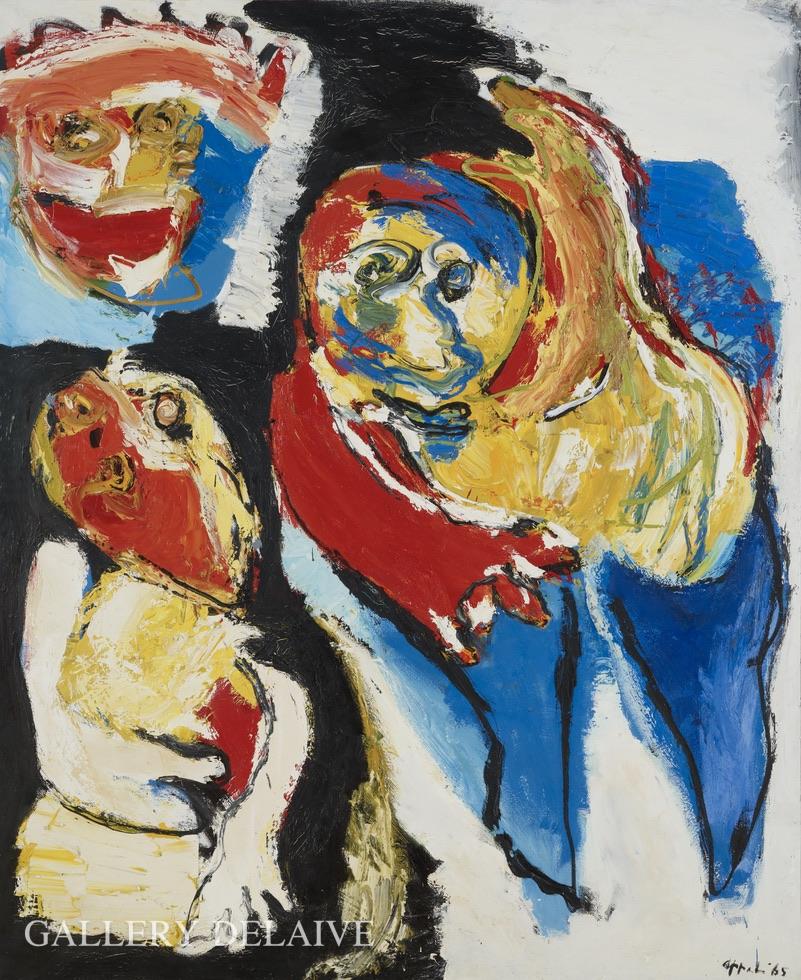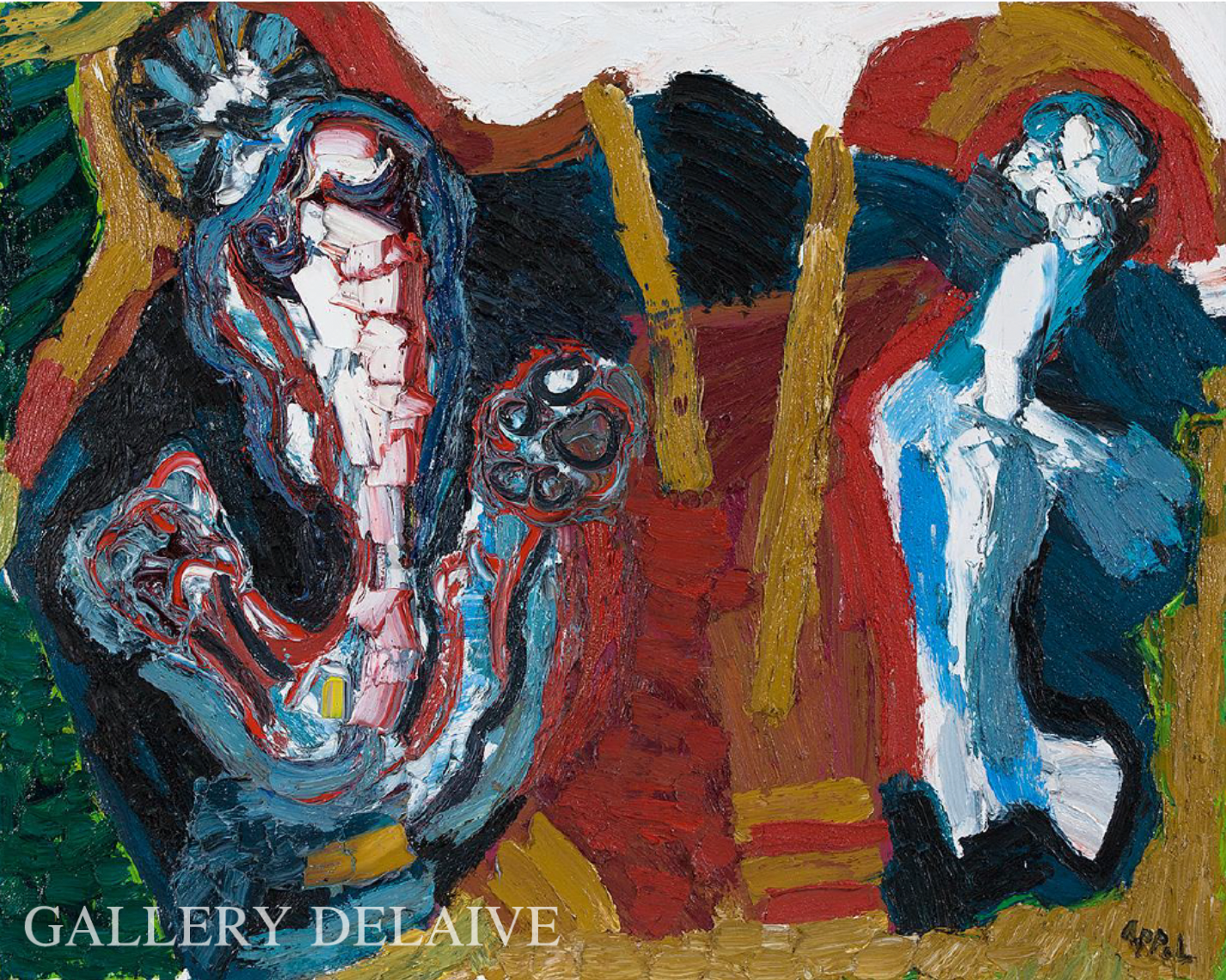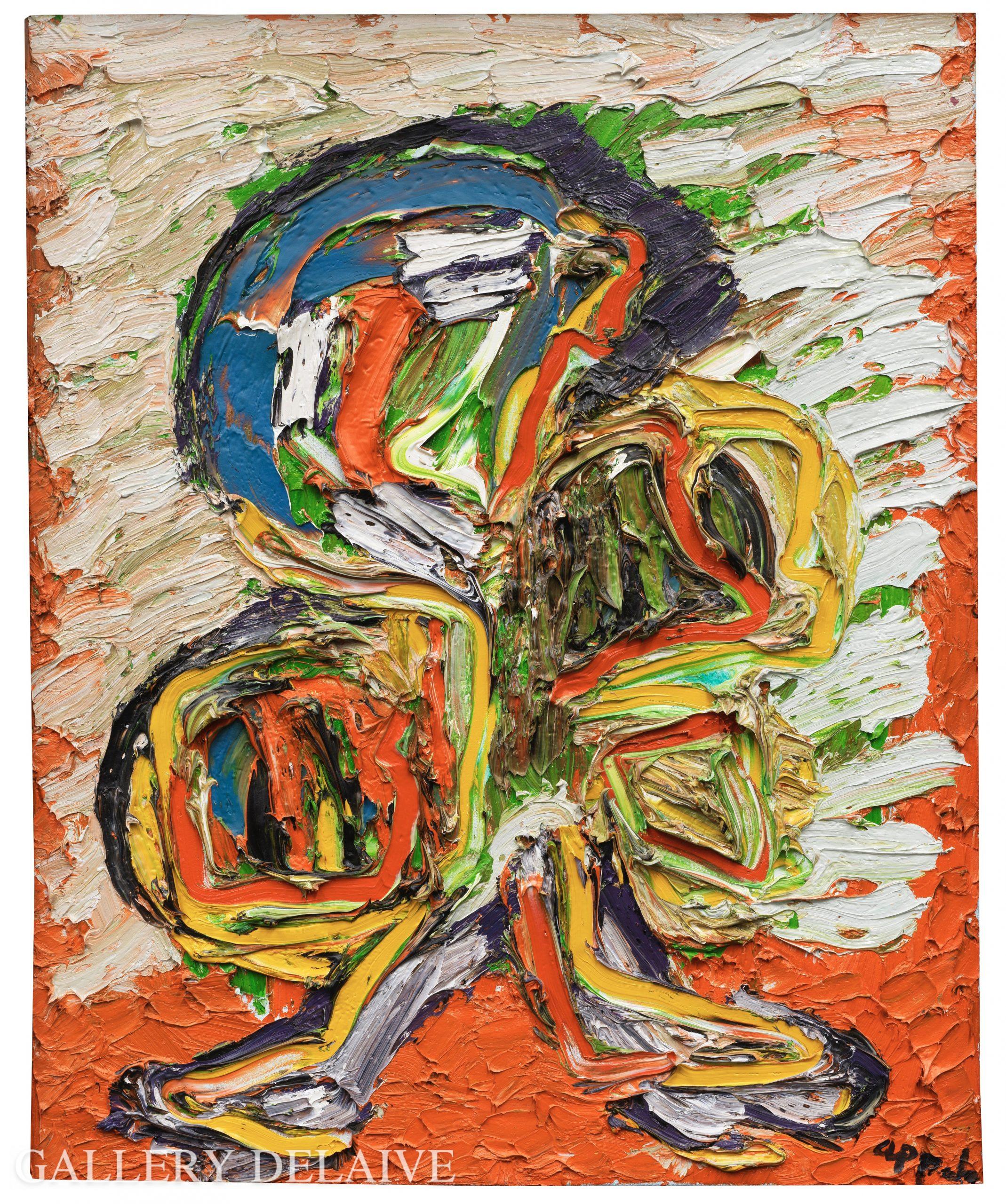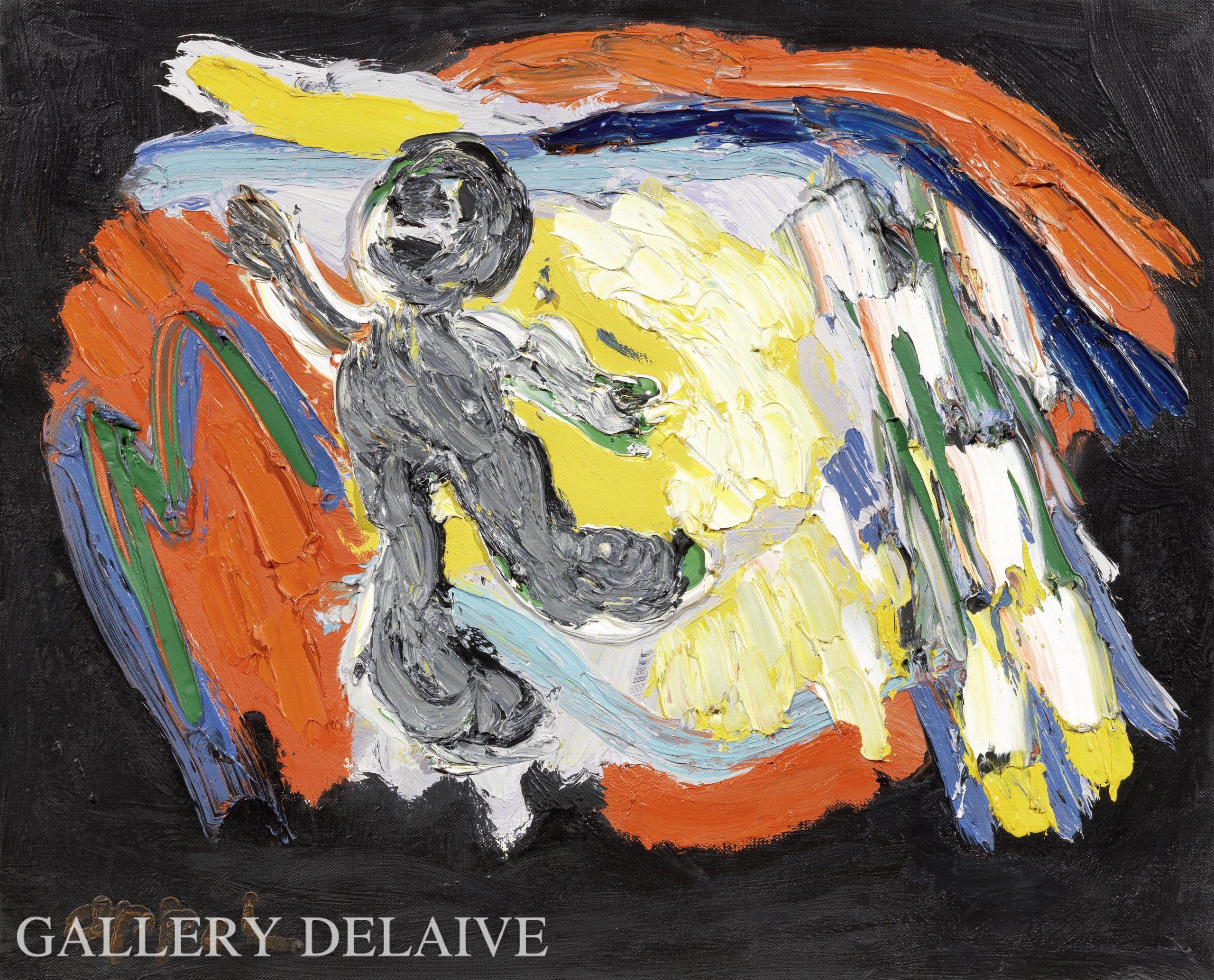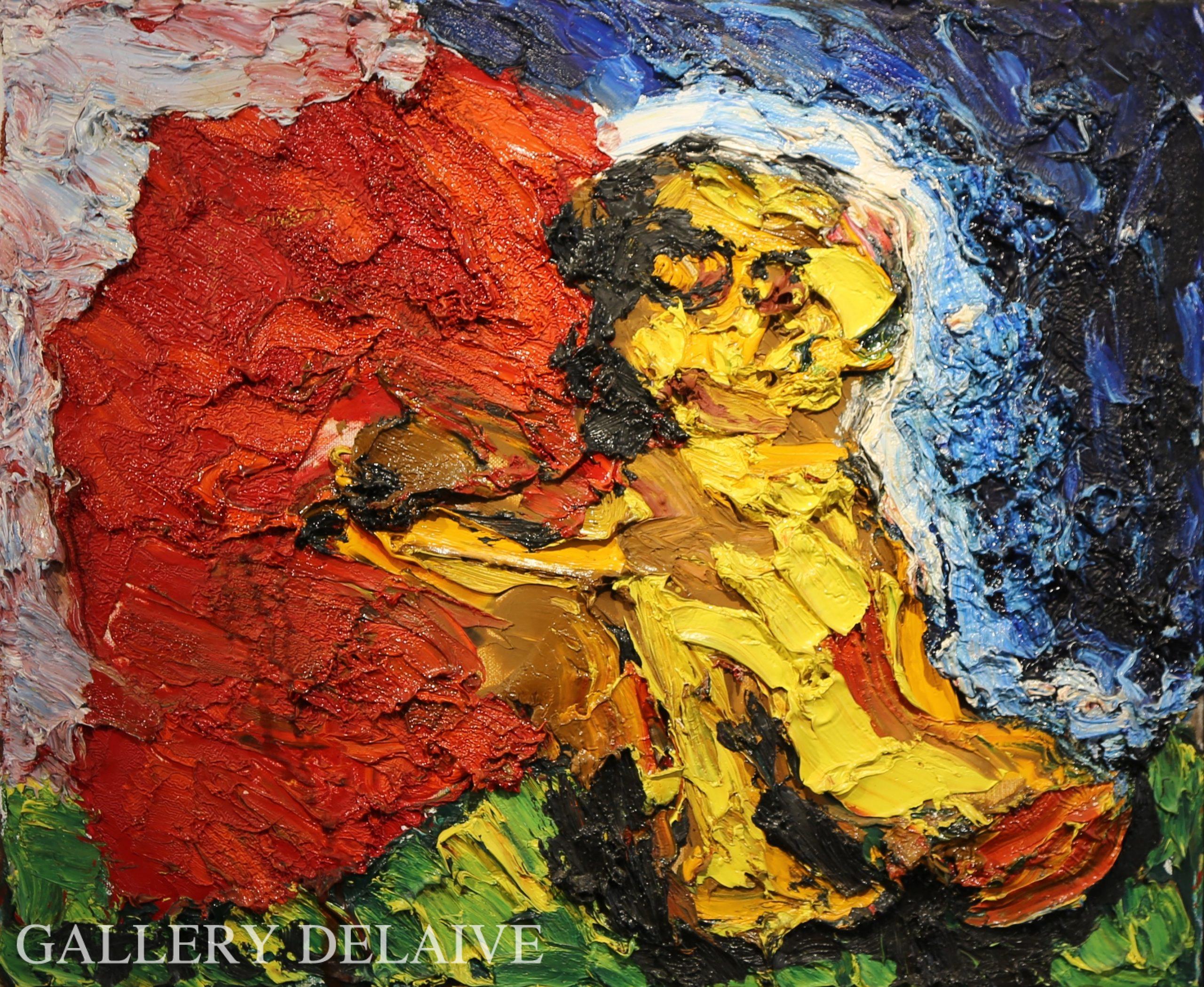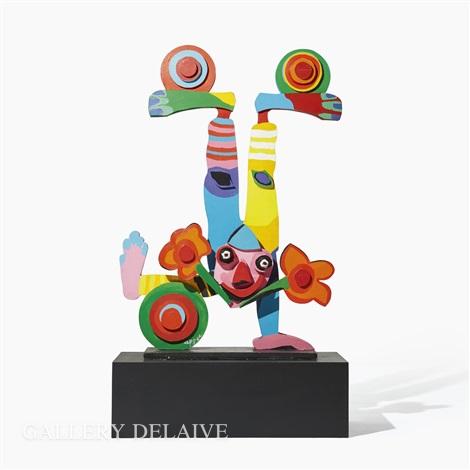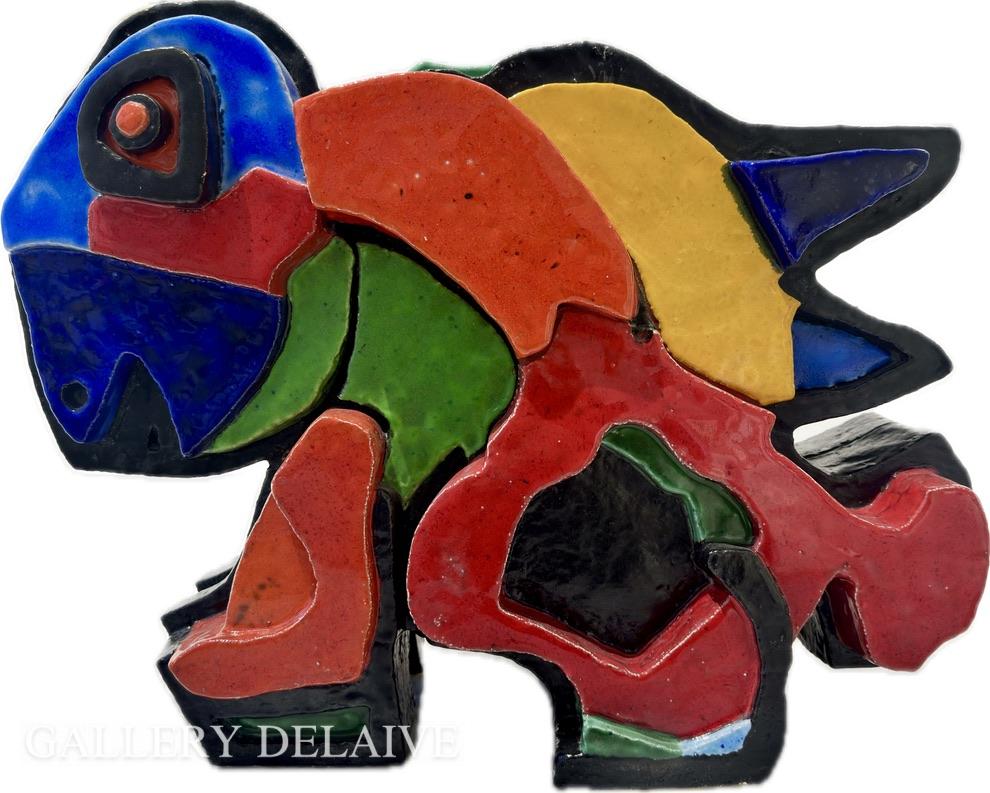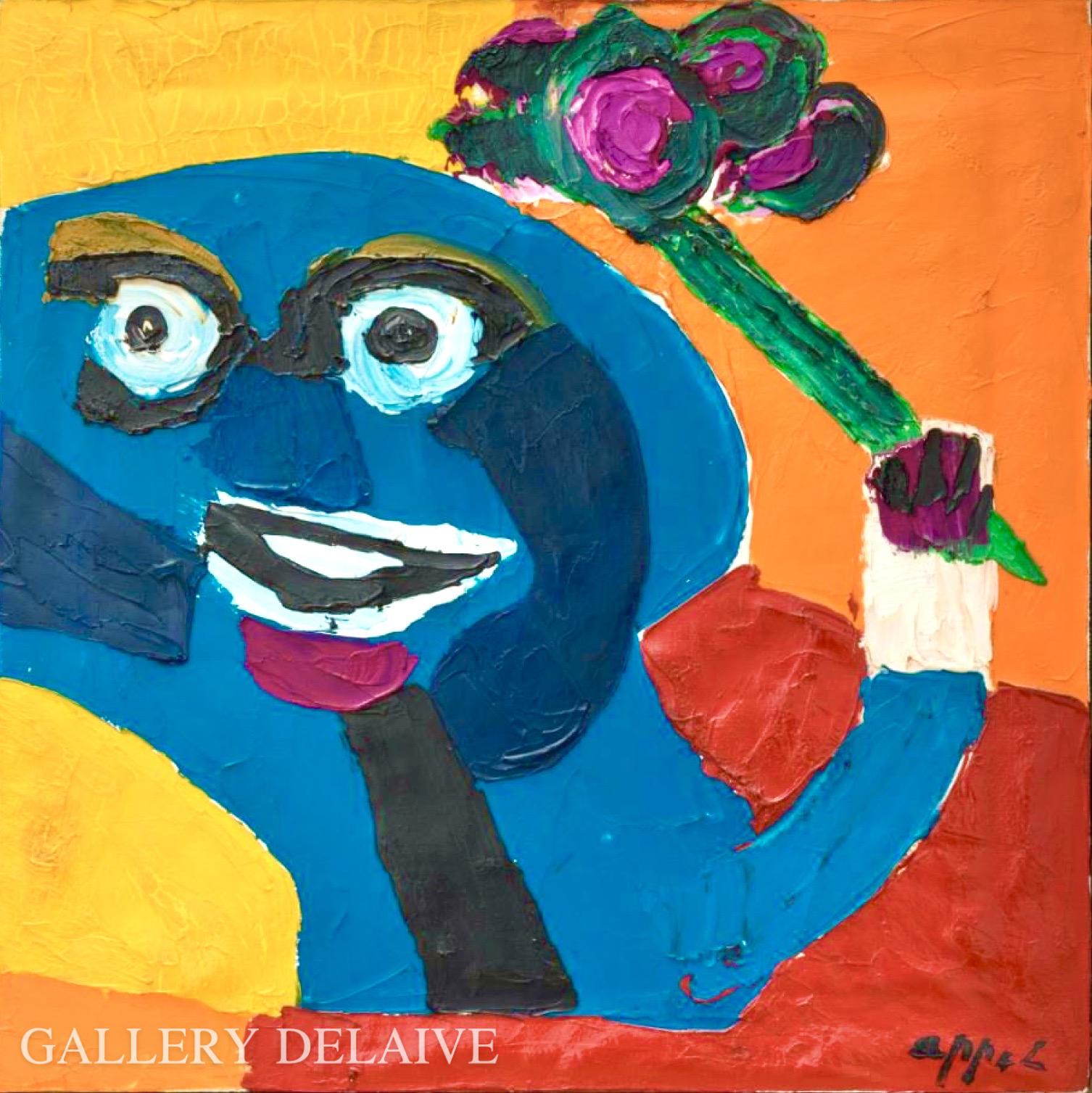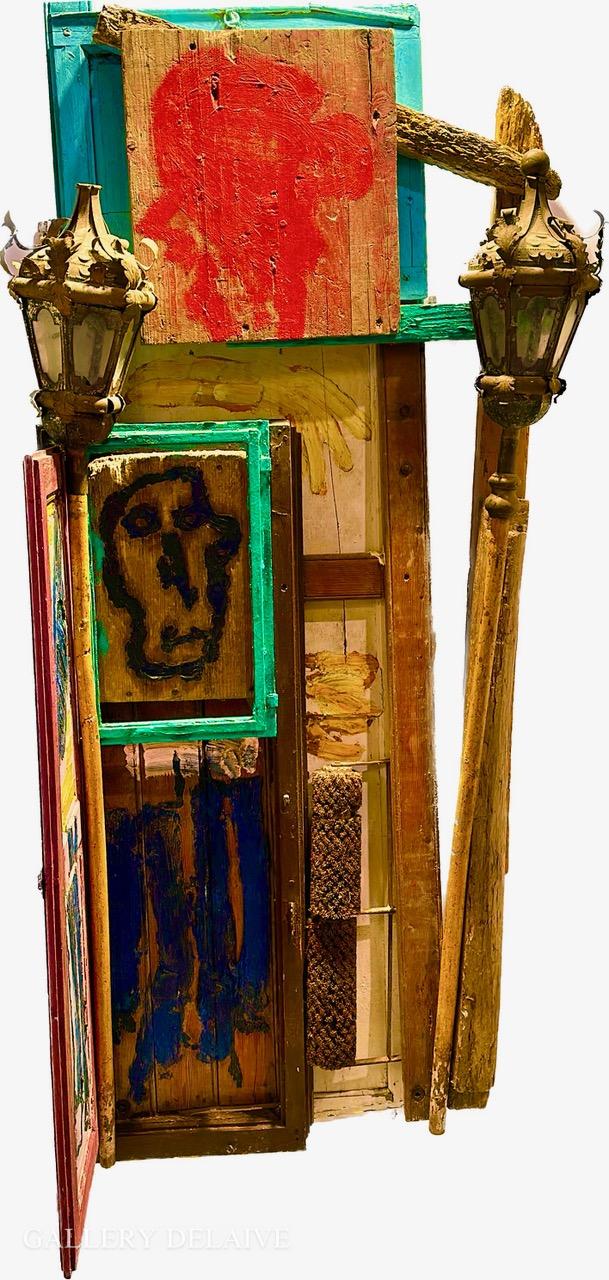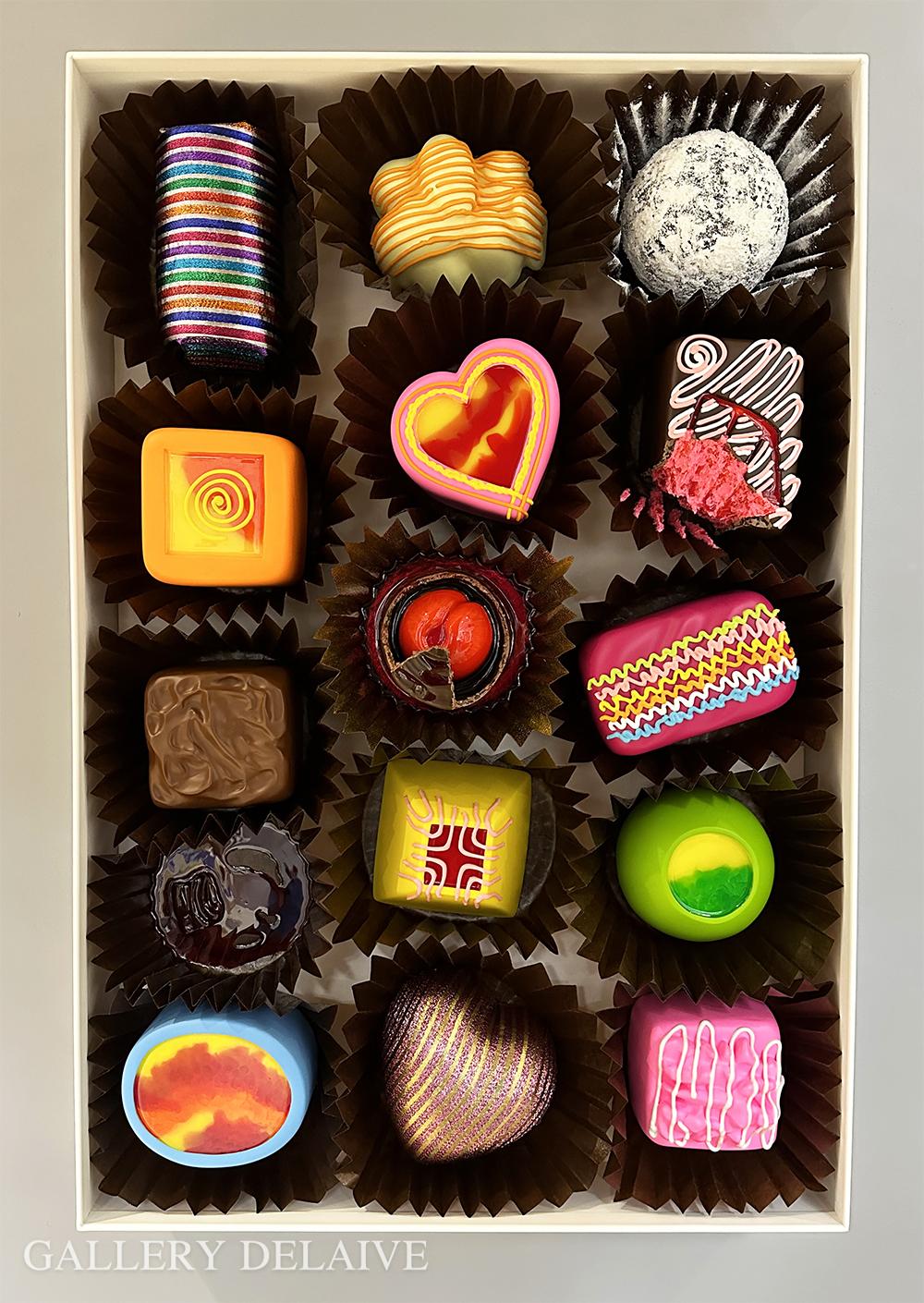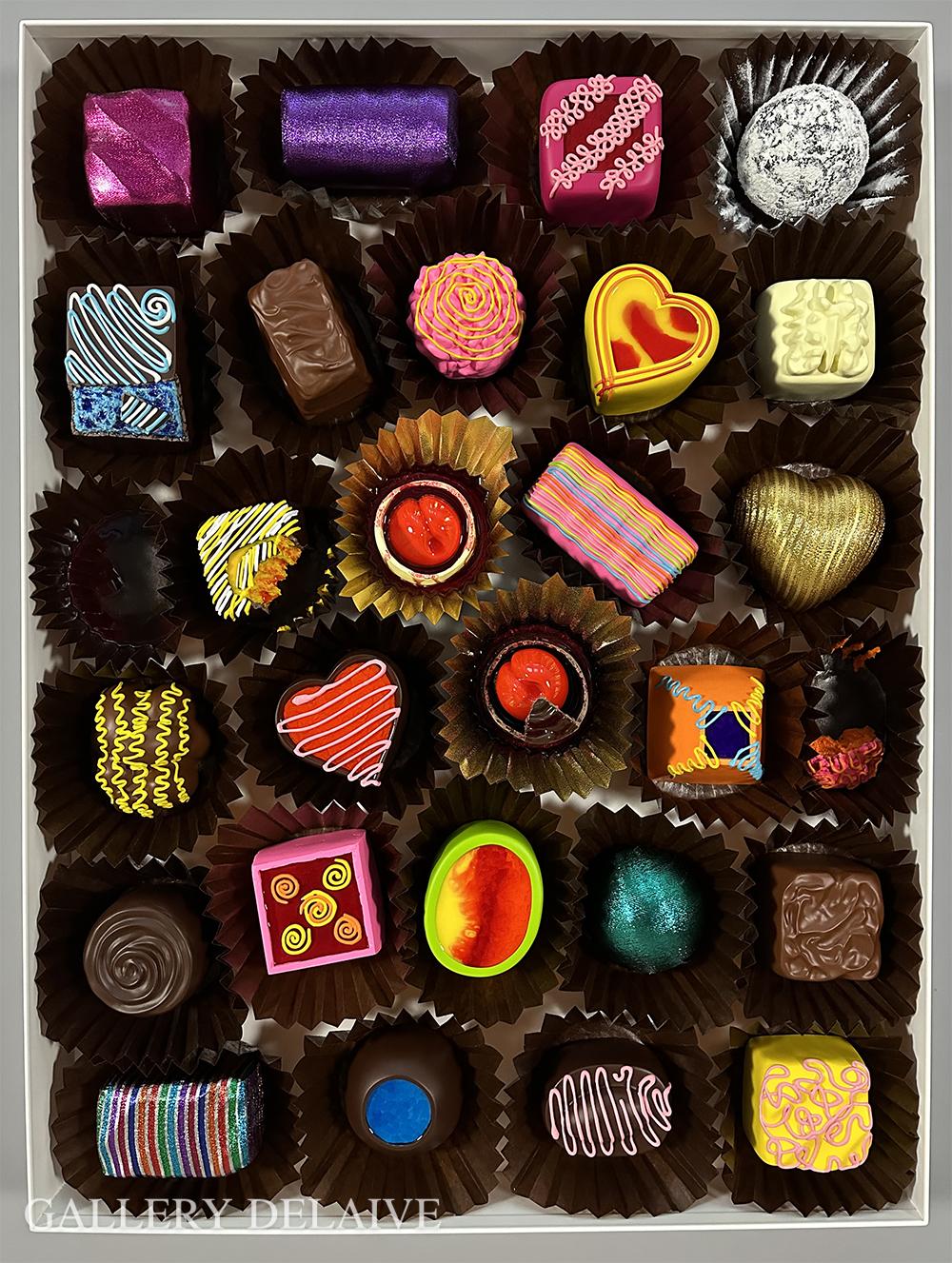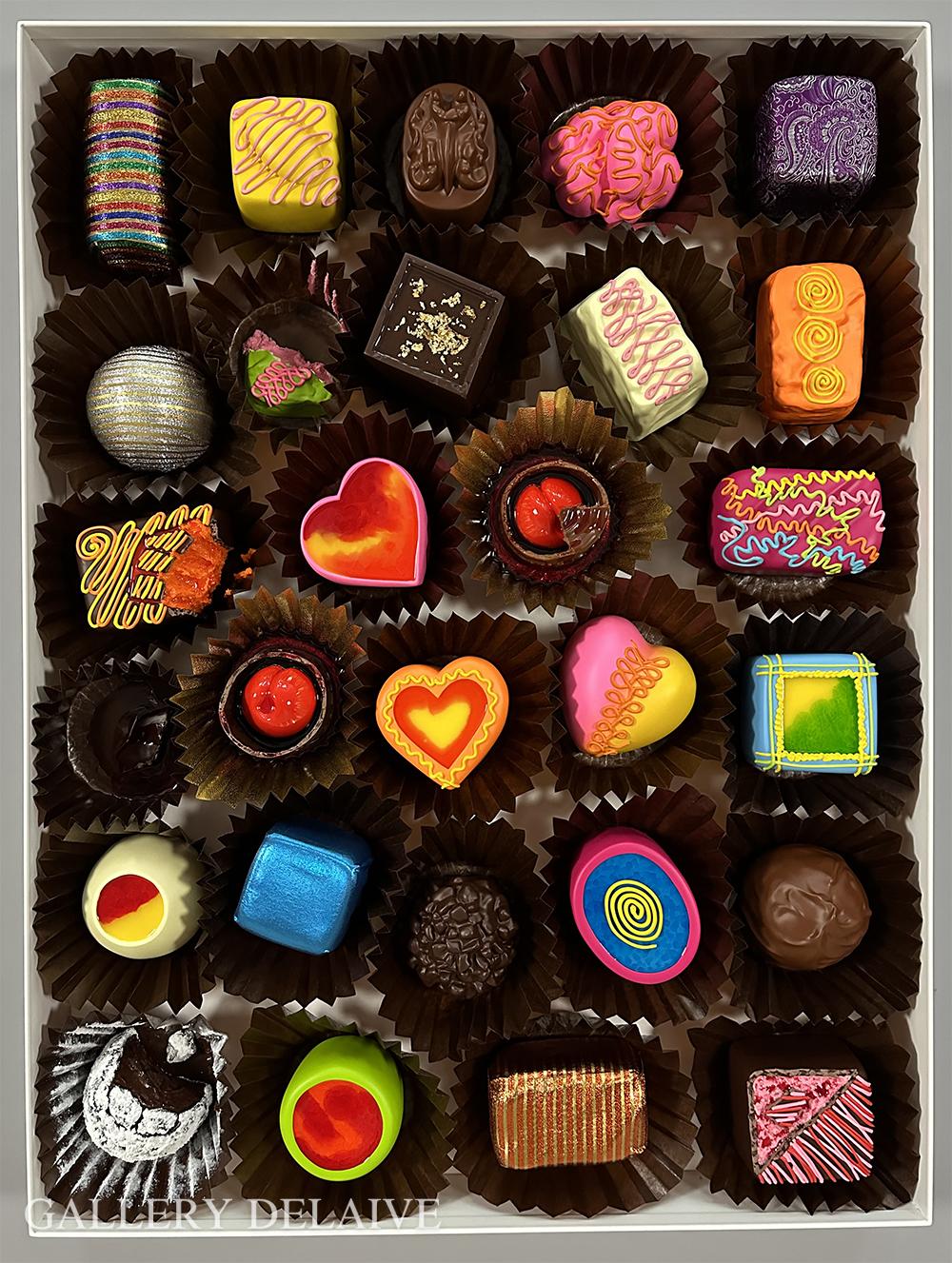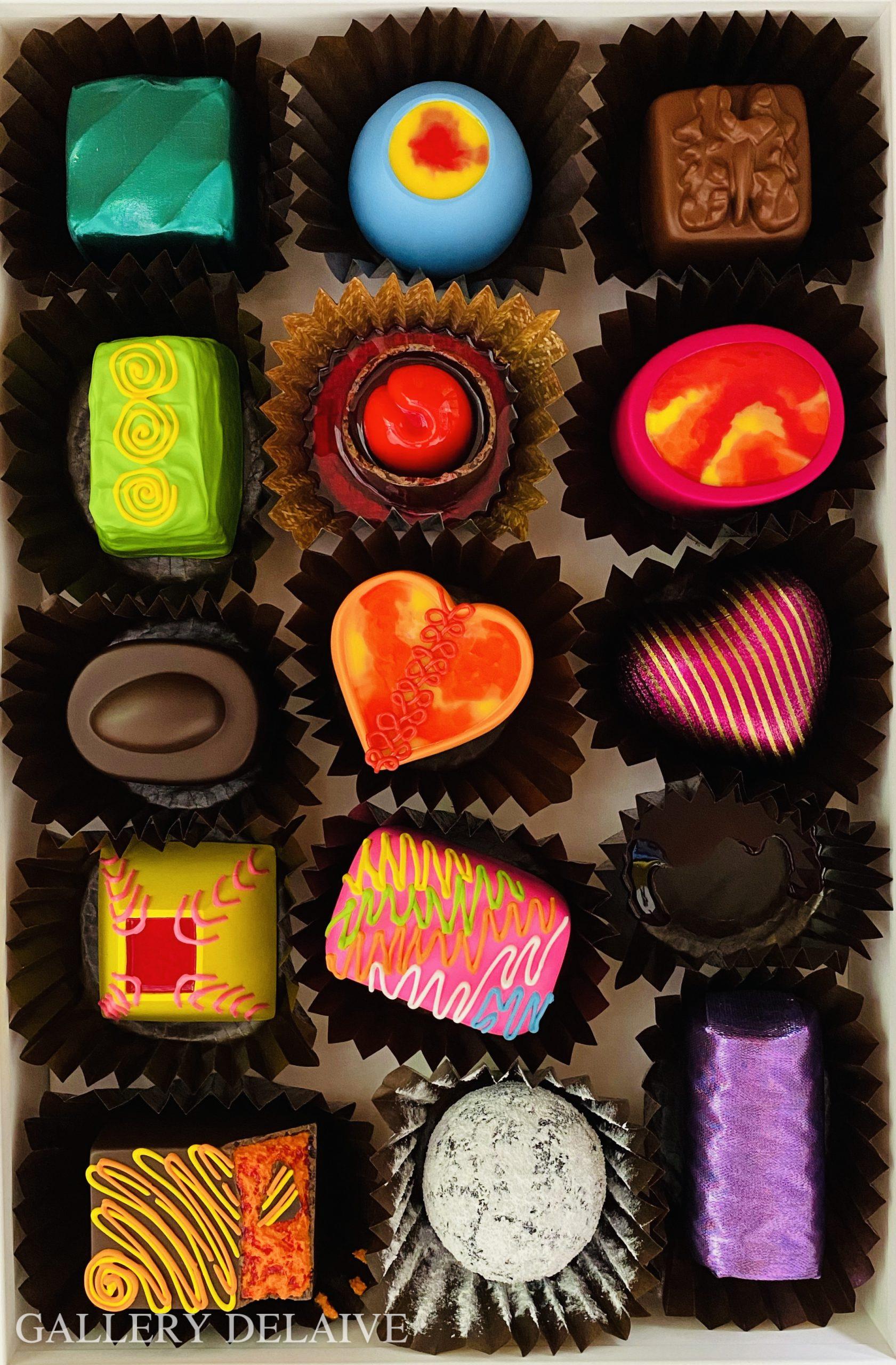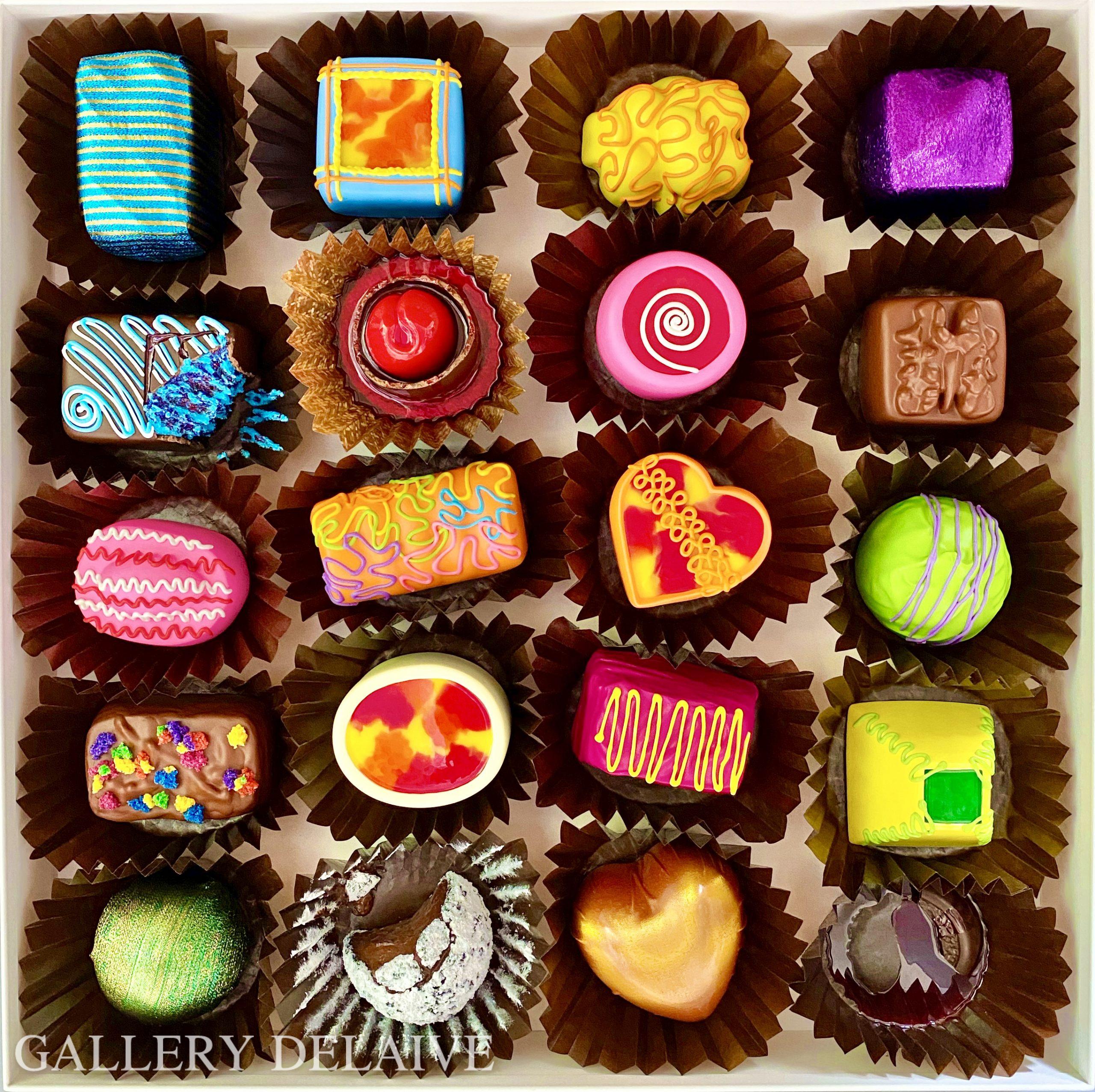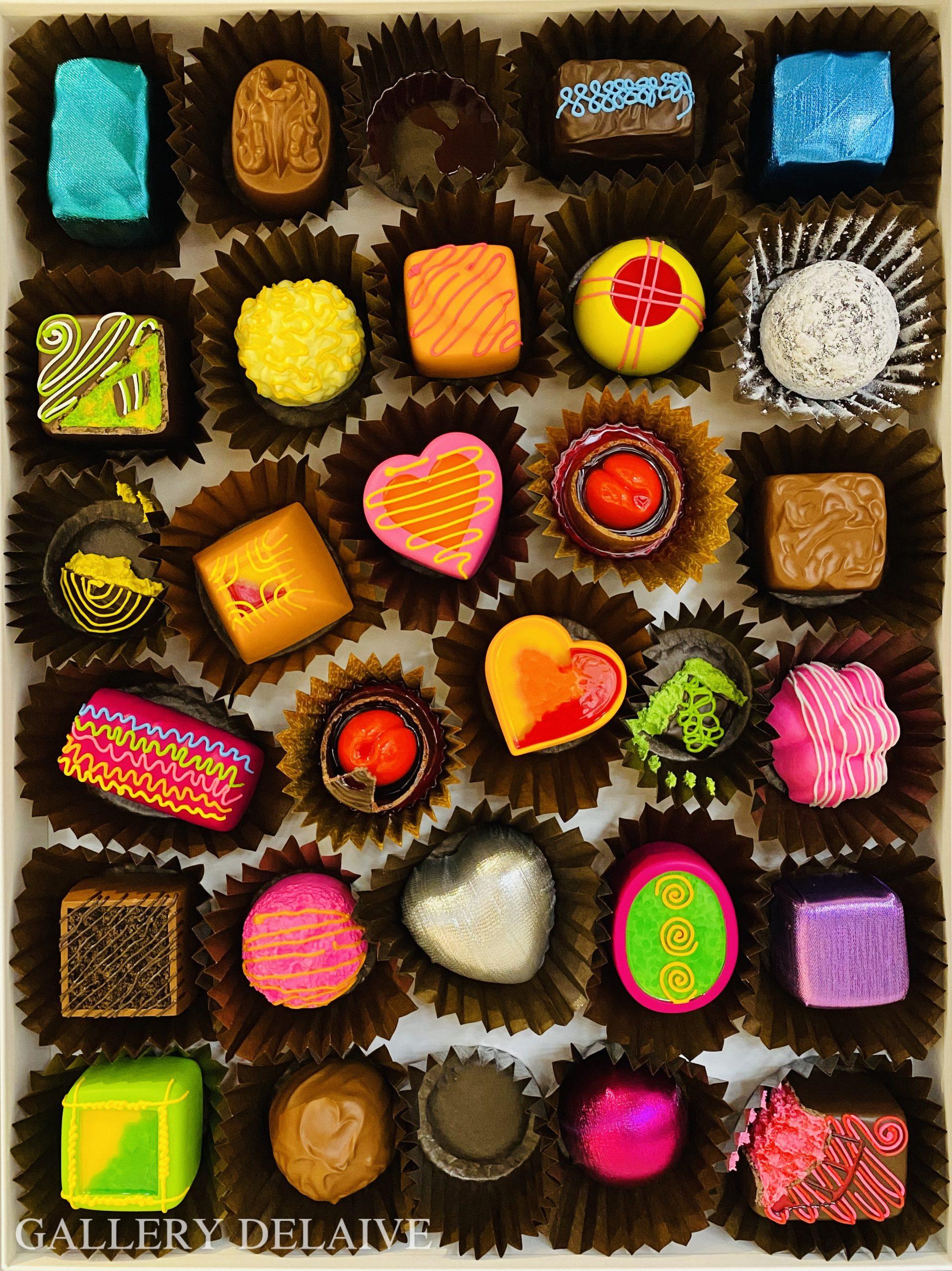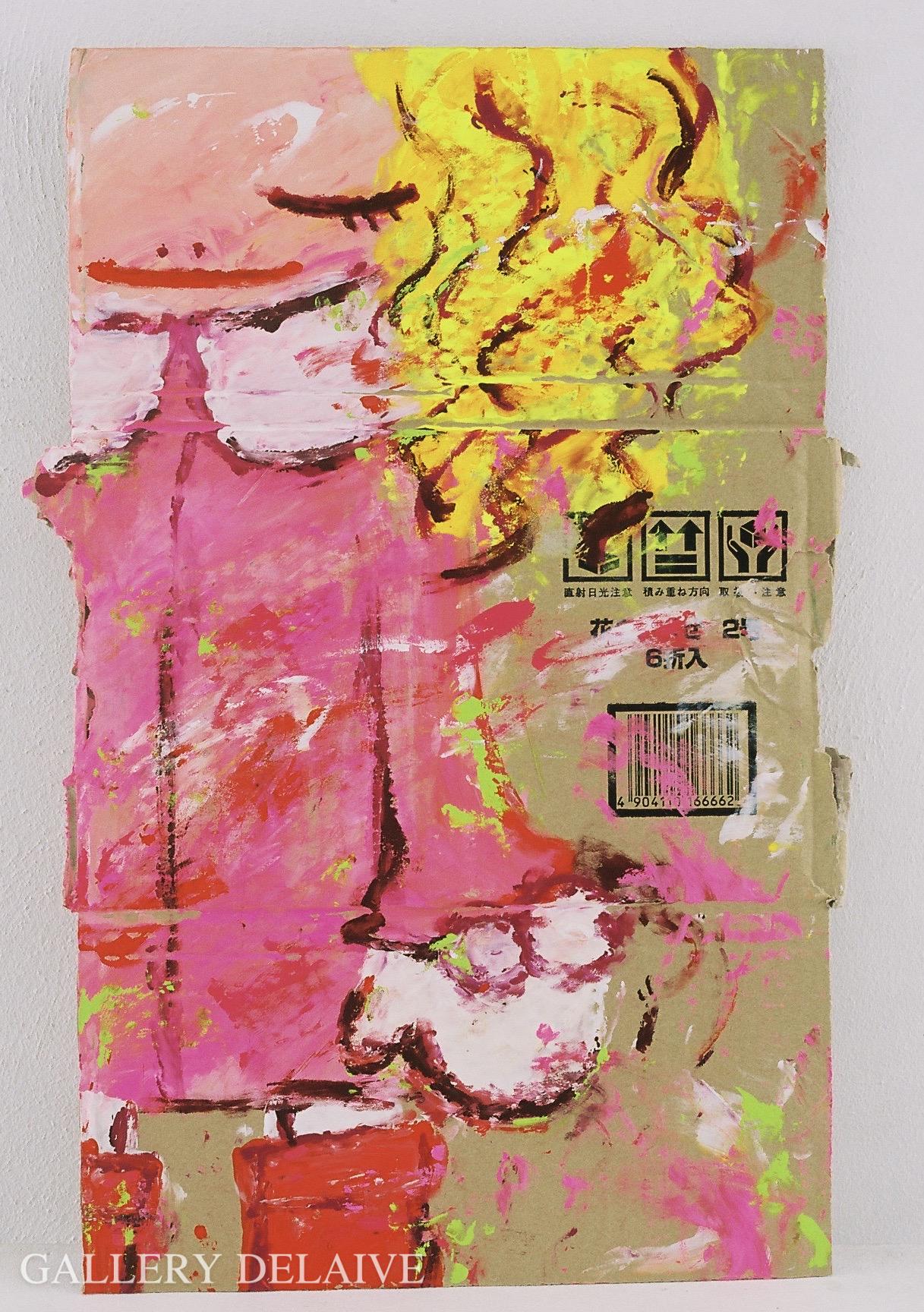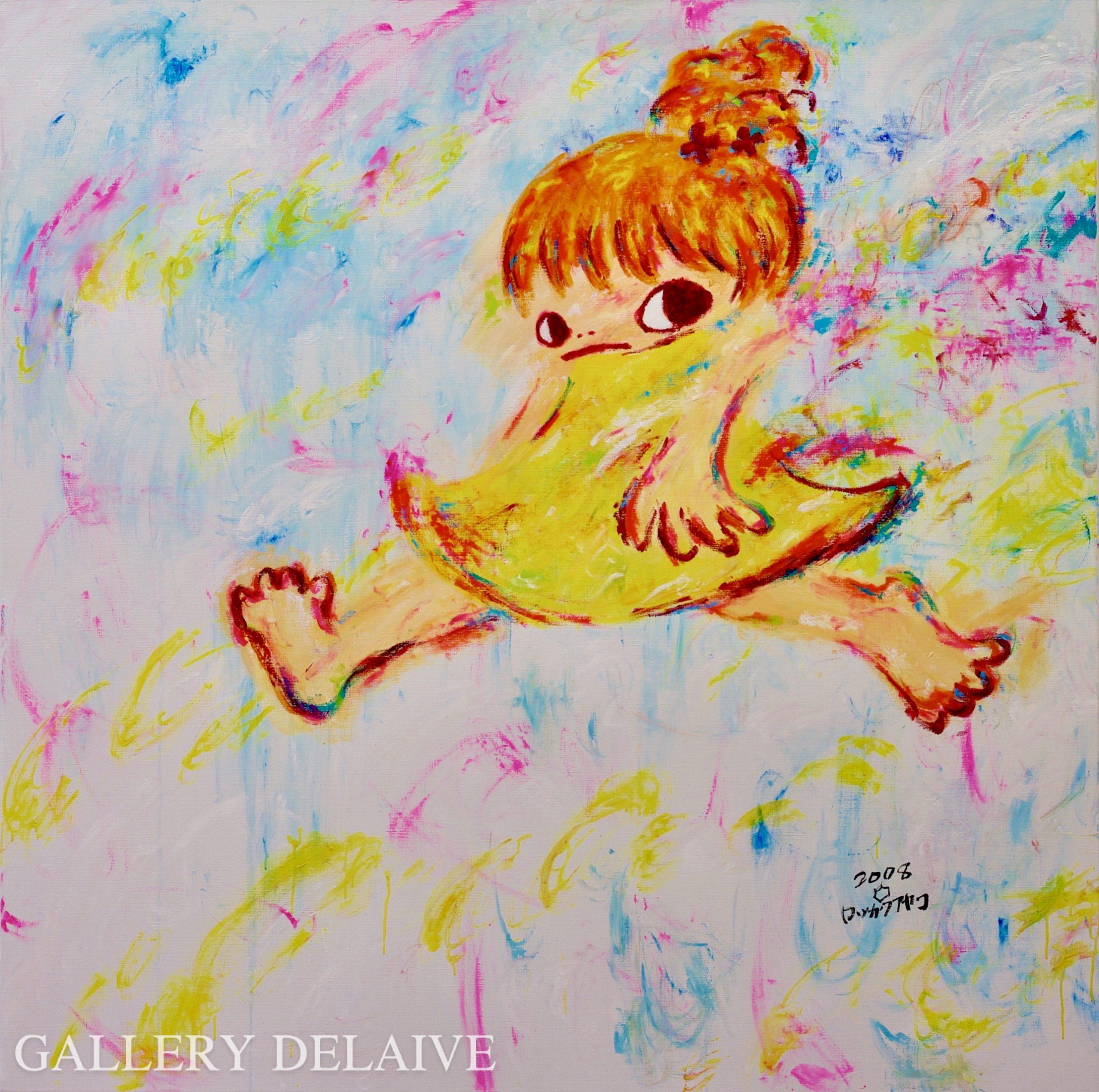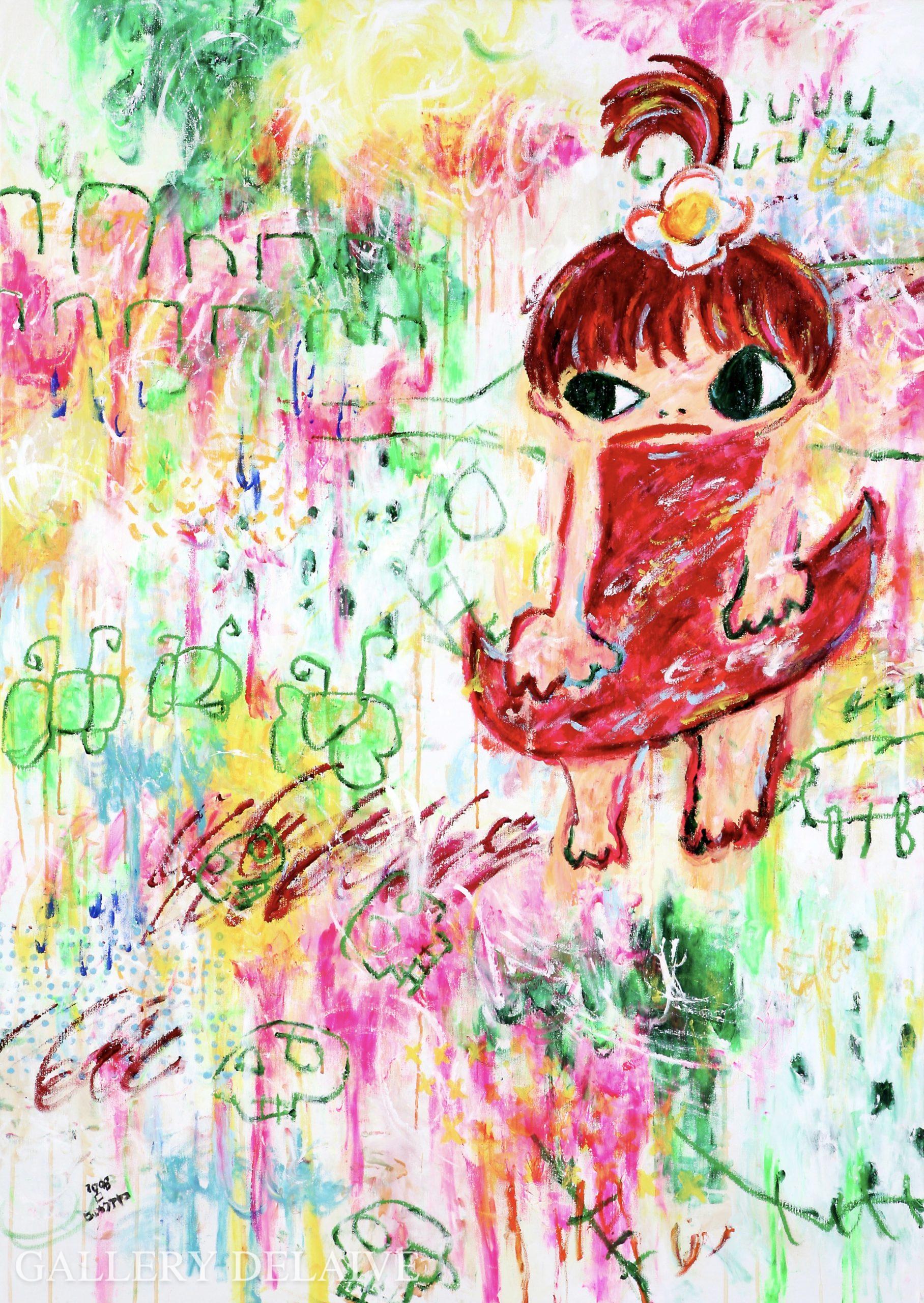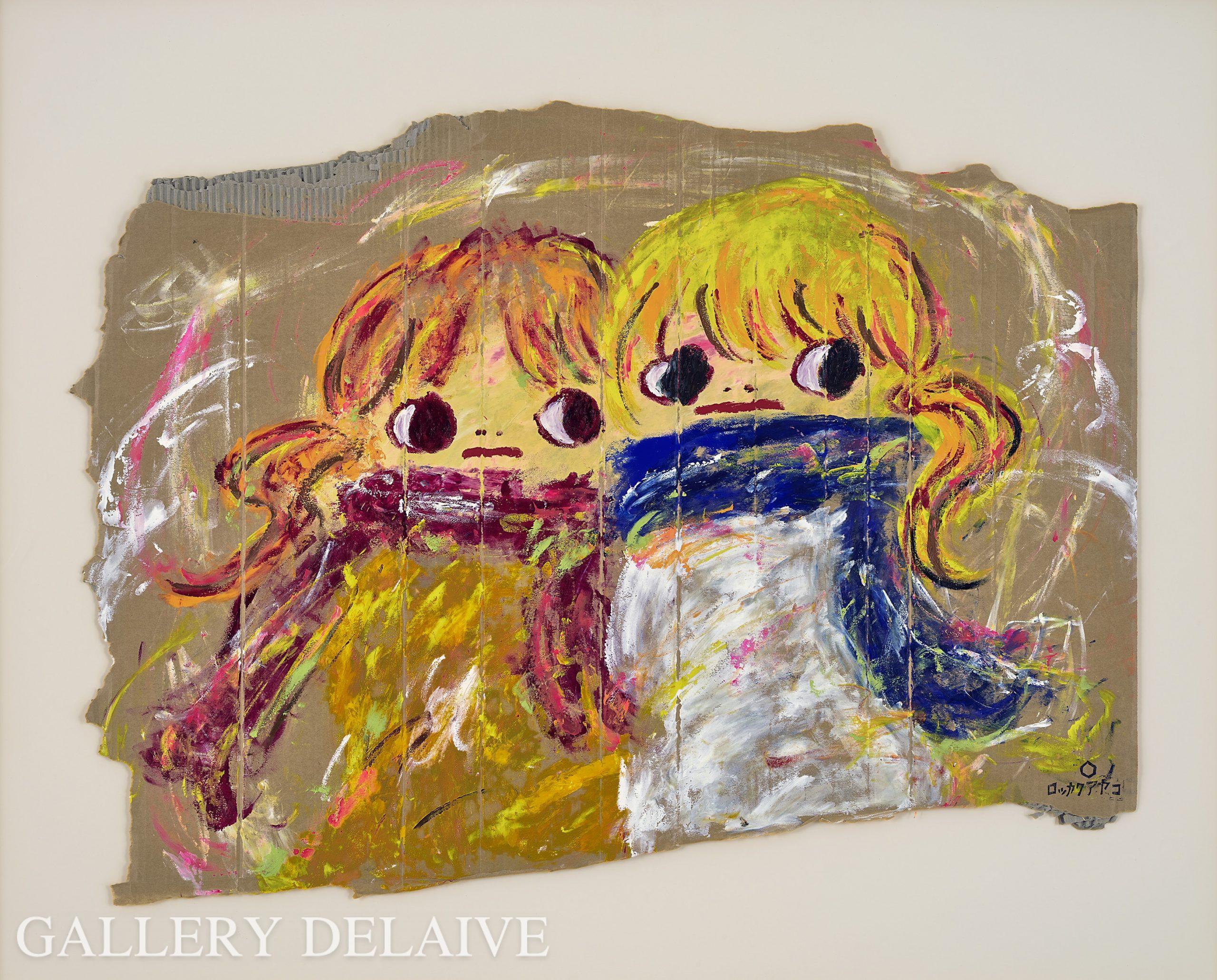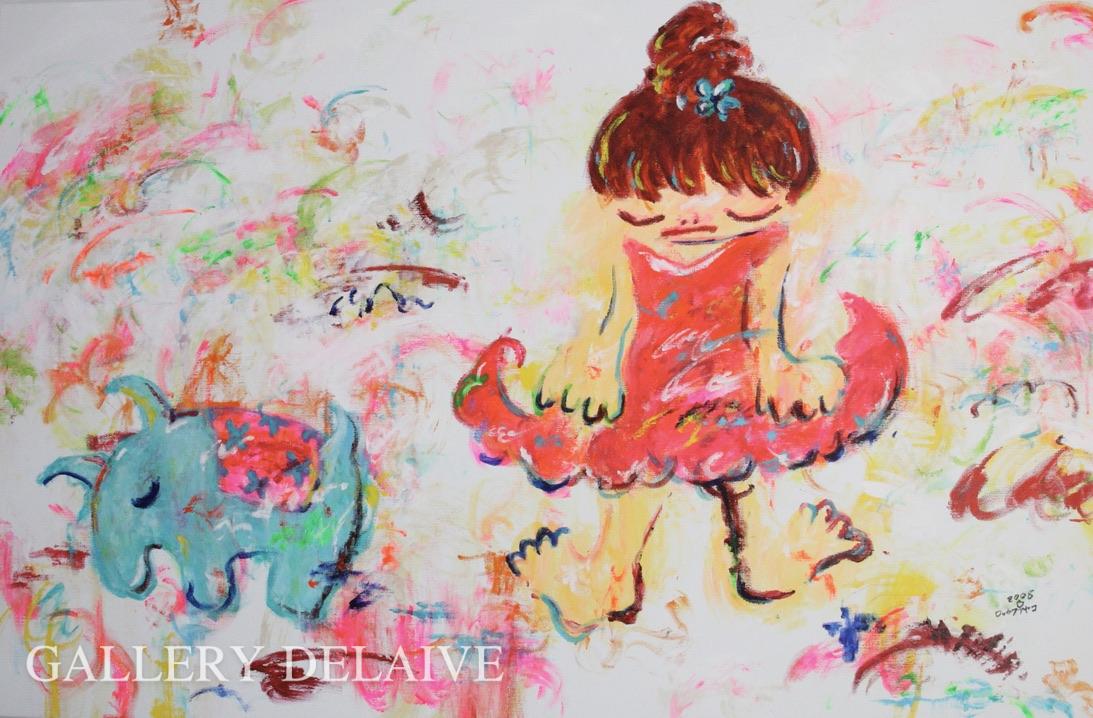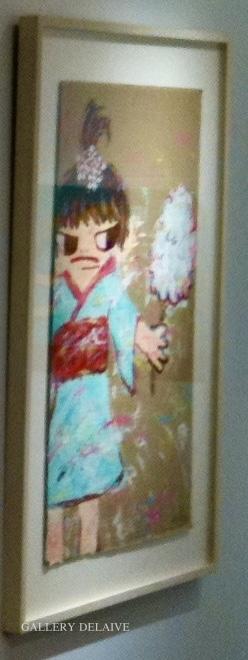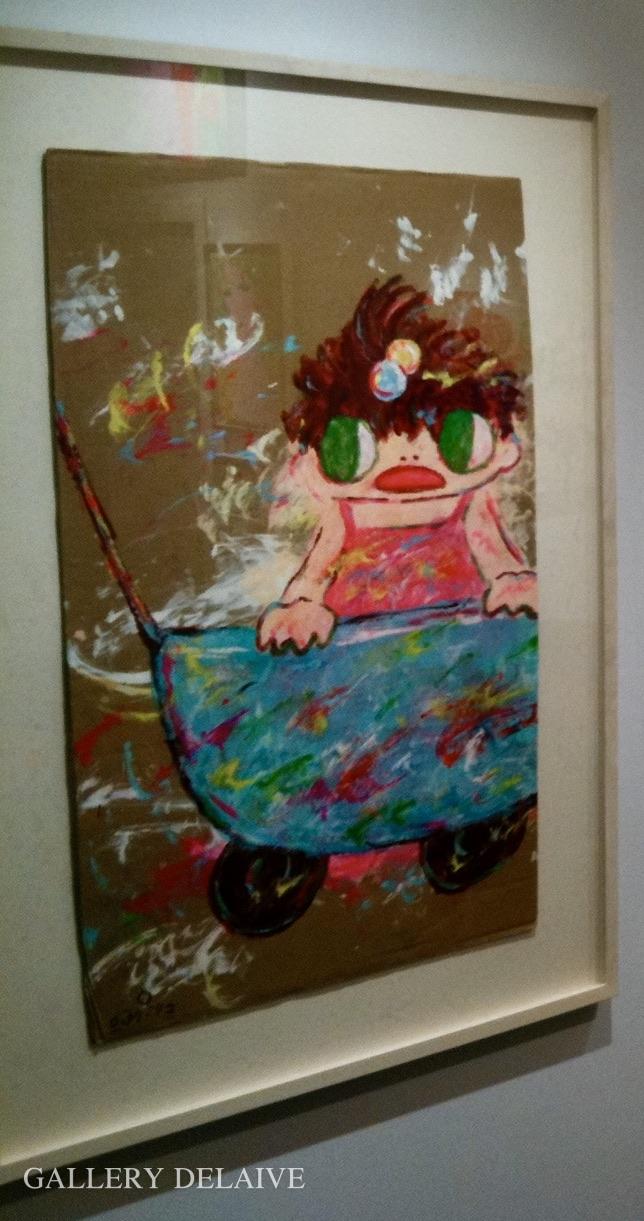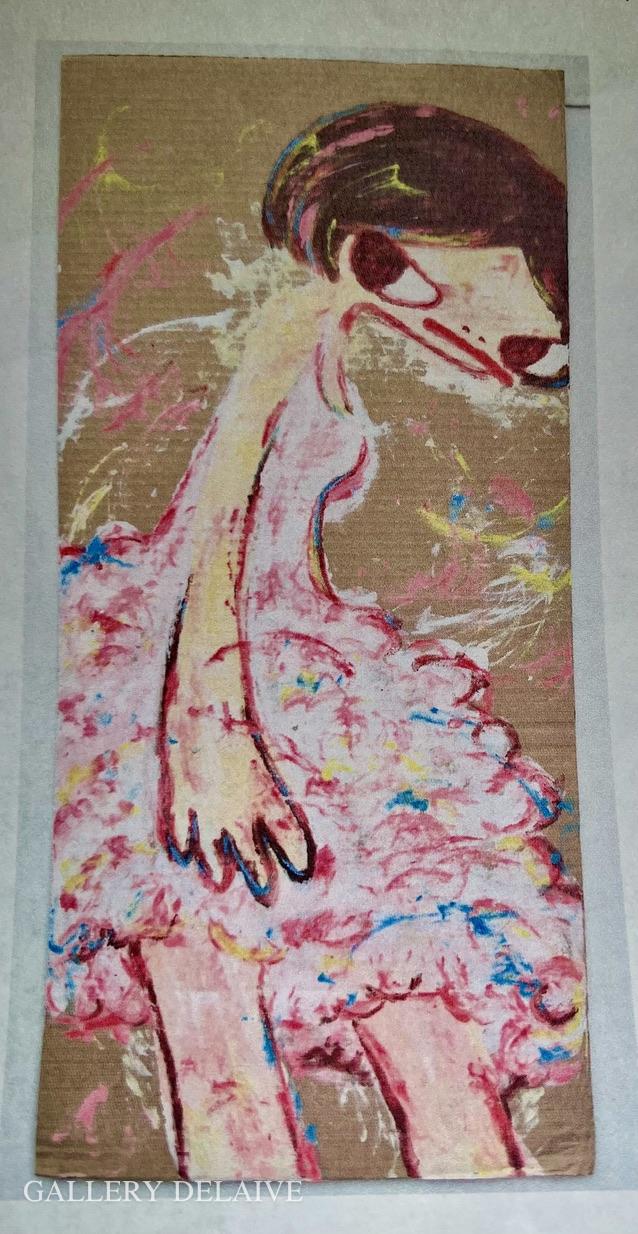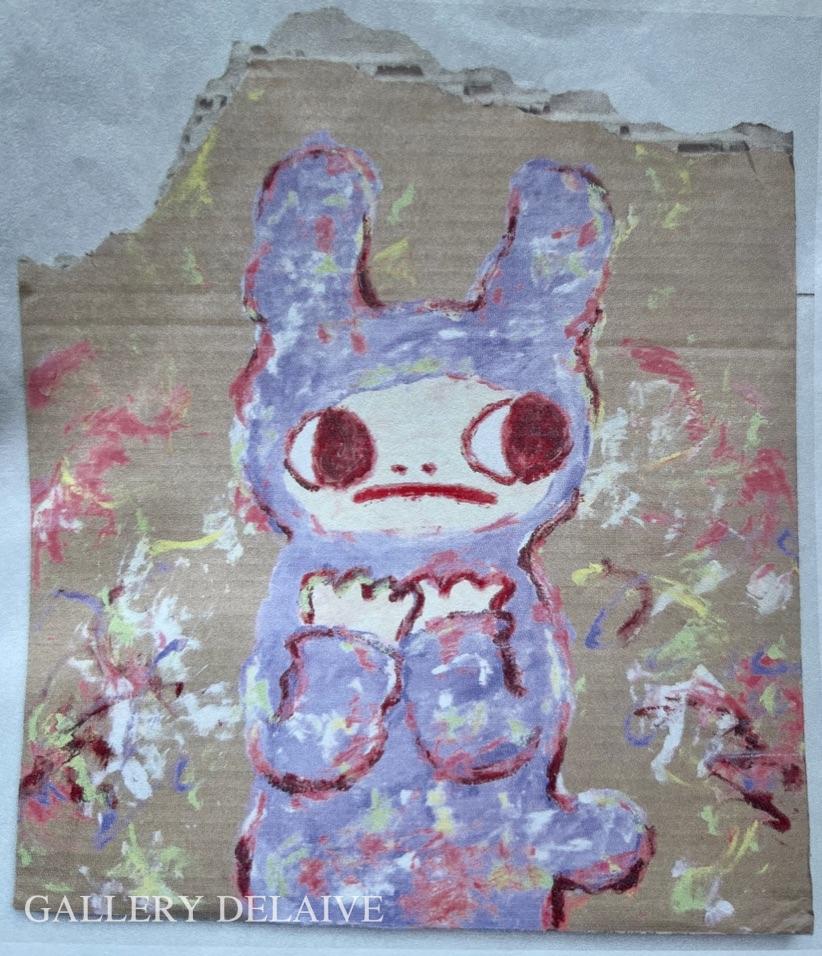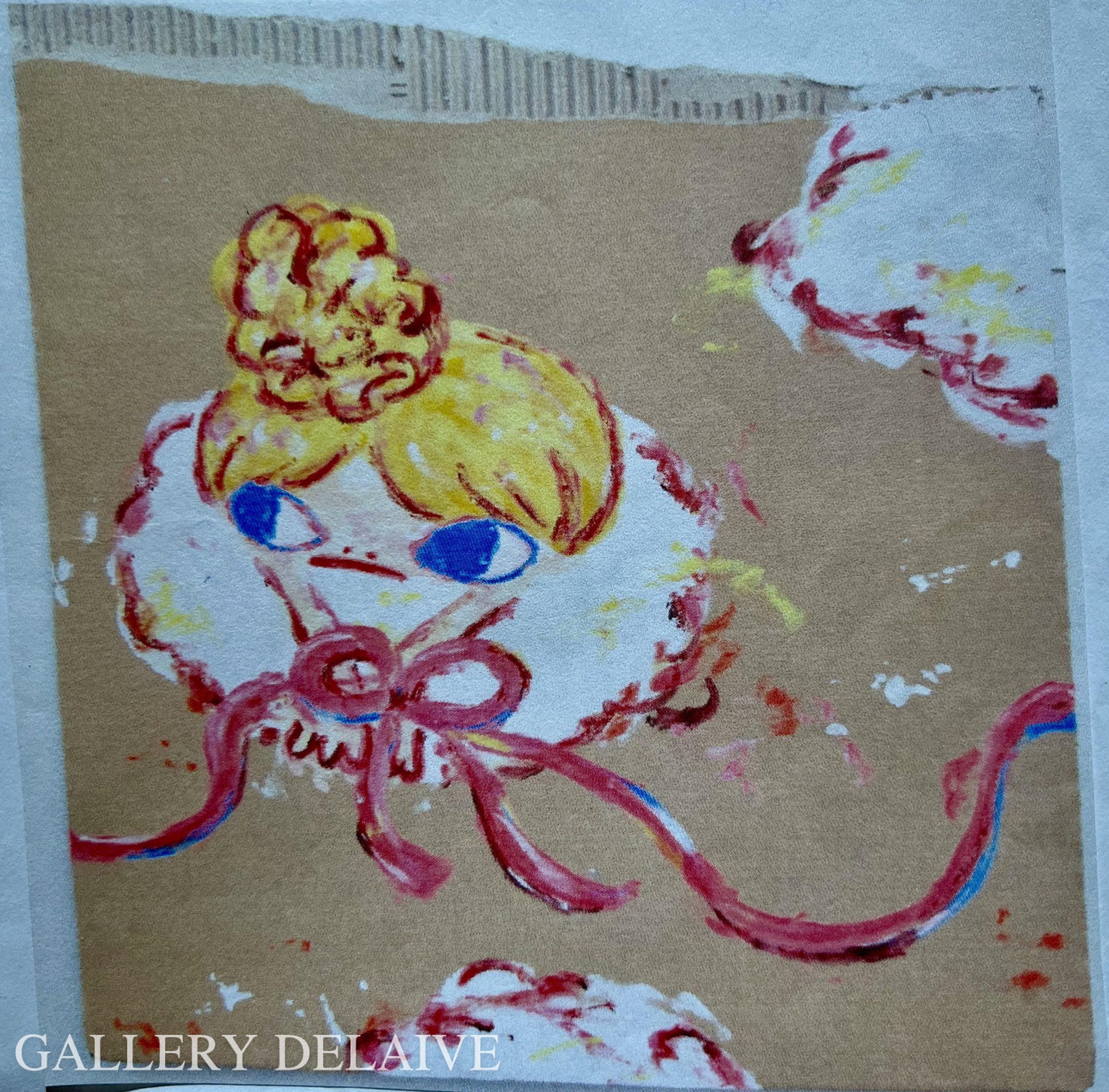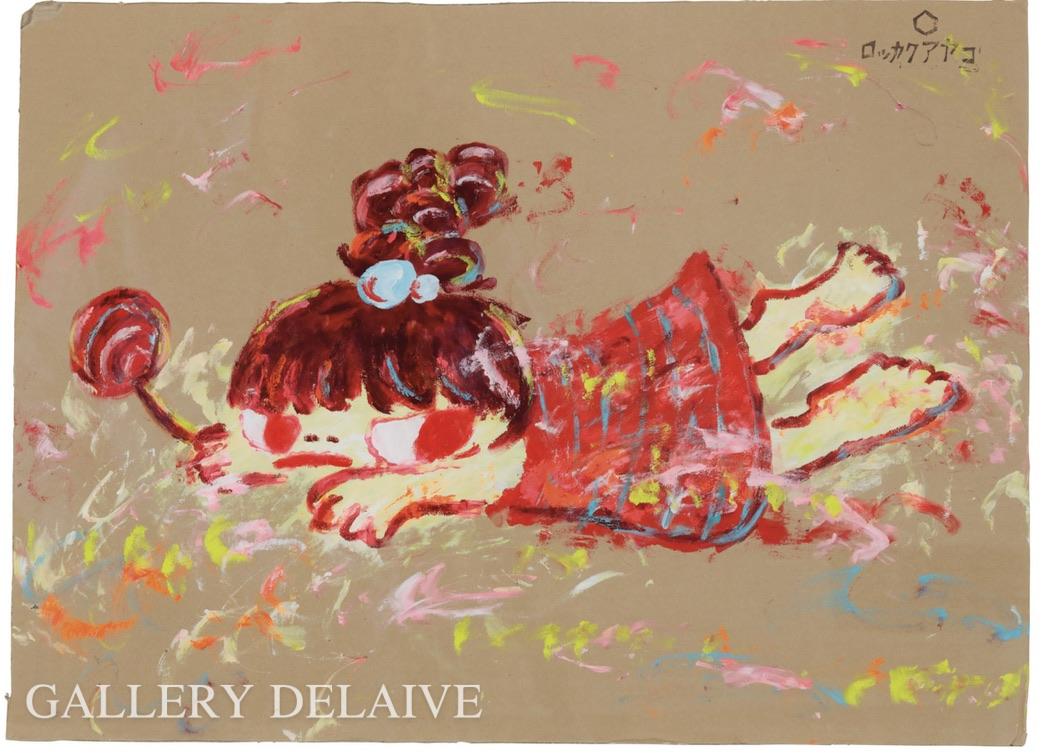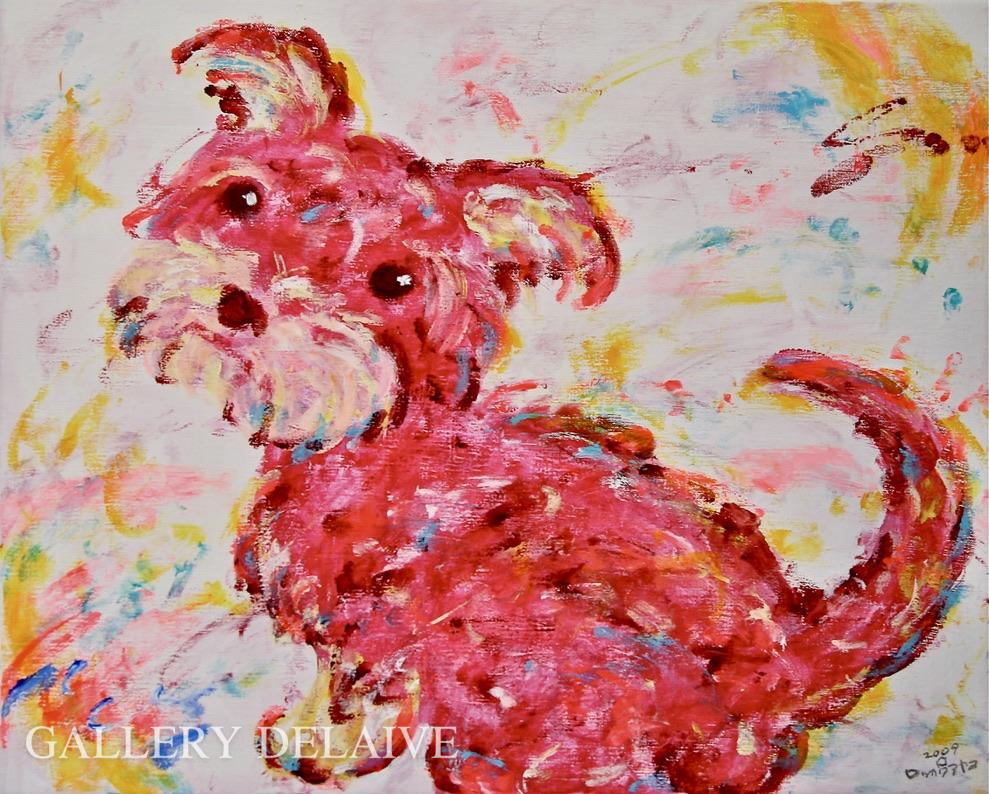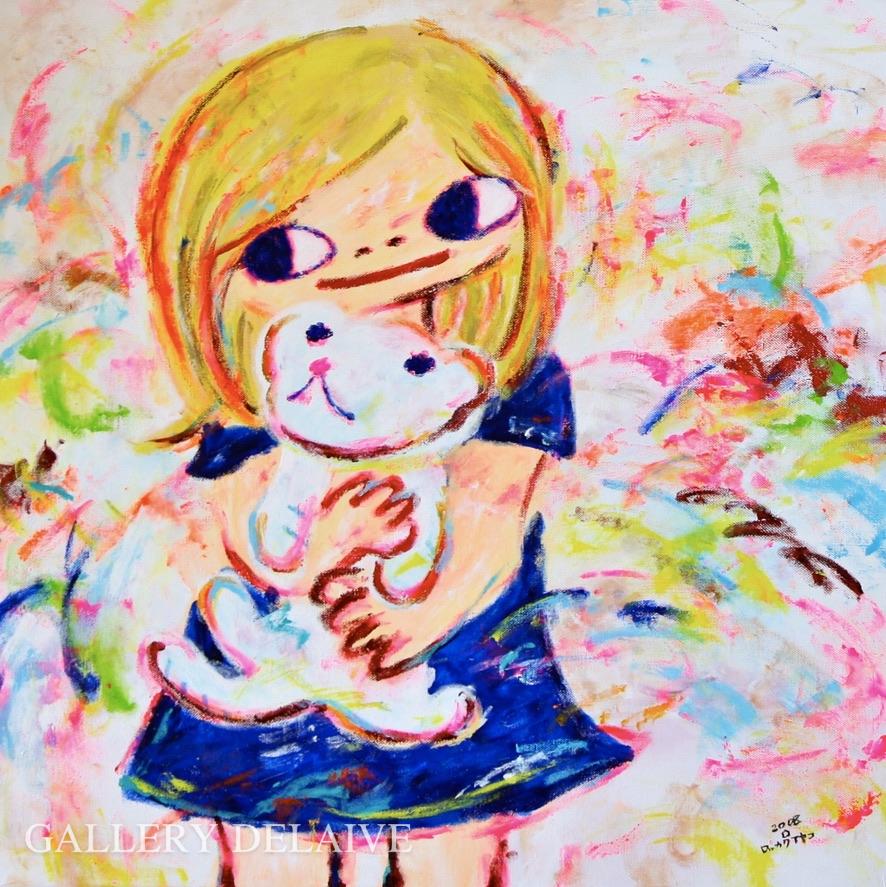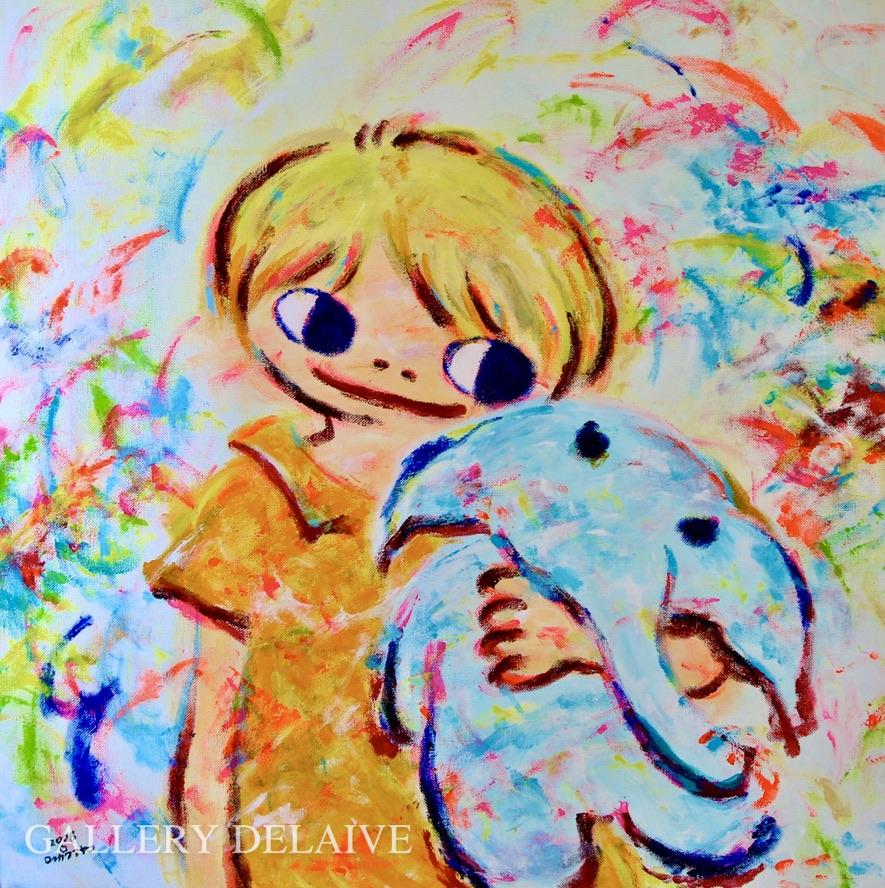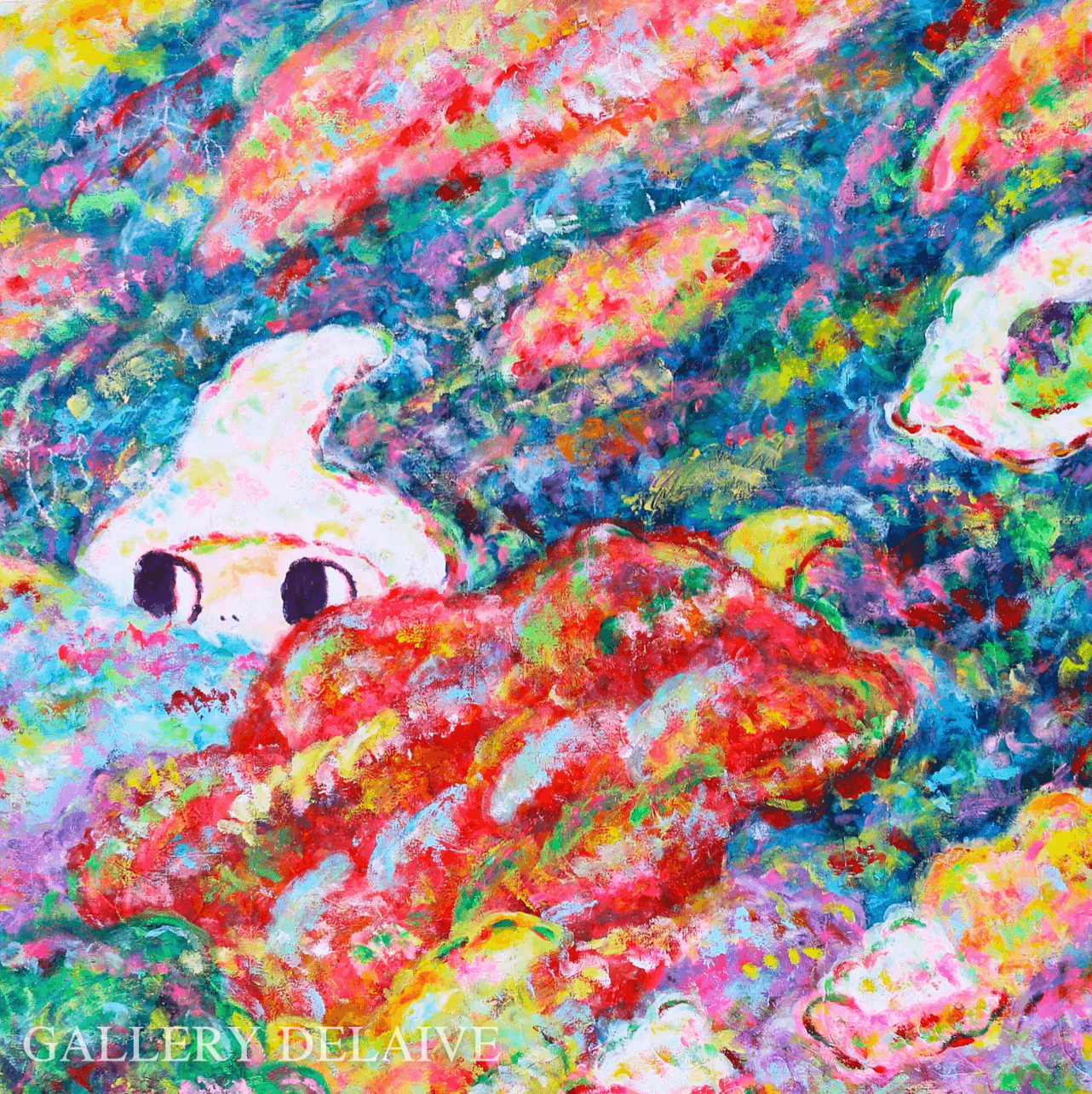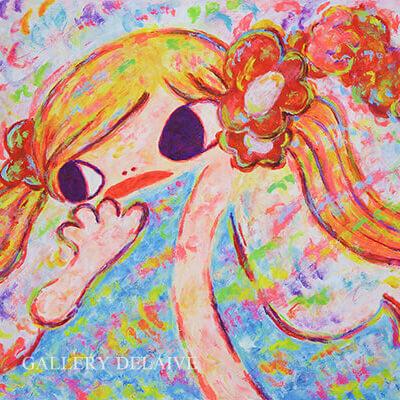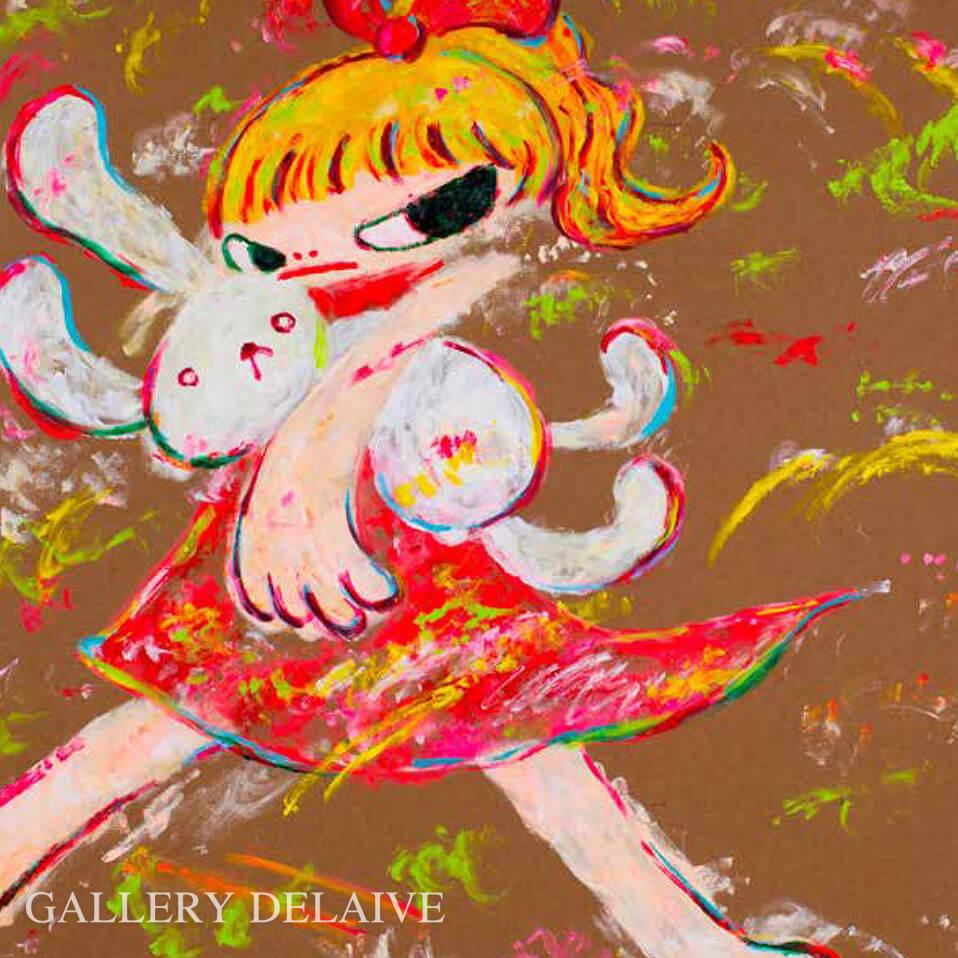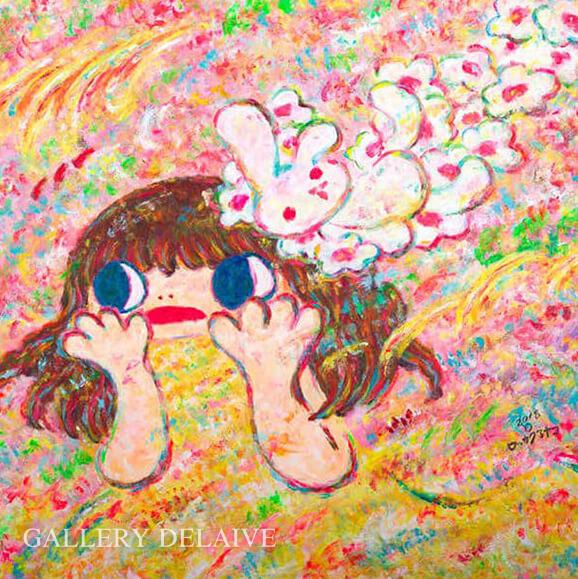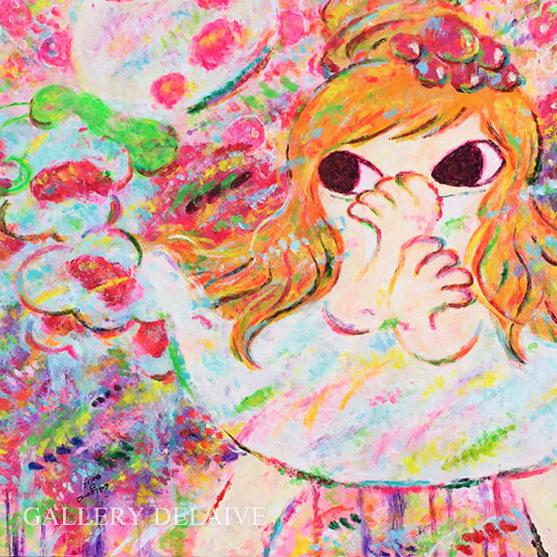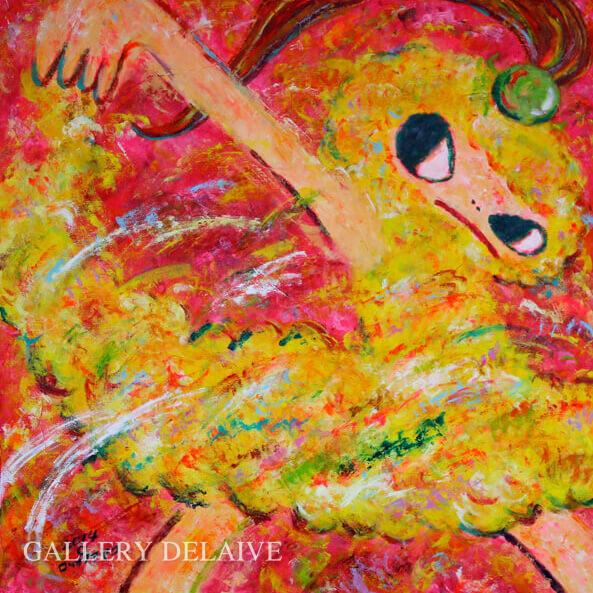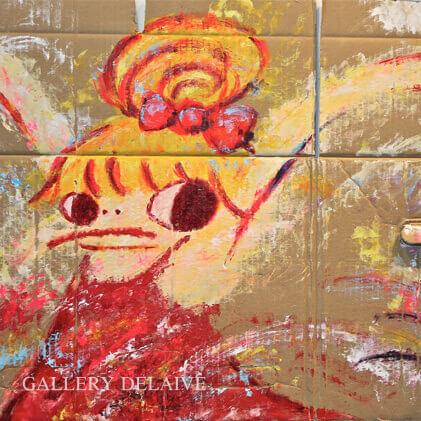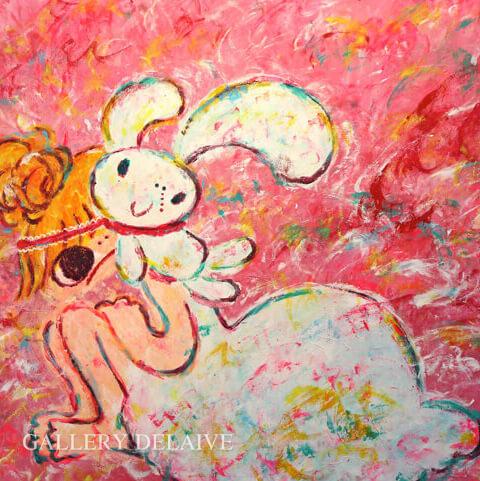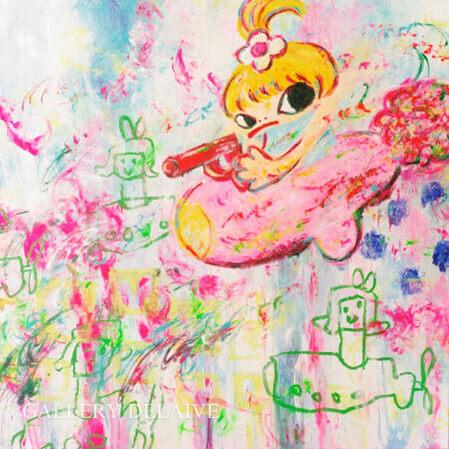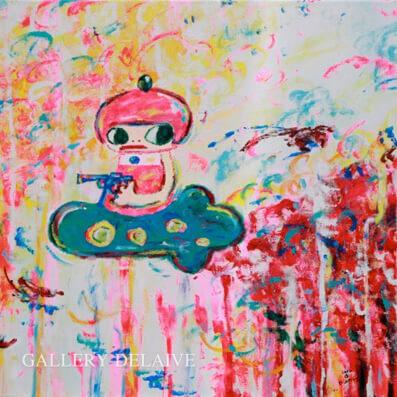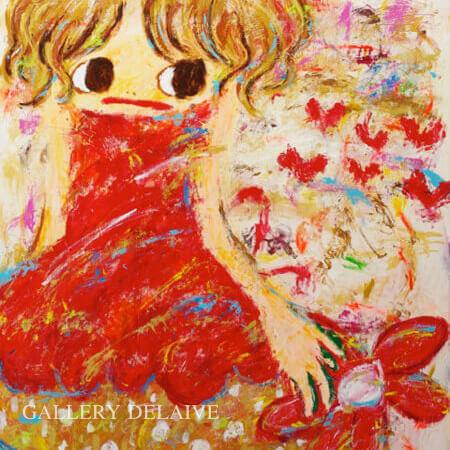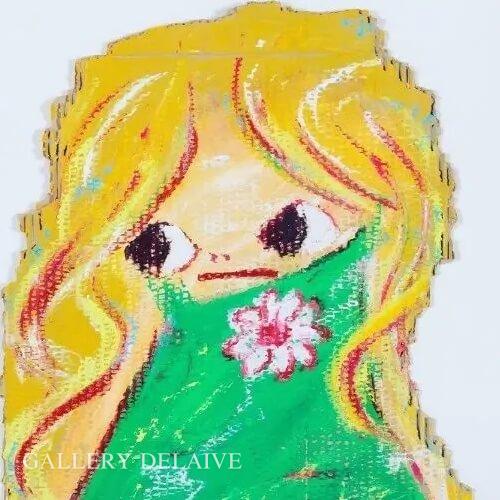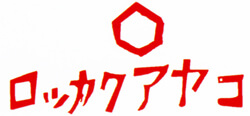compiled by Debra Burchett-Lere
1923
• Born June 25, San Mateo, California.
1949
• B.A., University of California at Berkeley.
1950
• M.A. University of California at Berkeley.
1946-50
• Began painting in San Francisco, California.
1950-58
• Lived and worked in Paris, France with travels to Mexico, Japan, and Europe.
1952
• Galerie Nina Dausset, Paris
• Galerie du Dragon, Paris
1955
• Galerie Rive Droite, Paris
1956
• “12 Americans” group show at the Museum of Modern Art, New York City.
• Galerie Rive Droite, Paris
• Martha Jackson Gallery, New York City
1957
• Completed mural for the Sogetsu School of the sculptor and flower arranger, Sofu Teshigahara, in Tokyo, Japan.
• Gimpel Fils, Ltd, London, England
1952-58
• Gimpel Fils Ltd., London
• Kornfeld and Klipstein, Bern, Switzerland
• Martha Jackson Gallery, New York City
1959
• Lived in New York City; worked on the Chase Manhattan Bank mural.
• Solo museum show at Pasadena Art Museum, Pasadena, California that traveled to San Francisco Museum of Art, San Francisco ; Seattle Art Museum, Seattle, Washington.
1959-61
• Lived in Bern. Solo museum show at Kunsthalle, Bern that traveled to Moderna Museet, Stockholm, Sweden.
1961
• Moved to Santa Monica, California, which became permanent home base.
• Esther Bear Gallery, Santa Barbara, California
1961-64
• Minami Gallery, Tokyo
• Kornfeld and Klipstein, Bern
• Galerie Benador, Zurich, Switzerland
• Major exhibition at Documenta III, Kassel, Germany.
1966
• Sky painting performance in Japan over Tokyo Bay.
1967
• Snow painting performance in Naibara, Japan.
• Pierre Matisse Gallery, New York City
• Retrospective museum show at Museum of Fine Arts, Houston, Texas that traveled to University Art Museum, Berkeley; San Francisco Museum of Art
1968
• Receives Honorary Ph.D. from the University of California, Berkeley.
• Centre National d’Art Contemporain, Paris
• Kunsthalle, Basel.
• Minami Gallery, Tokyo.
1969-71
• Painted and installed commissioned mural for the National Gallery of Art, West Berlin, Germany.
• Solo museum show at Los Angeles County Museum of Art, Los Angeles, California
• Martha Jackson Gallery, New York City
• Felix Landau Gallery, Los Angeles.
1970
• Established the Litho Shop in Santa Monica to print and publish his own lithographs.
1969-72
• André Emmerich Gallery, New York City
• Nicholas Wilder Gallery, Los Angeles
1972
• Retrospective solo museum show at the Albright-Knox Art Gallery, Buffalo, New York, that traveled to Corcoran Gallery, Washington, D.C.; Whitney Museum of American Art, New York City; Dallas Museum of Fine Arts, Texas; Oakland Museum of Art, Oakland, California.
• Stanford University Museum of Art, Palo Alto, California.
1973-74
• Lived and painted primarily in Tokyo.
1974
• Idemitsu Art Museum, Tokyo.
• Minami Gallery, Tokyo
• Incorporated the Litho Shop
1975-77
• Nicholas Wilder Gallery, Los Angeles
• Galerie Jean Fournier, Paris
• André Emmerich Gallery, New York
• Richard Gray Gallery, Chicago
• Kornfeld and Klipstein, Bern
• Smith-Andersen Gallery, Palo Alto
• Began collaboration with Garner Tullis on monotypes.
• Paintings in group exhibition “Art in Progress” at the Louisiana Museum of Art at Humlebaek, Denmark that traveled to Centre Pompidou, Paris; Liljevalchs Konsthall, Stockholm.
1978
• Nicholas Wilder Gallery, Los Angeles
• Otis Art Institute, Los Angeles
1979
• Retrospective exhibition of works on paper at Institute of Contemporary Art, Boston, Massachusetts, that traveled to Taiwan, Hong Kong, Manila, Korea, and Japan under the U.S. International communication Agency.
• Included in “Art in Progress” exhibition at Israel Museum, Jerusalem, Israel.
• Galerie Jean Fournier, Paris
• André Emmerich Gallery, New York
• Brooke Alexander, Inc., New York
1980
• Abbaye de Senanque, Gordes, France
• Los Angeles County Museum of Art
• Riko Mizuno Gallery, Los Angeles
• James Corcoran Gallery, Los Angeles
• Smith-Andersen Gallery, Palo Alto
• Mural commissions at Weinstocks Department Store, Sacramento, and General Services Administration building in Anchorage, Alaska.
• Becomes part of the Board of Trustees of the Museum of Contemporary Art, Los Angeles.
1981
• André Emmerich Gallery, New York
• Ace Gallery, Los Angeles
• Ruth Schaffner Gallery, Santa Barbara
• Faith and Charity in Hope Gallery, Idaho
• Established temporary painting studio in San Leandro, California to complete the San Francisco Museum of Art Mural commission.
1982
• André Emmerich Gallery, New York
• Nantenshi Gallery, Tokyo
• Richard Gray Gallery, Chicago
1983
• Completed the San Francisco Airport Mural.
• André Emmerich Gallery, New York
• Galerie Kornfeld, Bern
• Smith-Andersen Gallery, Palo Alto
• Fondation Maeght, St.Paul, France
• Studio Marconi, Milan, Italy
• Colorado State University, Colorado
• Galerie Jean Fournier, Paris
• Art Attack Gallery, Idaho
• John Berggruen Gallery, San Francisco
• Nantenshi Gallery, Tokyo
• Travelling survey of works on paper through the Art Museum Association of America.
1984
• Established Lapis Press to publish artists’ books.
• André Emmerich Gallery, New York
• Pamela Auchincloss Gallery, Santa Barbara
• Brooke Alexander, Inc., New York
• Cantor/Lemberg Gallery, Birmingham, Michigan
• Robert Elkon Gallery, New York
• Thomas Babeor Gallery, La Jolla, California
• Knoedler Gallery, London
• Gemini G.E.L., Los Angeles
• Steven Wirtz Gallery, San Francisco
1985
• Galerie Kornfeld, Bern
• Galerie Jean Fournier, Paris
• Nantenshi Gallery, Tokyo
• Richard Gray Gallery, Chicago
• Smith-Andersen Gallery, Palo Alto
• Hokin Gallery, Bay Harbor Isle, Florida
• Completed mural for the San Francisco Museum of Art.
1986
• André Emmerich Gallery, New York
• Galerie Jean Fournier, Paris
• Nantenshi Gallery, Tokyo
• Angles Gallery, Santa Monica
• Le Maire de Paris, France
• Received commission to paint mural for ceiling of the Opera National, Theatre Royal de la Monnaie, Brussels.
1987
• Solo exhibitions at Knoedler Gallery, London
• André Emmerich Gallery, New York
• Pamela Auchincloss Gallery, Santa Barbara
• Heland Thorden Wetterling Galleries, Stockholm
• G.Dalsheimer Gallery, Baltimore, Maryland
• Galeria Eude, Barcelona Spain
• Manny Silverman Gallery, Los Angeles
• Galerie Pudelko, Bonn, Germany
• Lever/Meyerson Galleries, New York
1988
• André Emmerich Gallery, New York
• Galerie Jean Fournier, Paris
• Nantenshi Gallery, Tokyo
• Smith Andersen Gallery, Palo Alto
• Greenberg Gallery, St. Louis, Missouri
• Galerie Seoul, Korea.
• Sam Francis Exhibition traveled throughout Japan, April 1988-March 1989 to: Toyama Museum, the Museum of Modern Art, Seibu Takanawa, Karuizawa, the Museum of Modern Art, Shiga, Ohara Museum of Art, Murashiki, Setagaya Art Museum, Tokyo.
1989
• André Emmerich Gallery, New York
• Galerie Jean Fournier, Paris
• Bernard Jacobson Gallery, London
• Sun Valley Center Gallery, Ketchum, Idaho
• Linda Farris Gallery, Seattle
• Cantor/Lemberg Gallery, Birmingham
• Knoedler Gallery, London
1990
• Associated American Artists, New York (prints)
• Gallery Delaive, Amsterdam, The Netherlands
• Heland Wetterling Gallery, Stockholm
• Ogawa Art Foundation, Tokyo (monotypes)
• Ochi Gallery, Ketchum, Idaho
• Talbot Rice Gallery, Edinburgh, Scotland
• Andre’ Emmerich Gallery, New York
• Smith Andersen Gallery, Palo Alto (prints)
1991
• Forty year retrospective at Galerie Kornfeld, Bern
• Galerie Jean Fournier, Paris
• James Corcoran Gallery, Los Angeles
• Angles Gallery, Los Angeles
• Associated American Artists, New York (prints)
• Gagosian Gallery, New York
• Centre Regional d’Art Contemporain Midi-Pyrenees, Toulouse-Labege, France.
1992
• Galerie Daniel Papierski, Paris
• Museum van der Togt, Amstelveen, the Netherlands
• Kukje Gallery, Seoul
1993
• Retrospective museum exhibition at the Kunst und Ausstellungshalle der Bundesrepublik Deutchland, Bonn, Germany, curated by Pontus Hulten.
• Galerie Pudelko, Bonn
• Bobbie Greenfield Fine Art, Venice, California
• Michele Cohen Gallery, New York
• Ochi Gallery, Ketchum
• Manny Silverman Gallery, Los Angeles
• Galerie Iris Wazzau, Davos, Switzerland.
• Commission for new German Parliament Building, Bonn.
• Major donation of ten paintings to The Museum of Contemporary Art (MOCA), Los Angeles.
1994
• Long Fine Art, New York
• Galerie Delaive, Amsterdam
• Bobbie Greenfield Gallery, Venice
• Galerie Jean Fournier, Paris, France
• Galerie Proarta, Zurich
• Andre Emmerich Gallery, New York
• Nantenshi Gallery, Tokyo
• Richard Gray Gallery, Chicago
• University Art Museum, University of California, Berkeley honored Francis with Distinguished Alumnus Award and announced Scholarship Award in Francis’ name.
• Daco Verlag Günter Bläse, Stuttgart, Germany published major monograph on monotypes.
• November 4, 1994, Sam Francis passed away in Santa Monica.
1995
• “The Last Paintings of Sam Francis,” 152 small paintings (painted June through August 1994, at his Santa Monica house studio) exhibited at The Los Angeles County Museum of Art.
• André Emmerich Gallery, New York
• Manny Silverman Gallery, Los Angeles
• Grunwald/UCLA/Armand Hammer Museum, Los Angeles
• Kunstverein Ludwigsberg, Germany.
• “Les annees Parisiennes – 1950-1961,” at the Jeu de Paume, Paris reunited the three Basel Mural panels.
1996
• Smith Andersen Gallery, Palo Alto
• Sogetsu Art Museum, Tokyo
• Gallery Delaive, Amsterdam
• Gagosian Gallery, Beverly Hills, California
• Gallery Guy Pieters, Knokke, Belgium
• Galerie Michael Haas, Berlin
• Galerie Proarta, Zurich
1997
• “Sam Francis: The Archetypal Image,” opened at the Frederick M. Weisman Museum of Art, Pepperdine University, Malibu, California and traveled to The Fundacion Caja de Madrid, Madrid, Spain.
• André Emmerich Gallery, New York
• Manny Silverman Gallery, Los Angeles
• Musee d’Arte, Mendrisio, Switzerland
• Richard Gray Gallery, Chicago
• Gallery Delaive, Amsterdam
• Galerie Retelet, St. Paul de Vence, France
1998
• Dorothy Blau Gallery, Bay Harbor Island
• Thomas Segal Gallery, Baltimore, Maryland
• ACA Gallery, Münich, Germany
• Gallery Guy Pieters, Knokke, Belgium
• Bobbie Greenfield Gallery, Santa Monica
• Gallery Delaive, Amsterdam
• Galleria d’Arte il Gabbiano, Rome, Italy.
1999
• Leslie Sacks Fine Art, Los Angeles (prints)
• Robert Green Fine Arts, Mill Valley, California
• Galleri Faurschou, Copenhagen, Denmark
• Ikon, Ltd., Los Angeles
• Manny Silverman Gallery, Los Angeles
• Galerie Pascal Retelet, Saint Paul de Vence, France
• Galerie Jean Fournier, Paris
• Baukunst Galerie, Cologne
• Pace Editions, New York (prints)
• Galerie Loeper, Hamburg, Germany
1999-2001
• Major retrospective exhibit “Sam Francis: Paintings 1947-1990,” at the Museum of Contemporary Art, Los Angeles curated by William C. Agee. Traveled through 2001 to: the Menil Collection, Houston, Texas; Konsthall Malmö, Malmö, Sweden; the Museo Nacional Centro de Arte Reina Sofia, Madrid, Spain; Galleria Communale d’Arte Moderna e Contemporanea, Rome, Italy.
2000
• Galleri GKM Siwert Bergström, Malmö
• Bruk Kahan Gallery, Boca Raton, Florida
• Richard Gray Gallery, New York and Chicago
• Rayuela Galeria De Arte, Madrid; Ikon Ltd., Santa Monica
• Gallery Delaive, Amsterdam
• Lawrence Rubin Greenberg Van Doren Fine Art, New York
• Galleria il Gabbiano, Rome
• Springfield Art Museum, Springfield, Missouri
• Idemitsu Museum of Arts, Osaka and Tokyo.
2001
• Sam Francis Estate offices/gallery/print studio move to new location at 5440 McConnell Ave., Los Angeles.
• Meyerovich Gallery, San Francisco
• Baukunst Galerie, Cologne, Germany
• Galerie Guy Pieters, Saint-Paul, France
• Alan Cristea Gallery, London
• Galerie Proarta, Zurich
• Brian Gross Gallery, San Francisco
• Lawing Gallery, Houston
• Gallery Delaive, Amsterdam
2002
• Galerie Andreas Baumgartl, München, Germany
• Galerieof Fine Arts Ltd., Gstaad, Switzerland.
2002-2003
• Idemitsu Museum, Tokyo organizes major Sam Francis exhibition from their collection that travels to six museums in Japan through 2003 (The Museum of Modern Art, Toyama; Kawamura Memorial Museum, Chiba; The Museum of Art, Ehime; Museum of Contemporary Art, Tokyo; Iwaki City Art Museum, Fukushima; Oita Art Museum, Oita.
2003
• Solo show at Galerie Iris Wazzau, Davos, Switzerland.
• Ace Gallery, Beverly Hills, California
• Artemis Greenberg Van Doren Gallery, New York.
• Galerie Guy Pieters, Saint Paul de Vence (France).
• Robert Sandelson Gallery, London, UK
• Broadbent Gallery, London, UK
2003-2004
• Solo show Prototypes at Gallery Delaive, Amsterdam, Netherlands
2004
• Baukunst Galerie, Cologne, Germany
• Galleri GKM Siwert Bergström, Malmö, Sweden
• Galerie Thomas, München , Germany
• Alanda Arte Contemporanea, Carrara, Italy
• Samuelis Baumgarte Galerie, Bielefeld, Germany
• Galerie Proarta, Zurich, Switzerland
• Venice Design Art Gallery, Venice, Italy
• Martin Lawrence Galleries, San Francisco, California, USA
• Gallery Artzone-Kaguraoka, Kyoto
• Museum Jan van der Togt, Amstelveen, Netherlands
• Gallery Delaive, Amsterdam, Netherlands
2005
• Gallery Wild, Frankfurt, Germany
• Robert Sandelson Gallery, London, UK
• Leslie Sacks Fine Art, Los Angeles, California, USA
• Kaare Berntsen, Oslo, Norway.
• Movimento Arte Contemporanea, Milan, Italy.
• Gallery Delaive, Amsterdam, Netherlands
• Rosenbaum Contemporary, Boca Raton
• Ohara Museum of Art, Kurashiki
• American Contemporary Art Gallery, Munich
2006
• Kunstmuseum, Bern, Switzerland.
• Galerie Flintholm, Verster Skerninge, Denmark.
• Robert Green Gallery, Mill Valley, California.
• Galerie Lovers of Fine Art, Gstaad
• Galerie Jean Fournier, Paris
• Galerie Kornfeld und Cie., Bern
• Leslie Sacks Fine Art, Los Angeles
2007
• Galerie Jean Fournier, Paris.
• LC Galerie, Paris.
2008
• Jack Rutberg Fine Arts, Los Angeles.
• Galerie Proarta, Zurich.
• Galleria San Carlo, Milan.
• Galleria Repetto, Acqui-Termi.
2009
• College of the Canyons Art Gallery, Santa Clarita, California.
• American Contemporary Art Gallery, Munich.
• Smith Andersen North, San Rafael, California.
• Leslie Sacks Fine Art, Los Angeles.
• Samuelis Baumgarte Galerie, Bielefeld, Germany.
• L&M Arts, New York.
• Bernard Jacobson Gallery, London.
• Gallery Delaive, Amsterdam.
• Guy Pieters Gallery, Knokke, Belgium.
2010
• Galerie Proarta, Zurich.
• Helly Nahmad Gallery, New York.
• Danubiana Art Museum, Bratislava, Slovak Republic.
• Coskun Fine Art, London.
• Galerie Koch, Hannover, Germany.
2011
• Galerie Jean Fournier, Paris.
• Gallery Delaive, Amsterdam.
• Galerie Thomas Modern, Munich.
• Page Gallery, Seoul.
• Tibor de Nagy Gallery, New York.
• Nantenchi Gallery, Tokijo
• Galerie Kornfeld, Bern
• Robert Green Fine Arts, Mill Valley
• Gallery Artzone-Kaguraoka, Kyoto
• Elins Eagles-Smith Gallery, San Francisco
• Galerie Son, Berlin
• Galerie Thomas Modern, Munich
2012
• PST, Berlin.
• Martin Lawrence Galleries, New York.
• Museum of Art, Santa Barbara.
• Iris Wazzau, Davos.
• Gallery Delaive, Amsterdam.
• Agnellini Arte Moderna, Brescia.
• Galleri MDA, Helsingborg.
2013
• Fondation Beijeler, Basel.
• Pasadena Museum of California Art- PMCA, Pasadena
• Malingue, Paris
• Galleria d’Arte Maggiore, Bologna
2014
• S2 Gallery, Sotheby�s, New York
• Jonathan Novak Contemporary Art, Los Angeles
• Galerie Iris Wazzau, Davos, Switzerland
• Leslie Sacks Fine Art, Los Angeles
• Crocker Art Museum, Sacramento
• Pasadena Museum of Art
• Museum Jan van der Togt, Amstelveen, Netherlands
• Guy Pieters Gallery, Knokke, Belgium
• Greenfield Sacks Gallery, Santa Monica
• Robert Green Fine Arts, Mill Valley
• Galerie Fleury, Paris
2015
• Galerie Diane Pollignac, Paris
• Tokyo Station Gallery, Toyama
• Van de Wege Fine Art, New York
• Centre Pompidou, Paris
• Bernard Jacobson Gallery – New York
• Bernard Jacobson Gallery – London
• Bechtler Museum of Modern Art, Charlotte
• Galerie Koch, Hannover, Germany
2016
• Galerie Iris Wazzau, Davos, Switzerland
• Ma Galerie, Paris
• Gallery Delaive, Art New York
• Norton Simon Museum, Passadena
• Bechtler Museum of Modern Art, Charlotte, North Carolina
• Milwaukee Art Museum, Milwaukee
• Amon Carter Museum of Western Art, Fort Worth, Texas
• Bernard Jacobsen Gallery, London
• Manny Silverman Gallery, Los Angeles
• Galerie Koch, Hannover, Germany
• Samuel Vanhoegaerden Gallery, Knokke, Belgium
• The University of British Columbia, Vancouver
2017
• Bernard Jacobson Gallery, London
• Opera Gallery, Zurich
• Museum Jan van der Togt, Amstelveen, Netherlands
• Galeria Proarta, Zurich
• L A Louver Gallery, Venice
2018
• Gallery Delaive, Amsterdam
• Seizon Museum of modern art, Nagano, Japan
• Centre Pompidou, Metz, France
2019
• Jonathan Novak Contemporary Art, New York
• Heather James Fine Art, Palm Desert
2020
- Galerie Kornfeld, Bern
- Flinn Gallery, Connecticut
- San Mateo Public Library, San Mateo
- David Benrimon Fine Art, New York
- American Contemporary Art Gallery, Munich
- Galerie Carzaniga, Basel
- Samuelis Baumgarte Galerie, Bielefield
- Galerie A&R Fleury, Paris
- Yokohama Museum of Art
2021
- Museé d’Arts de Nantes, Nantes
- Galerie Ludorff, Düsseldorf
- Musée d’art de Pully, Switzerland
- Galerie Ludorff, Düsseldorf
- Robert Green Fine Arts, Mill Valley, California
- Gallery Delaive, Amsterdam
- Musée Matisse, Nice
- Marlborough Gallery, London
- Dallas Museum of Art, Dallas
- Guy Pieters Gallery, Knokke
2022
- Galerie Thomas, Munich
- Museum of Fine Arts, Houston,
- Israel Museum, Jerusalem
- Galerie A&R Fleury, Paris
- Fondation Linda et Guy Pieters, Saint-Tropez
- Museum Barbernini, Potsdam
- Fondation Maeght, Saint-Paul de Vence
2023
- Museum JAN, Amstelveen
- Museum of Fine Arts, Houston,
- Fralin Museum of Art, Virginia
- Museum of Contemporary Art, Tokyo
- Galerie A&R Fleury, Paris
- Stern Pissarro Gallery, London
- Cobra Museum of Modern Art, Amstelveen
For a ful exhibition and literature overview visit https://samfrancisfoundation.org/.
Sam Francis Biography compiled by Debra Burchett-Lere (Assistance and prior research by Nancy Mozur and Beth Silverman)
Sam Francis biography, copyright by the Samuel L. Francis Art Museum, Inc.
(AKA Samuel L. Francis Foundation or Sam Francis Foundation, CA) 2005

